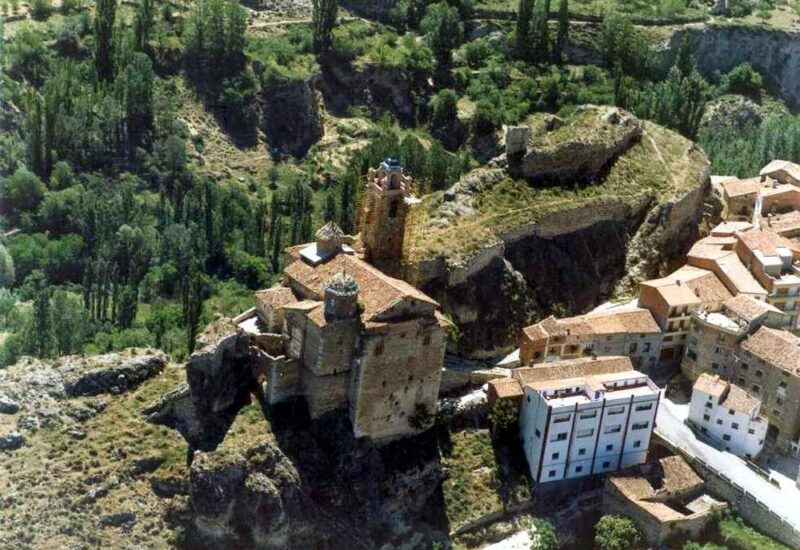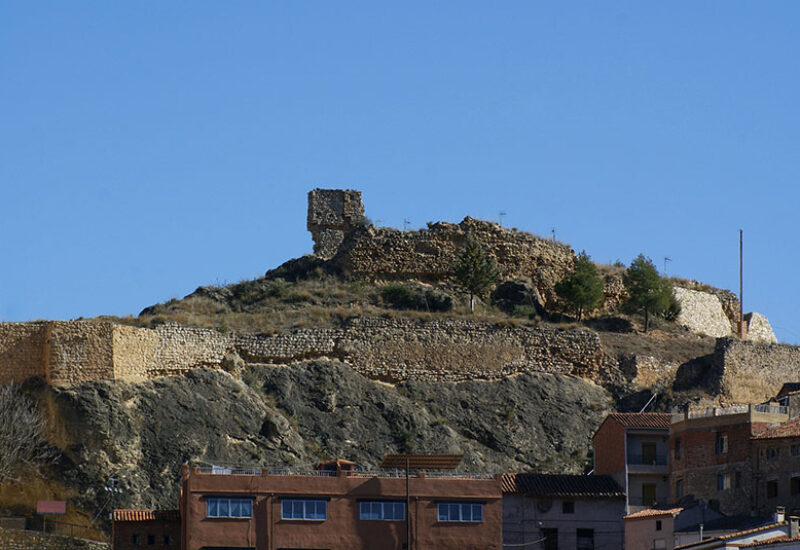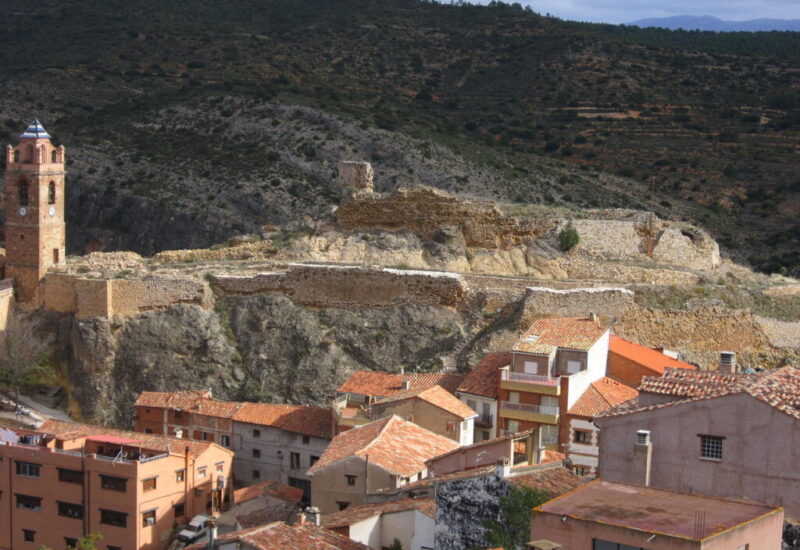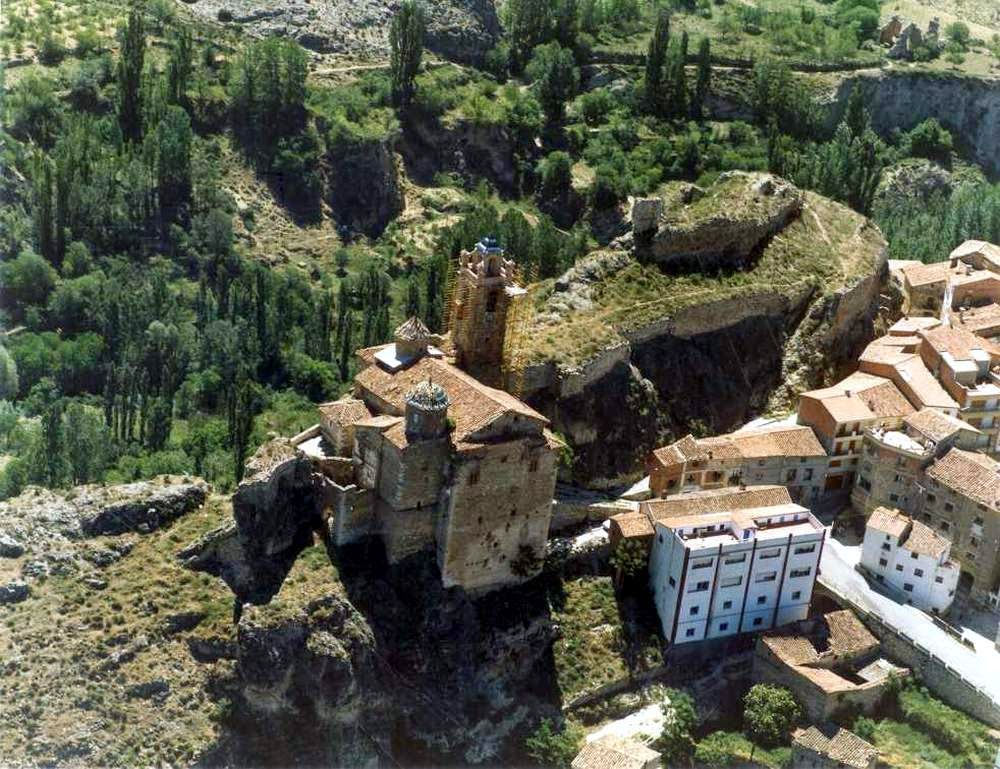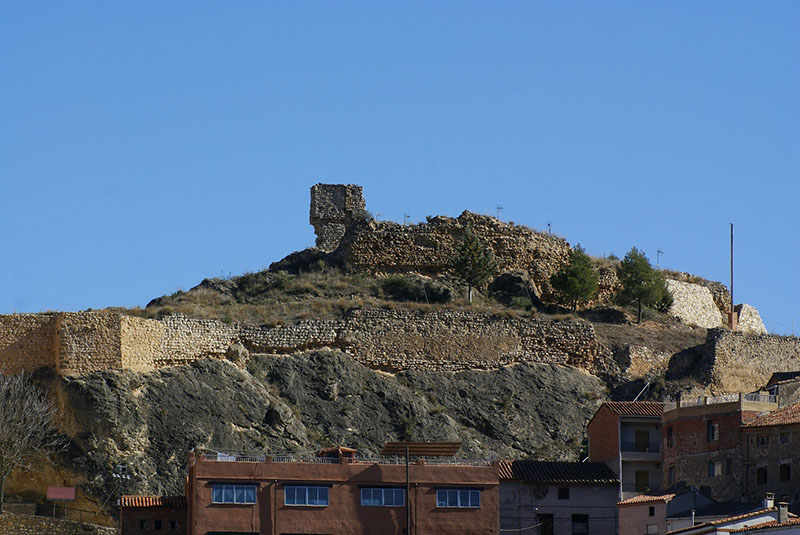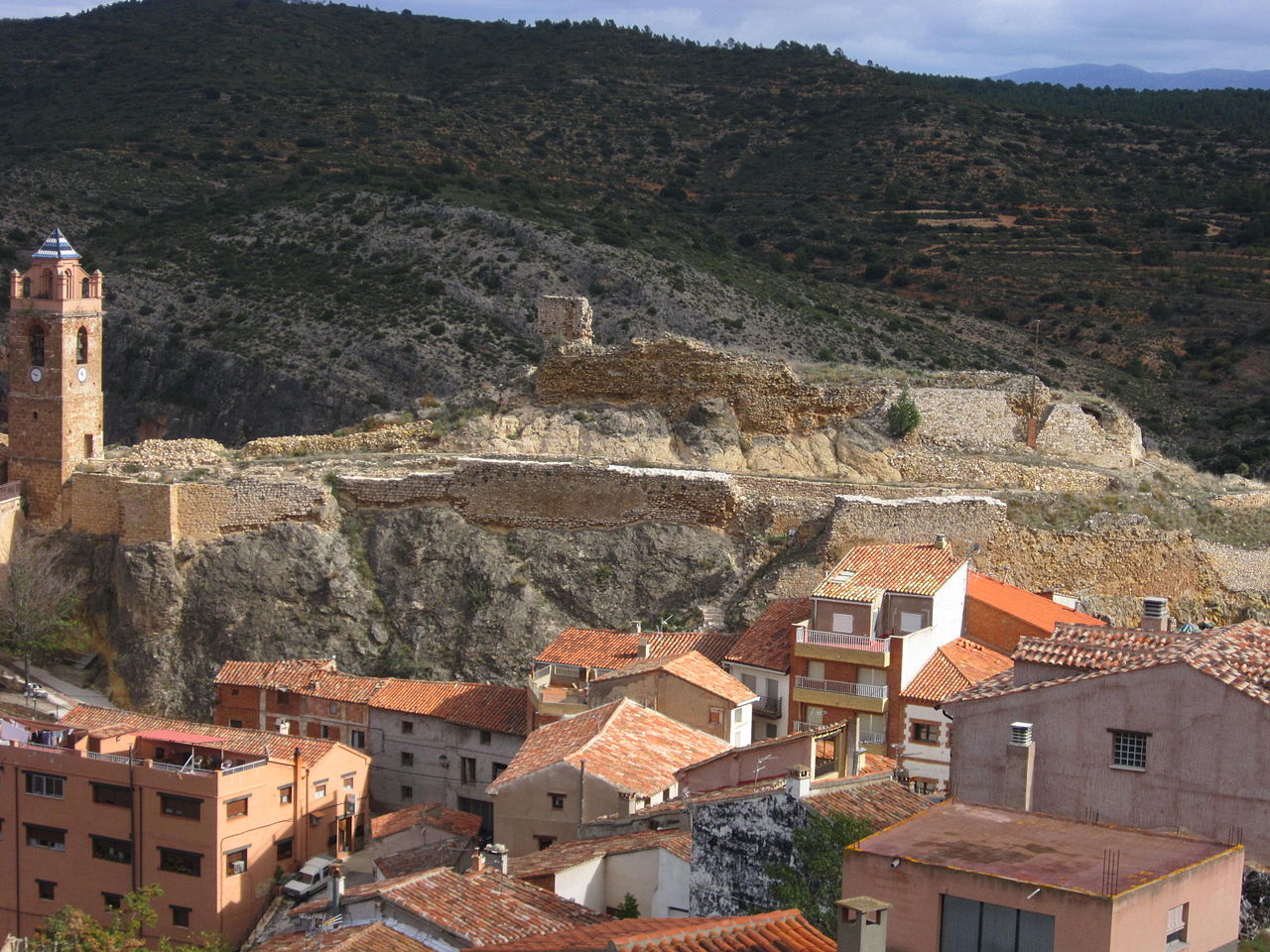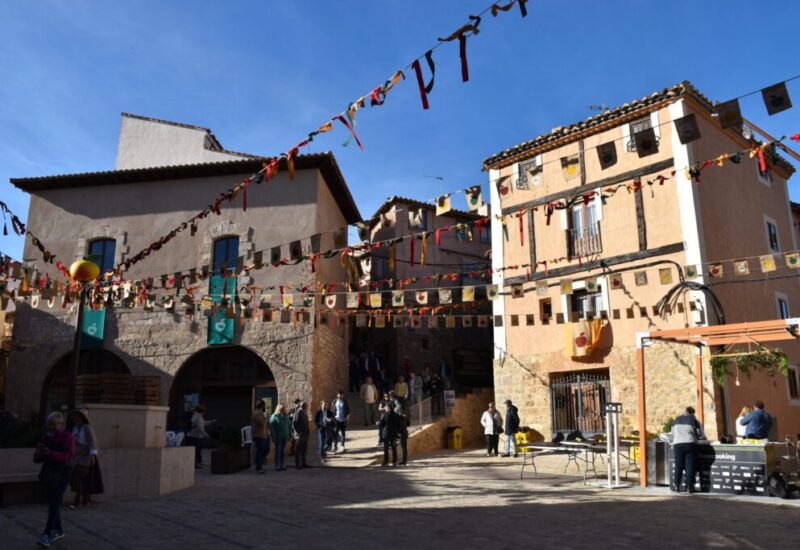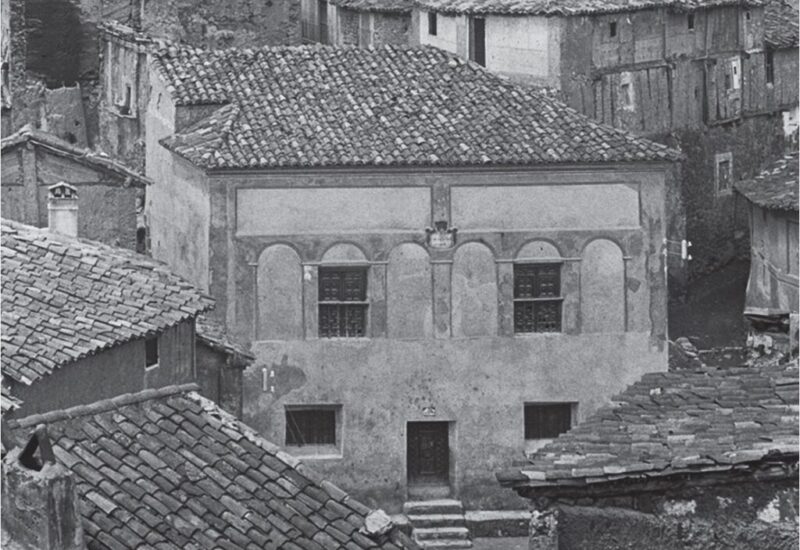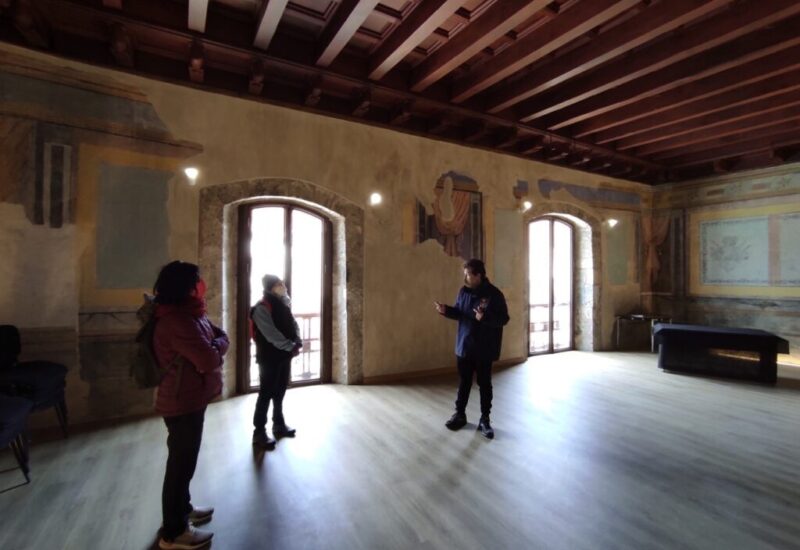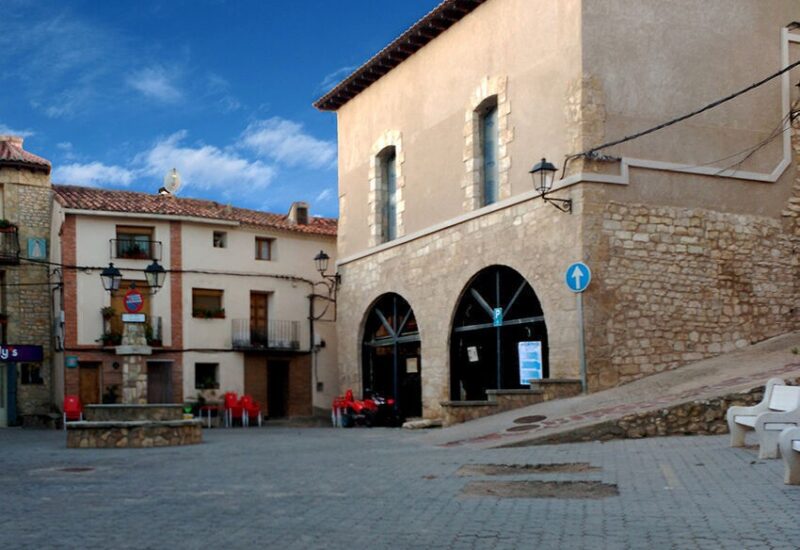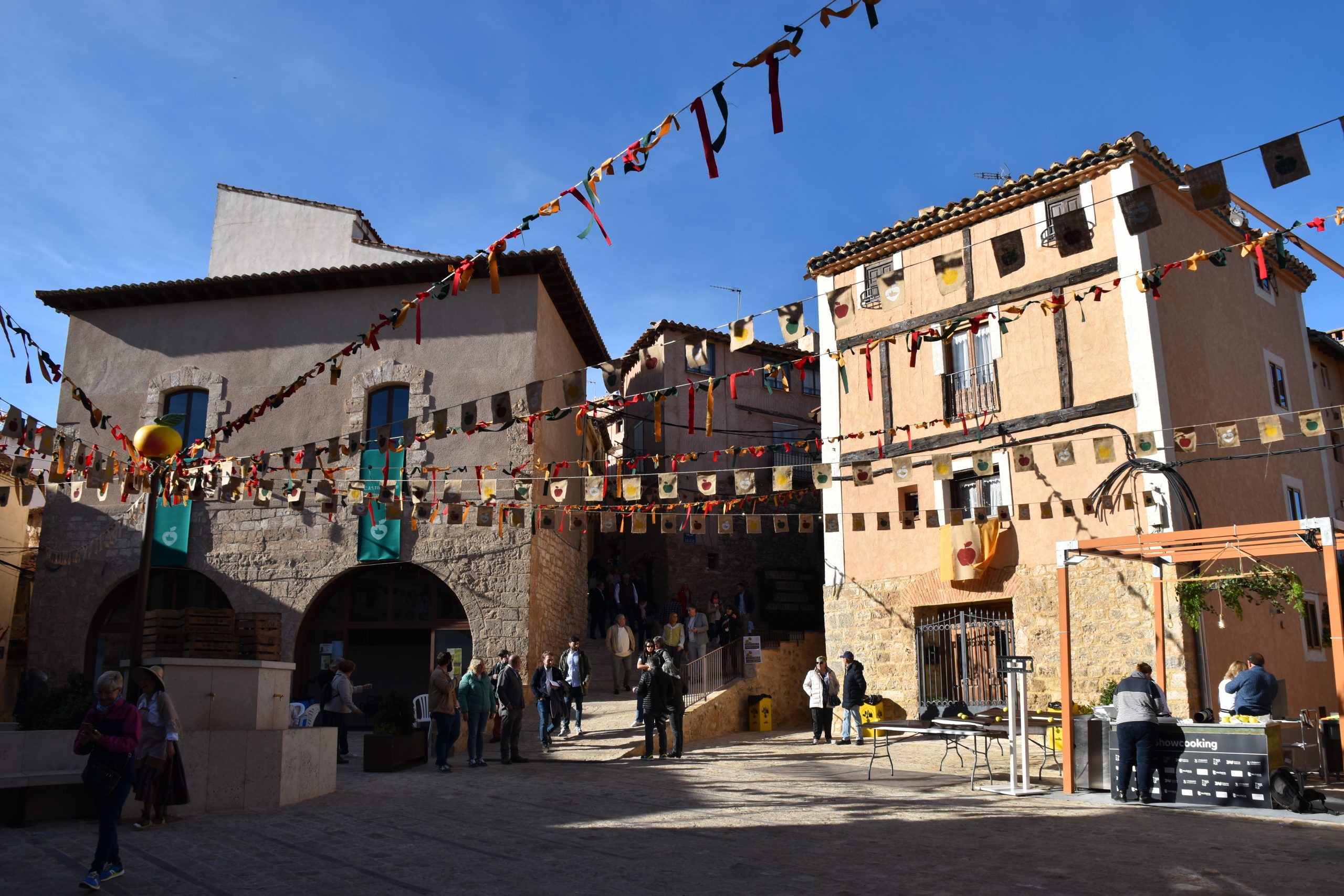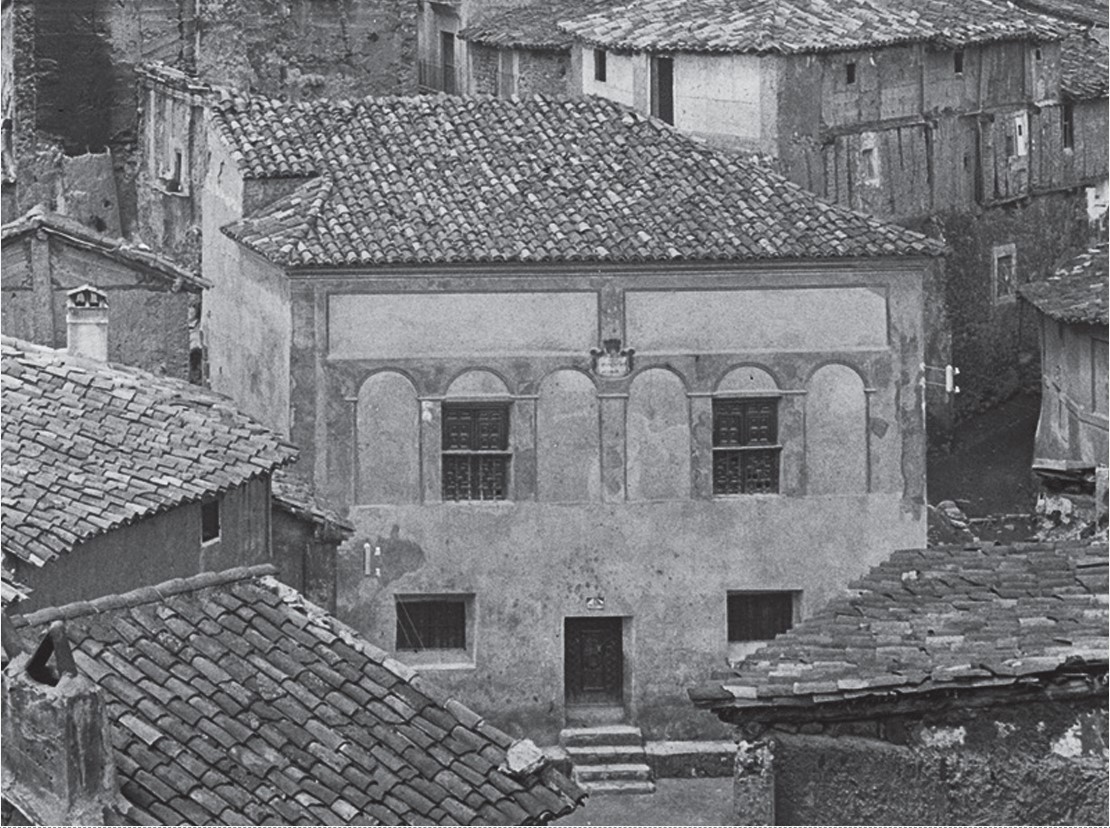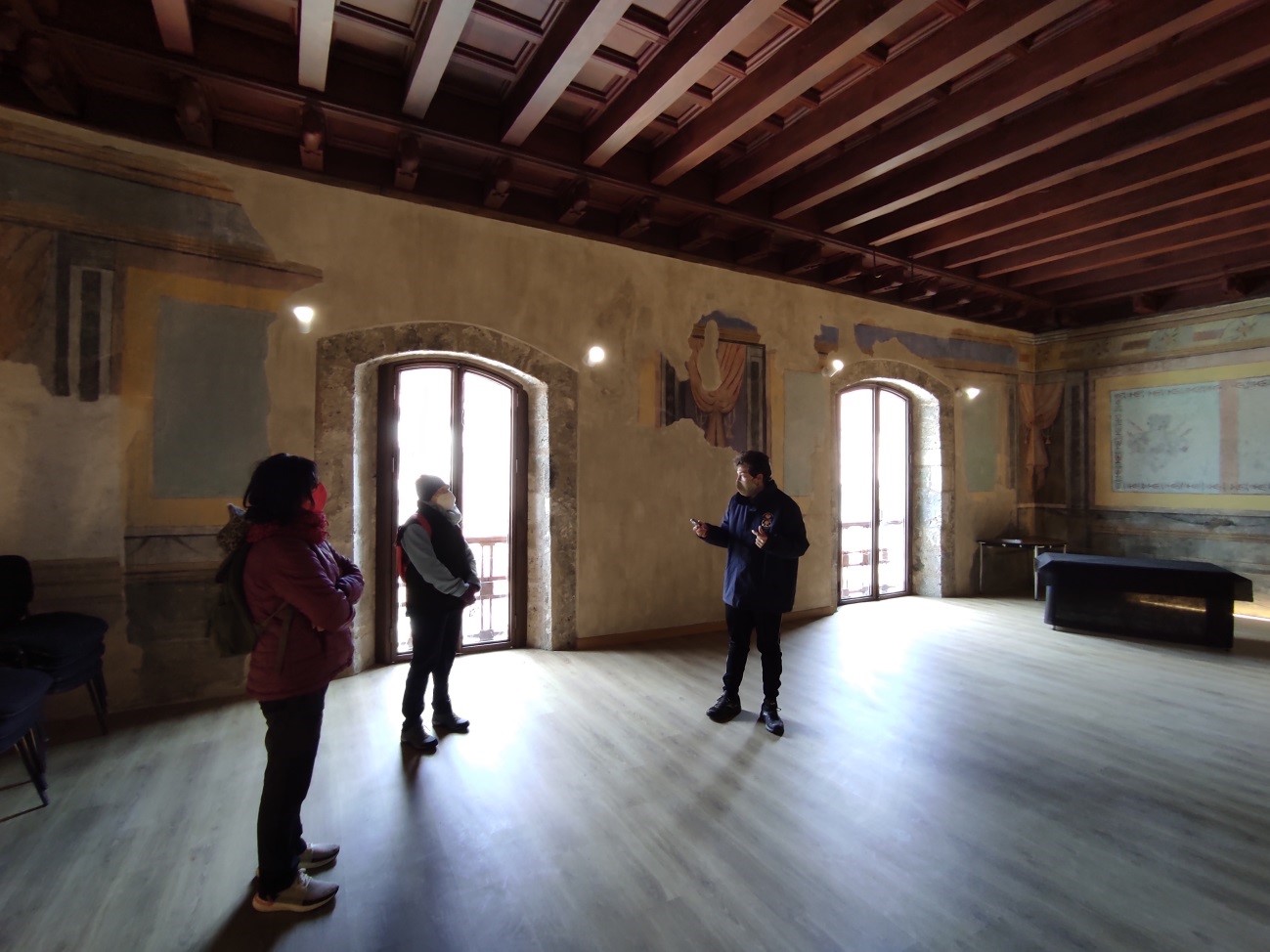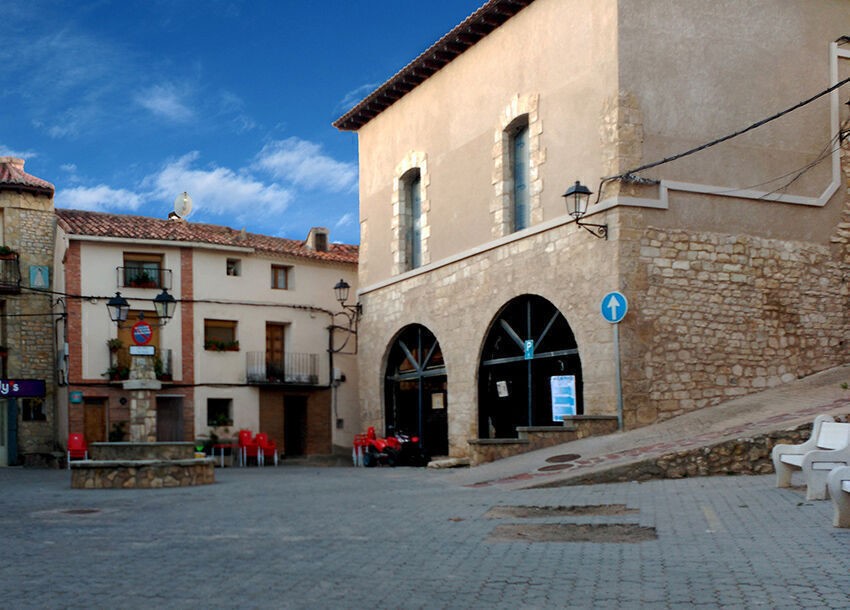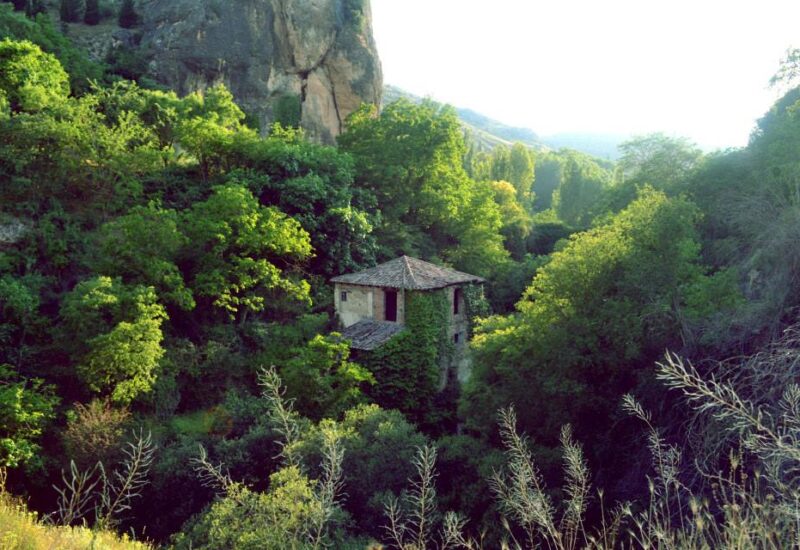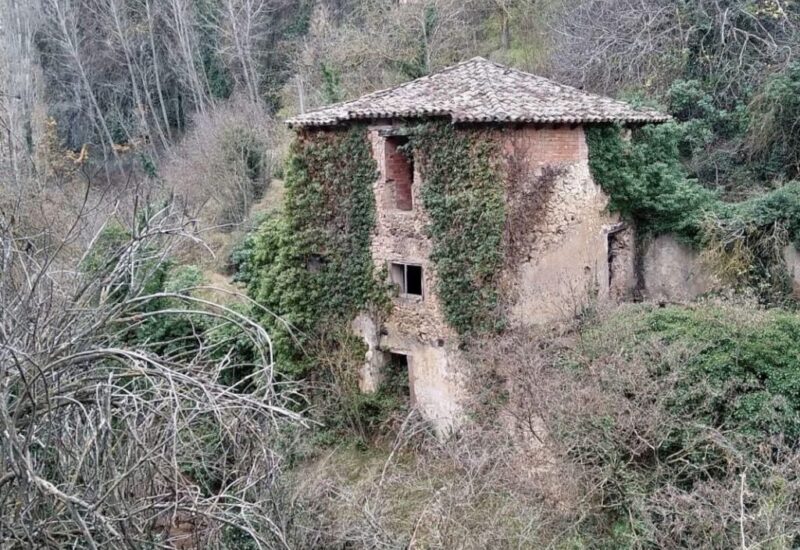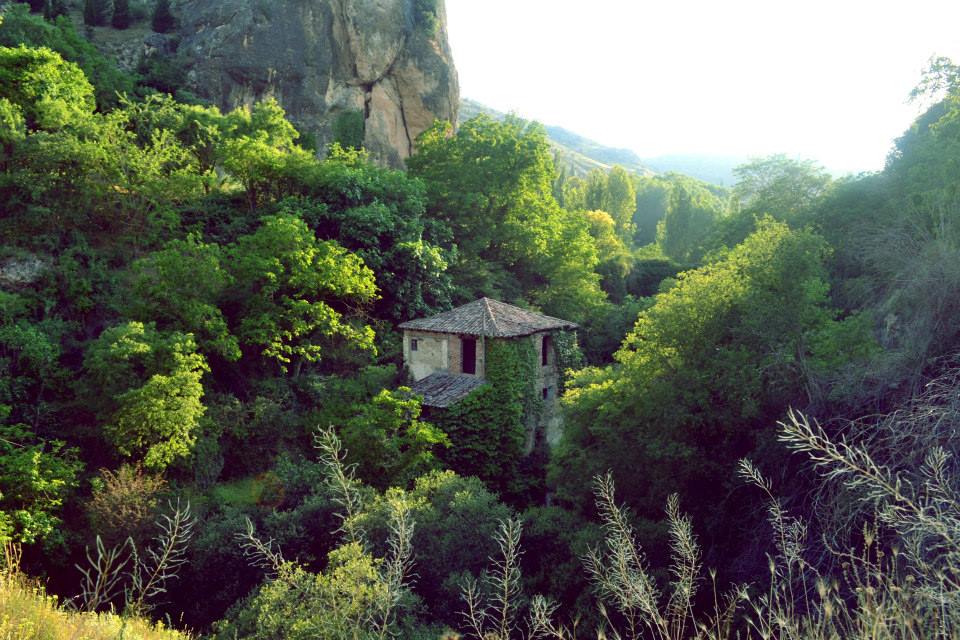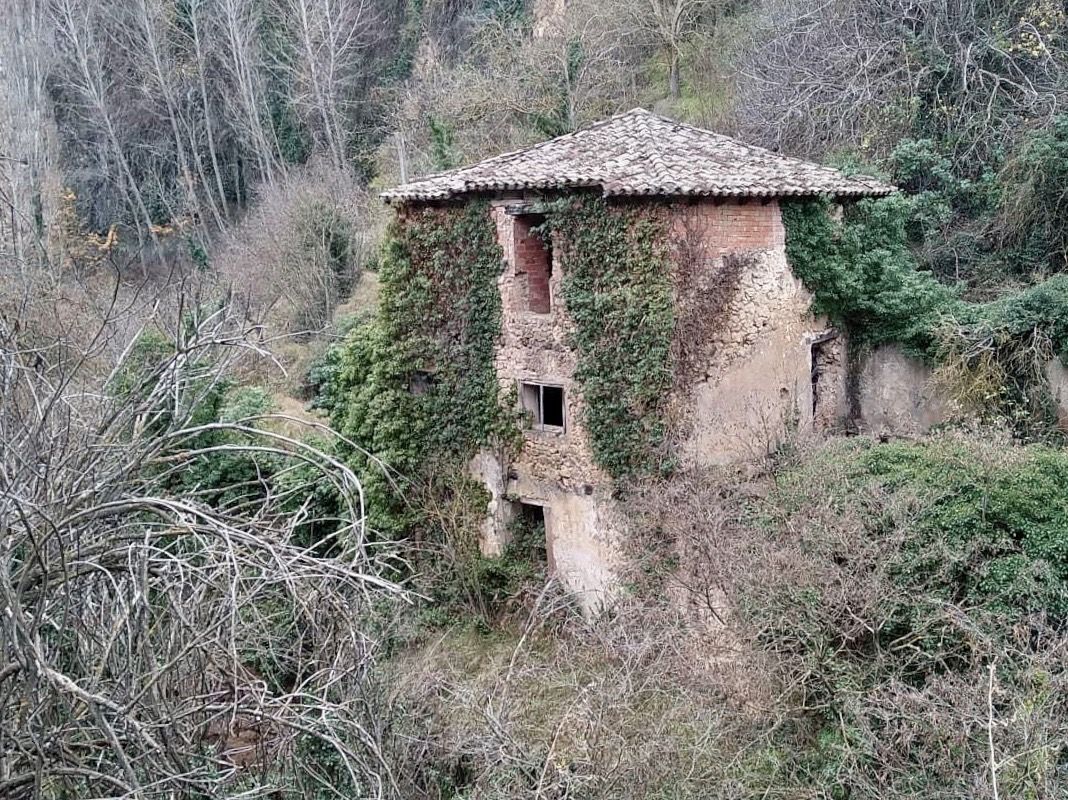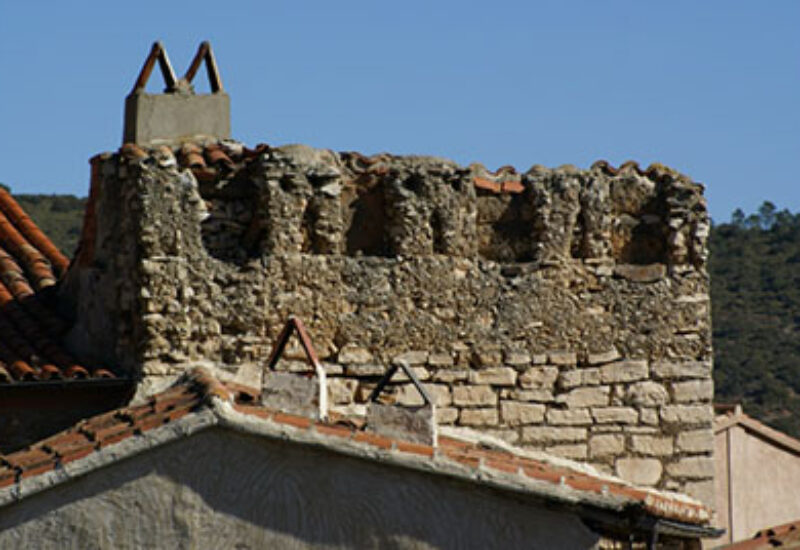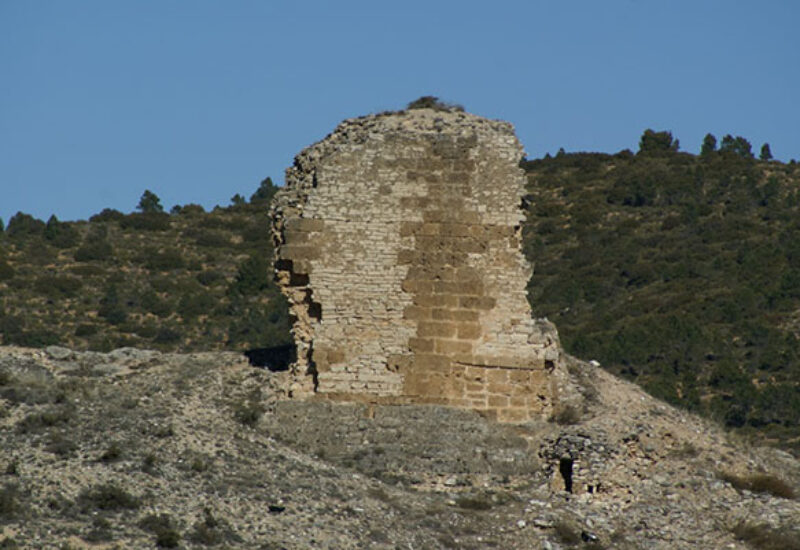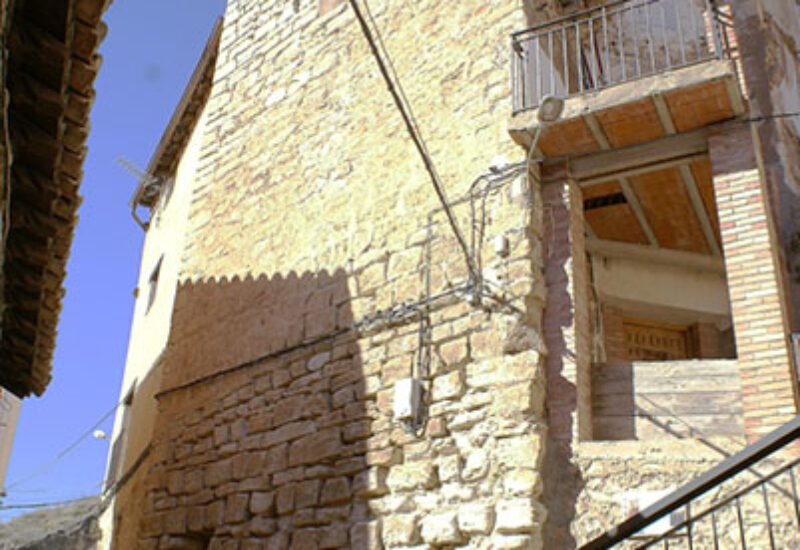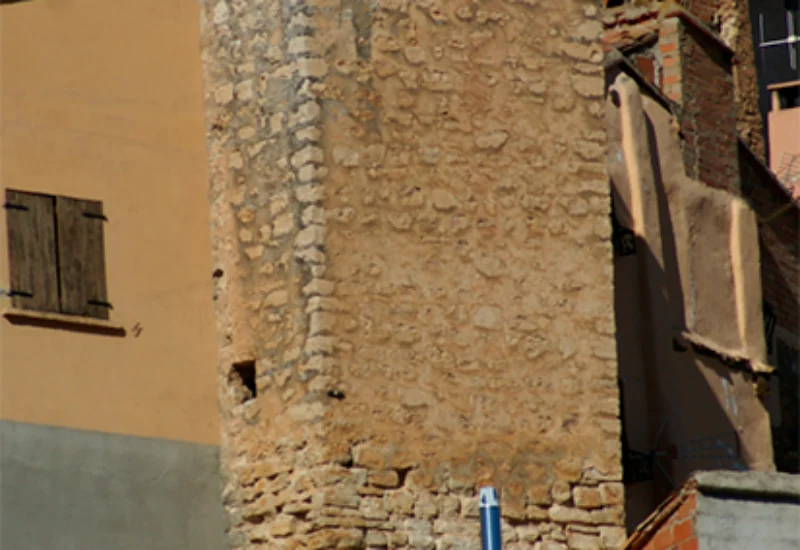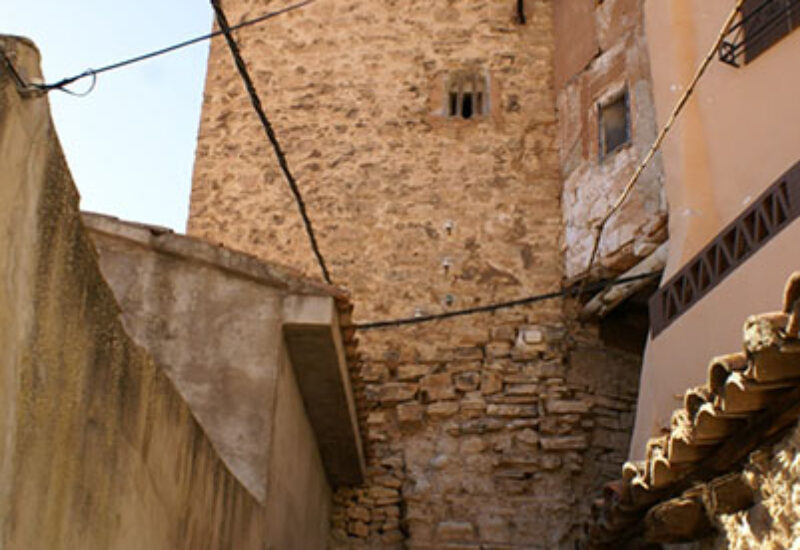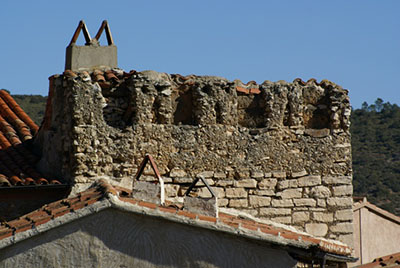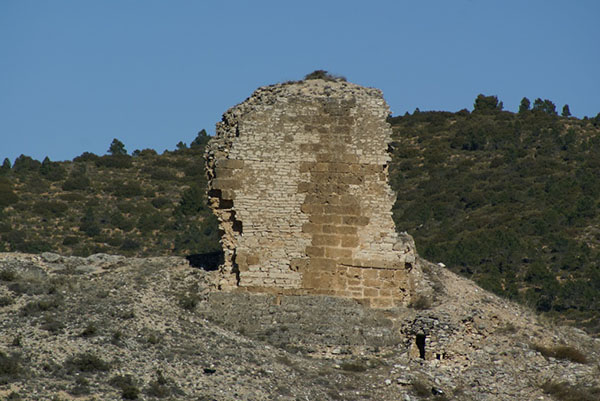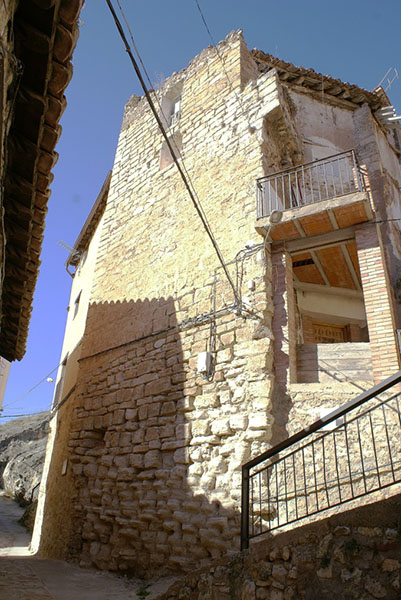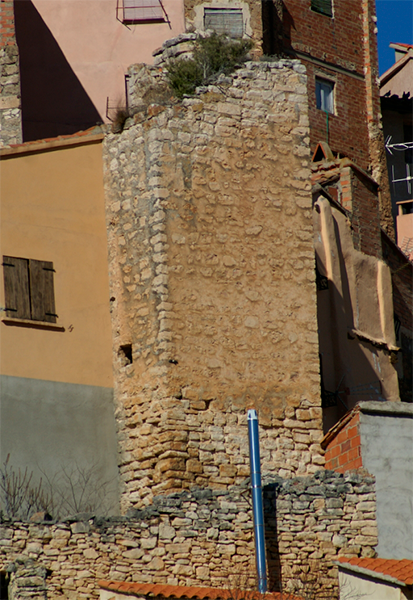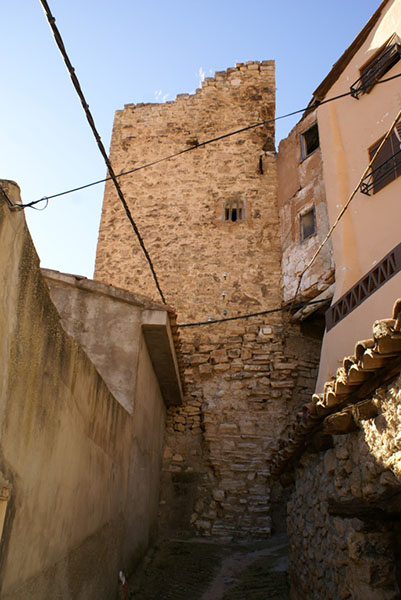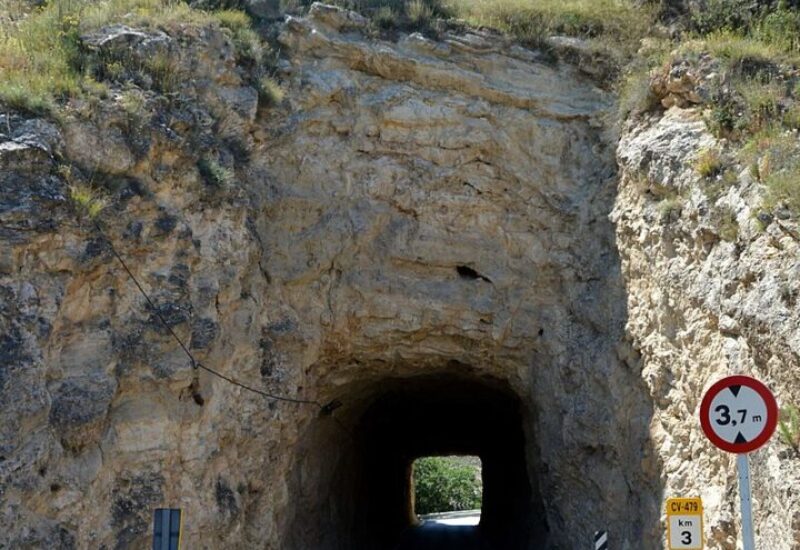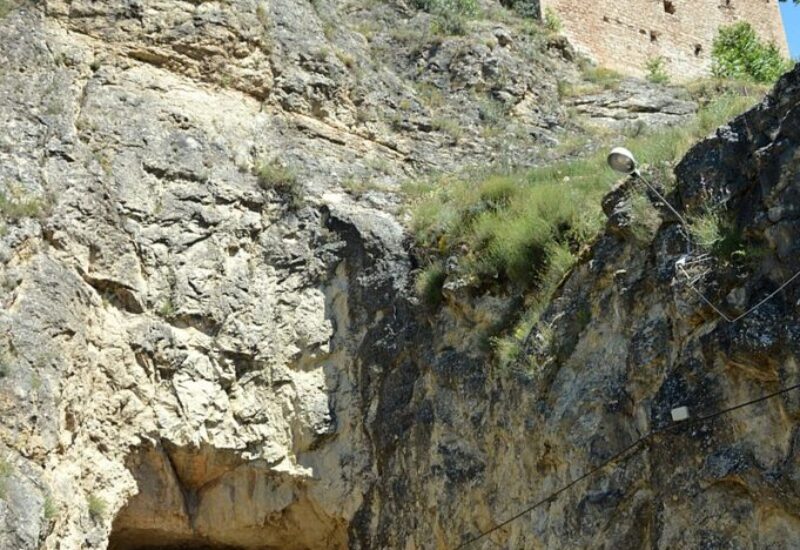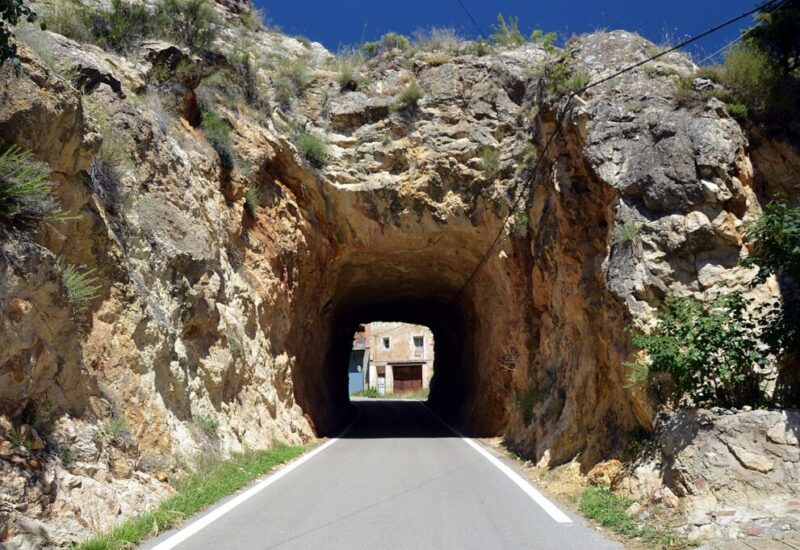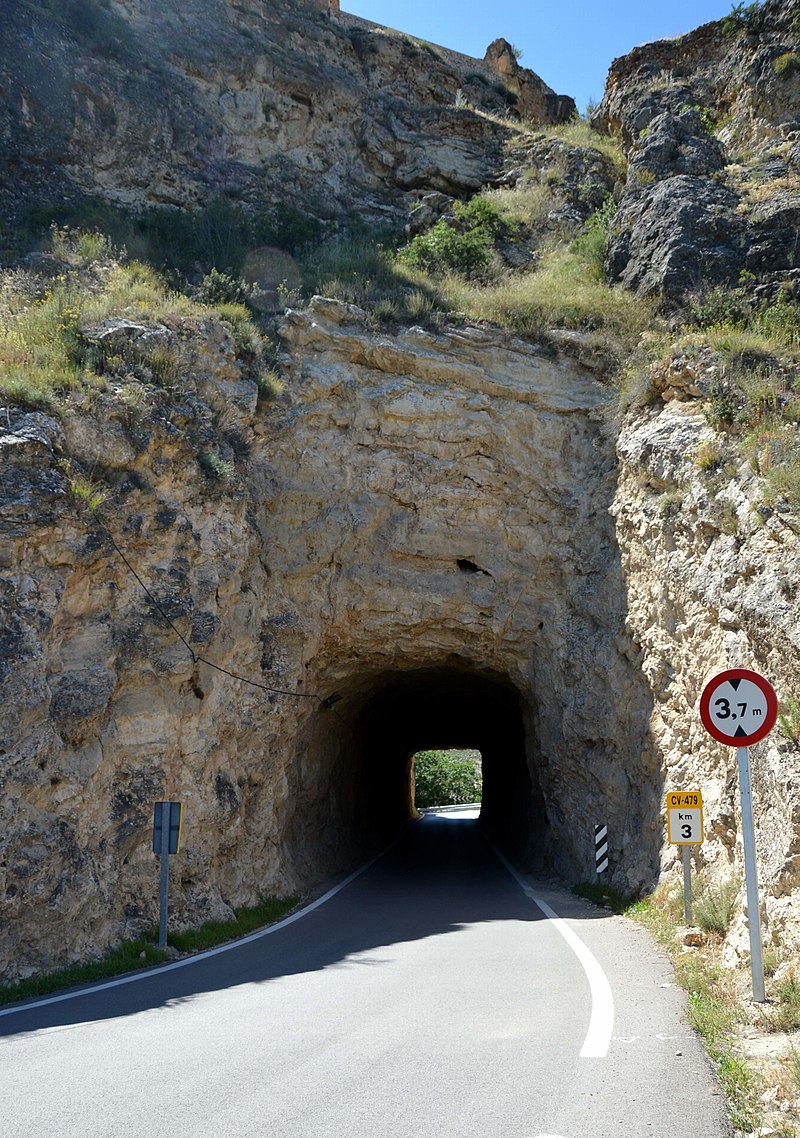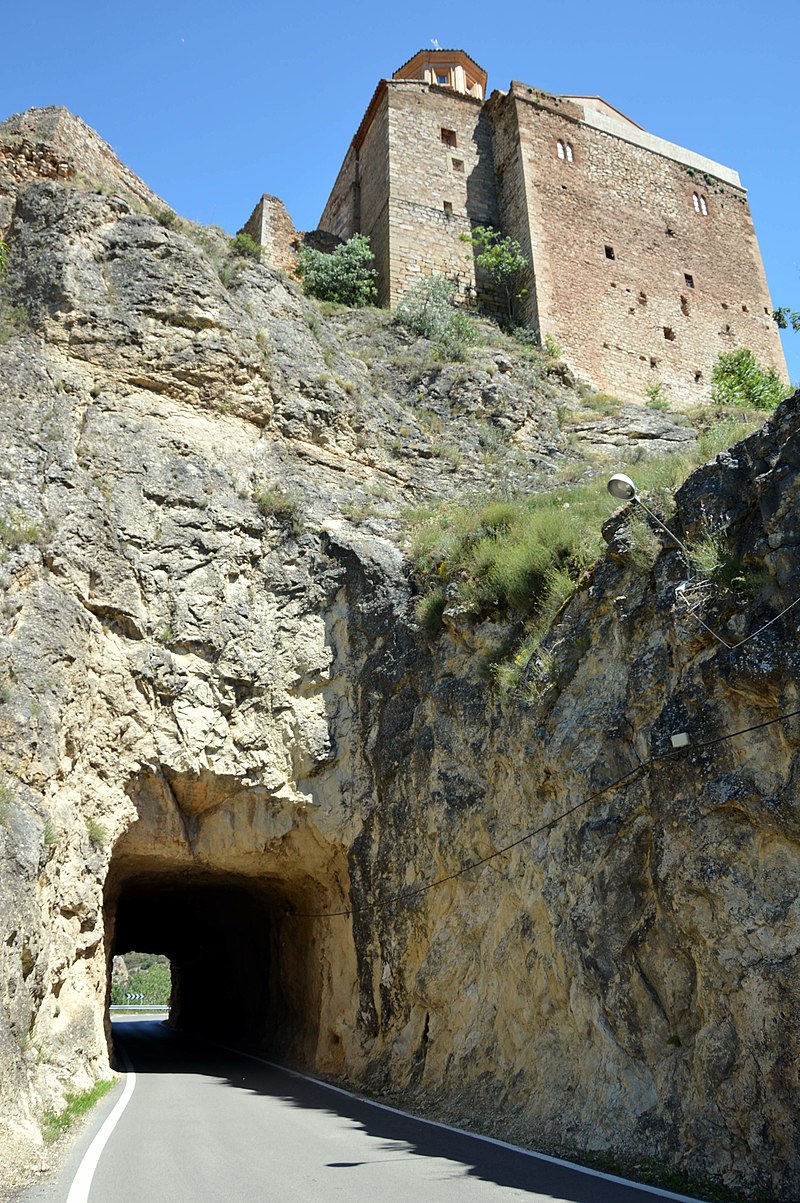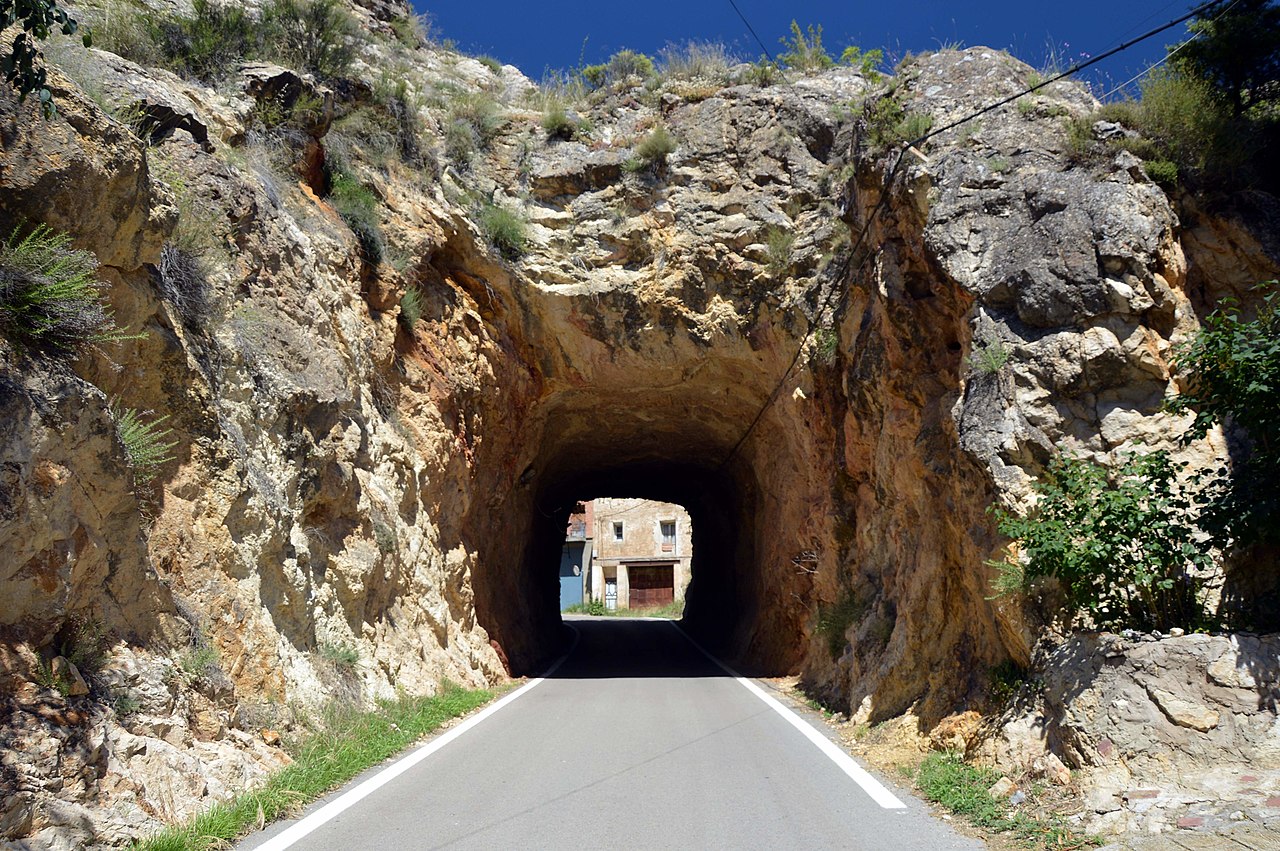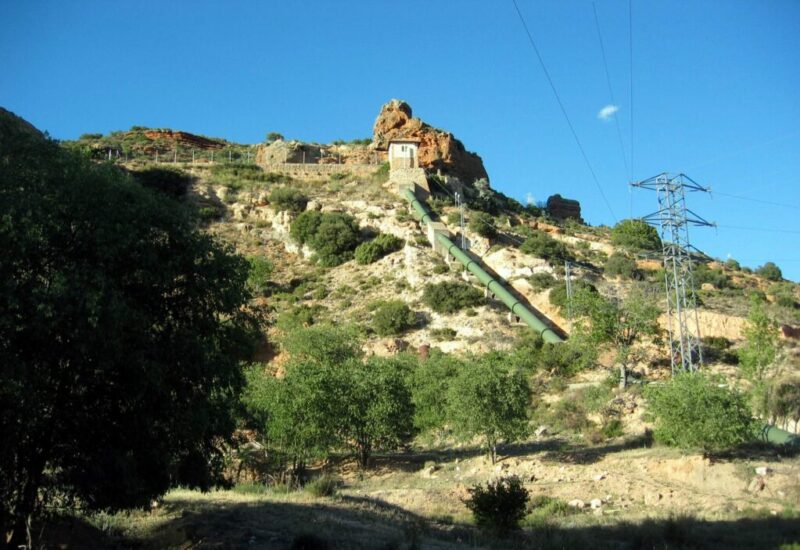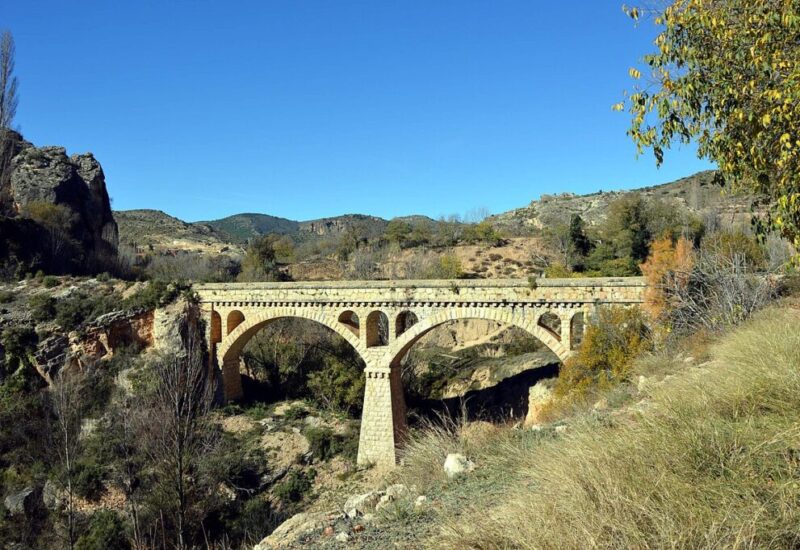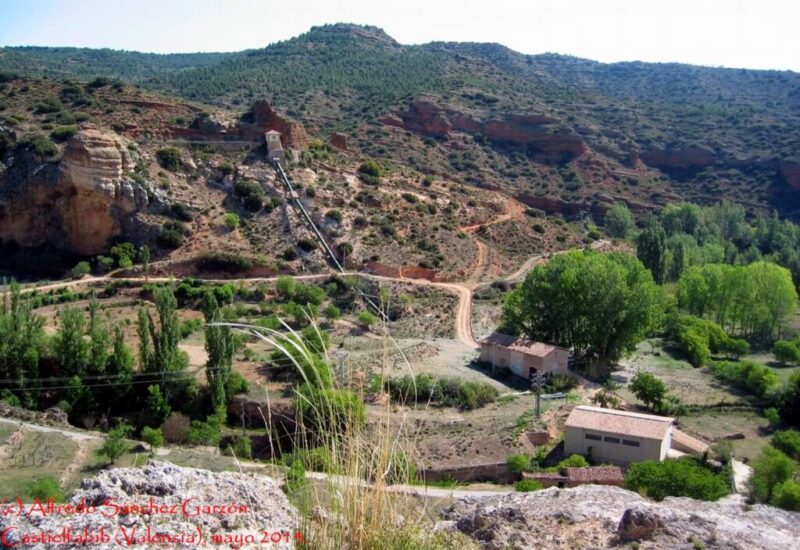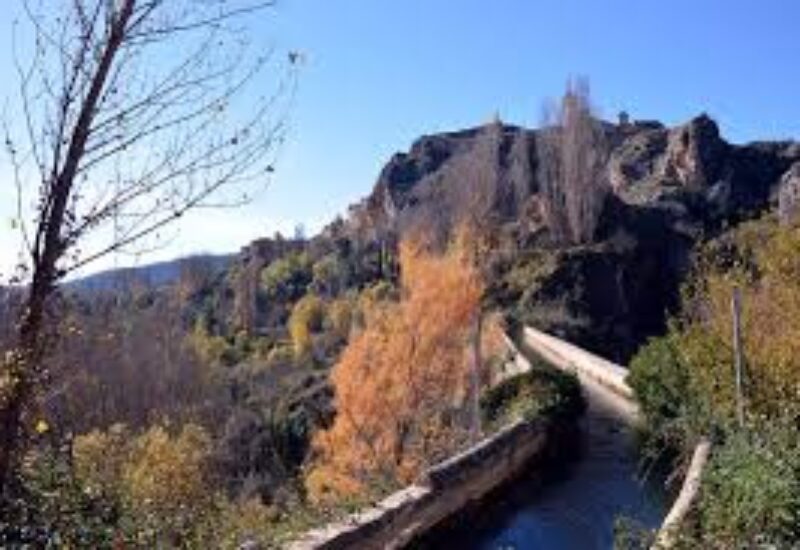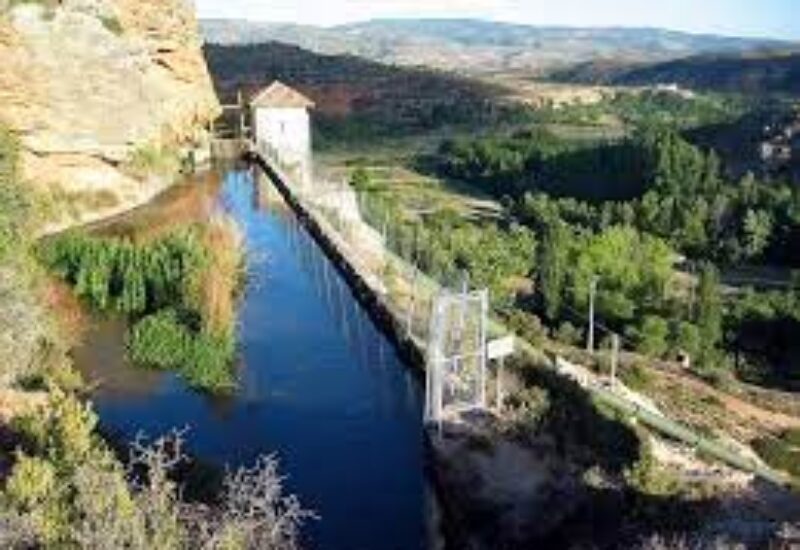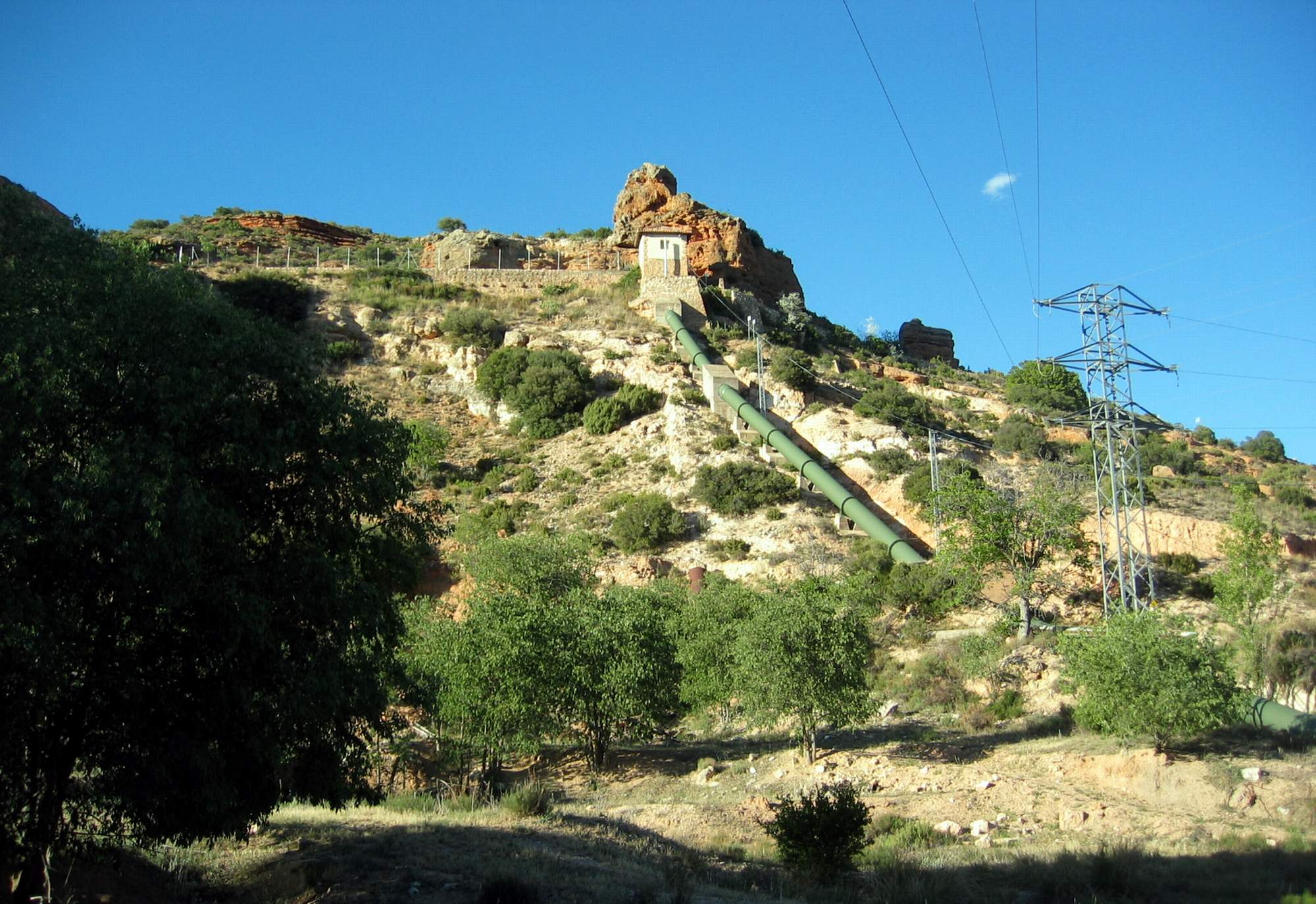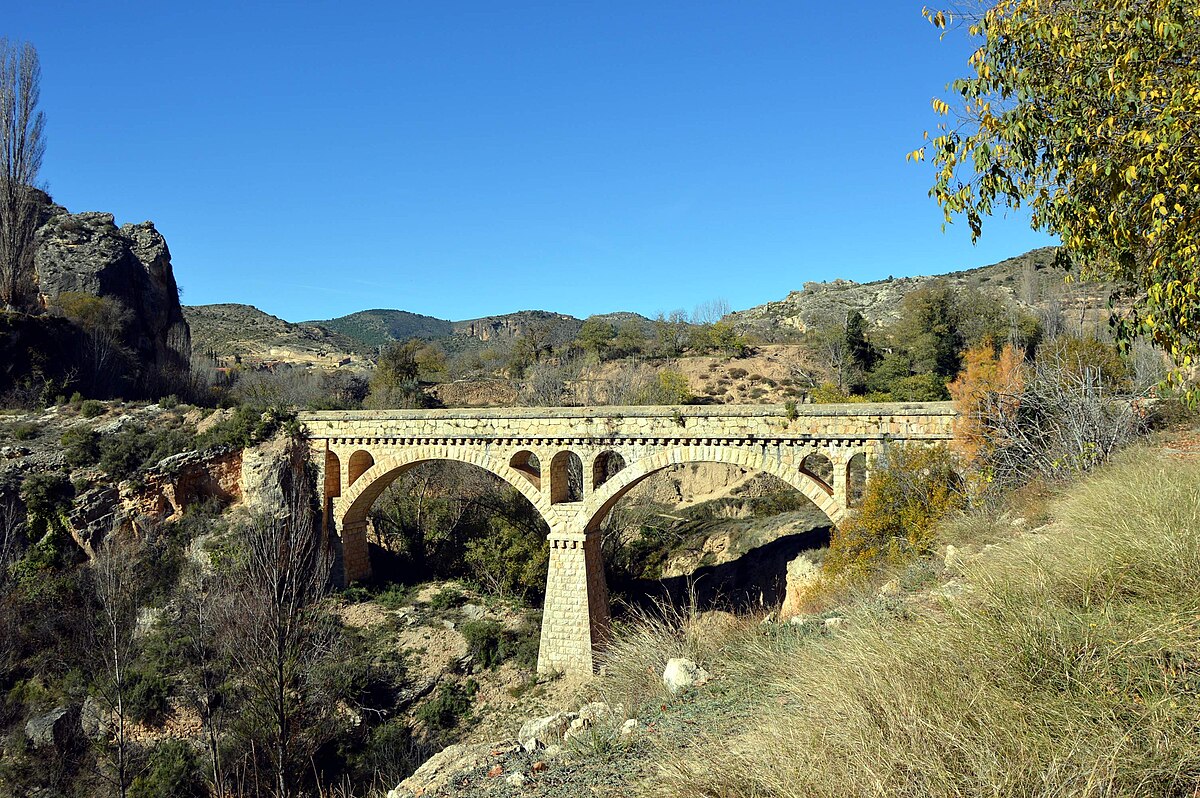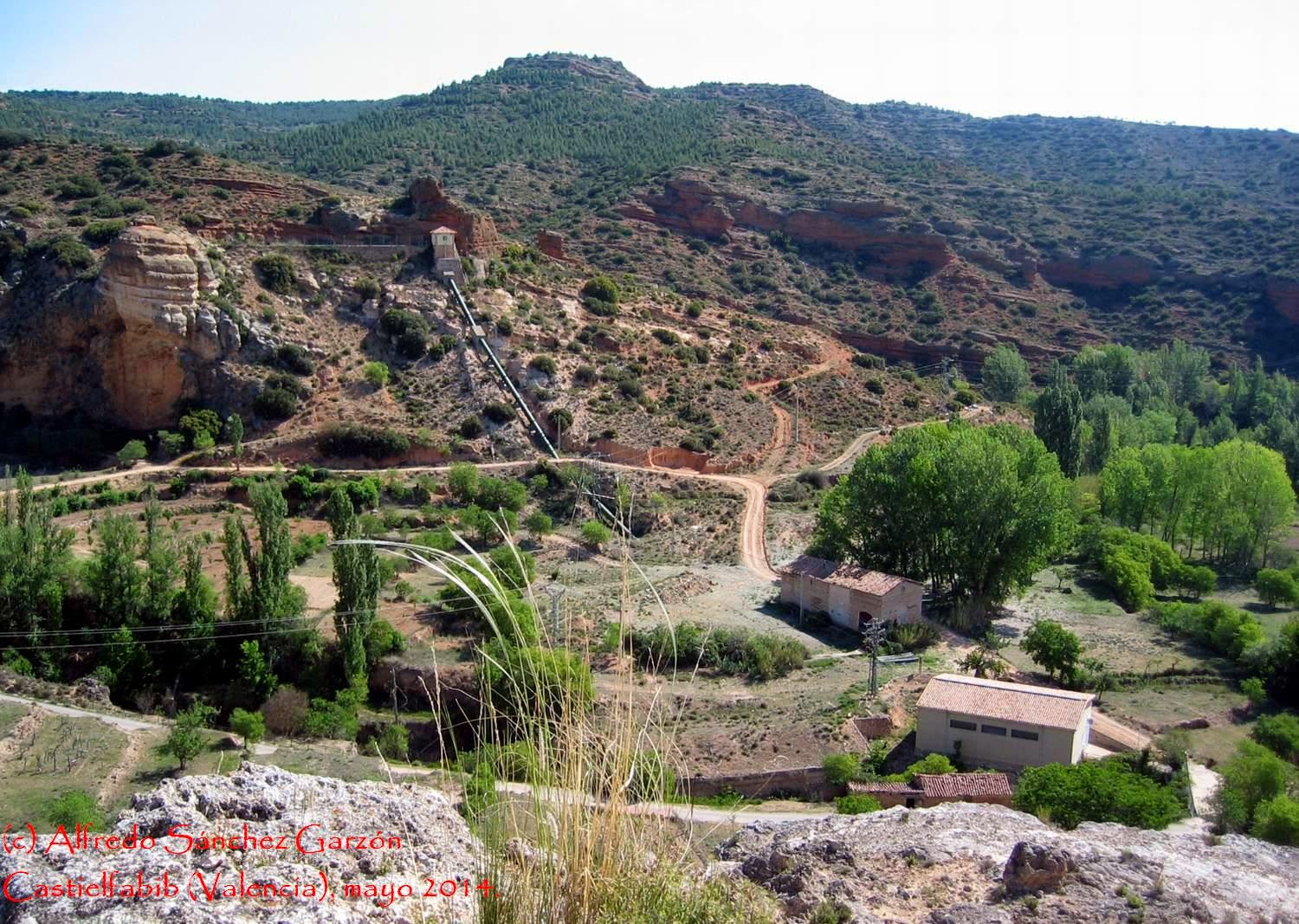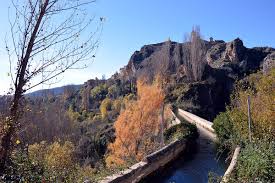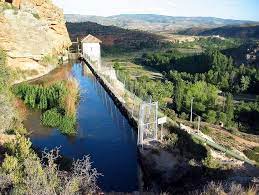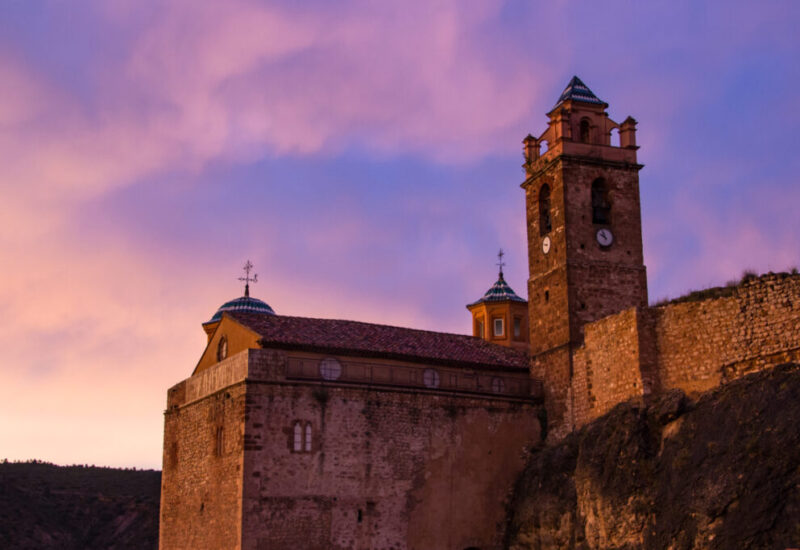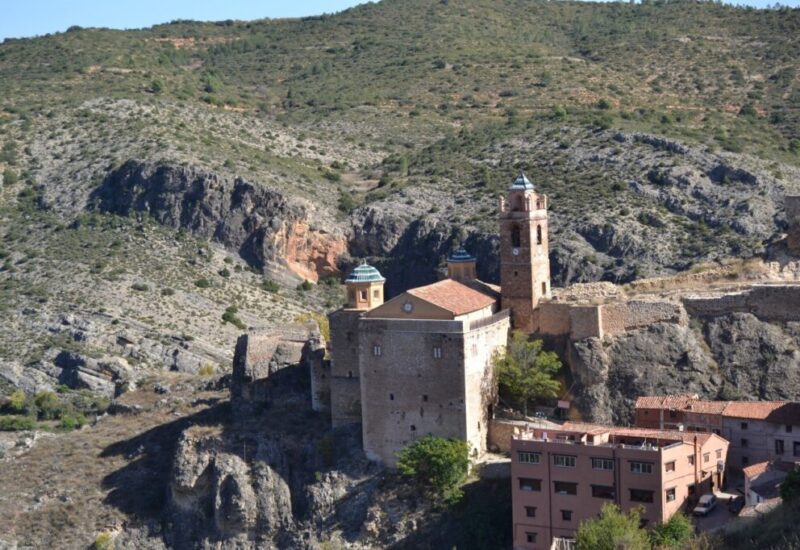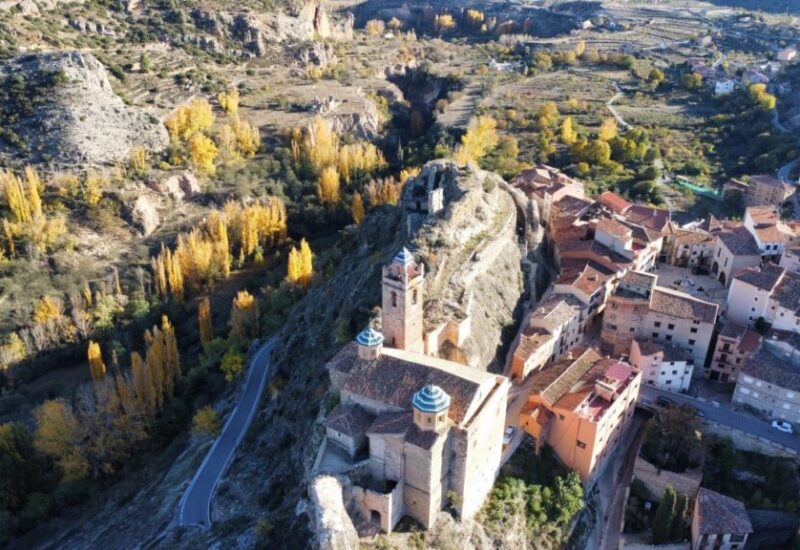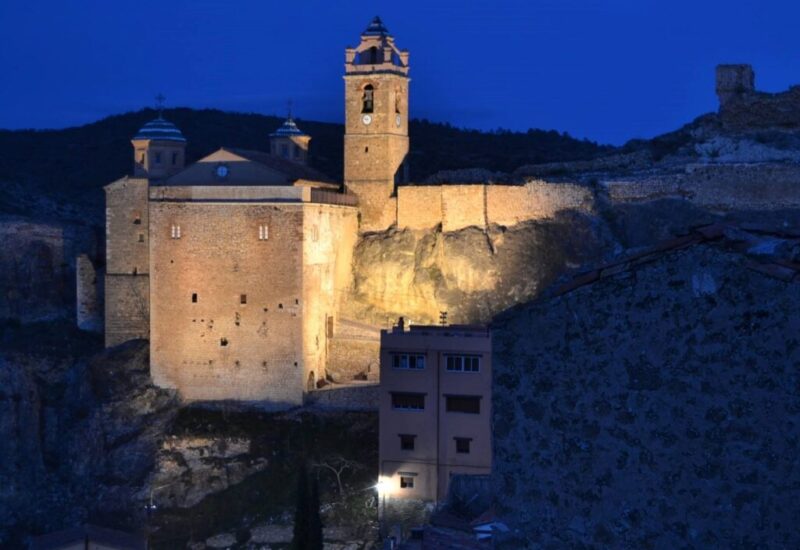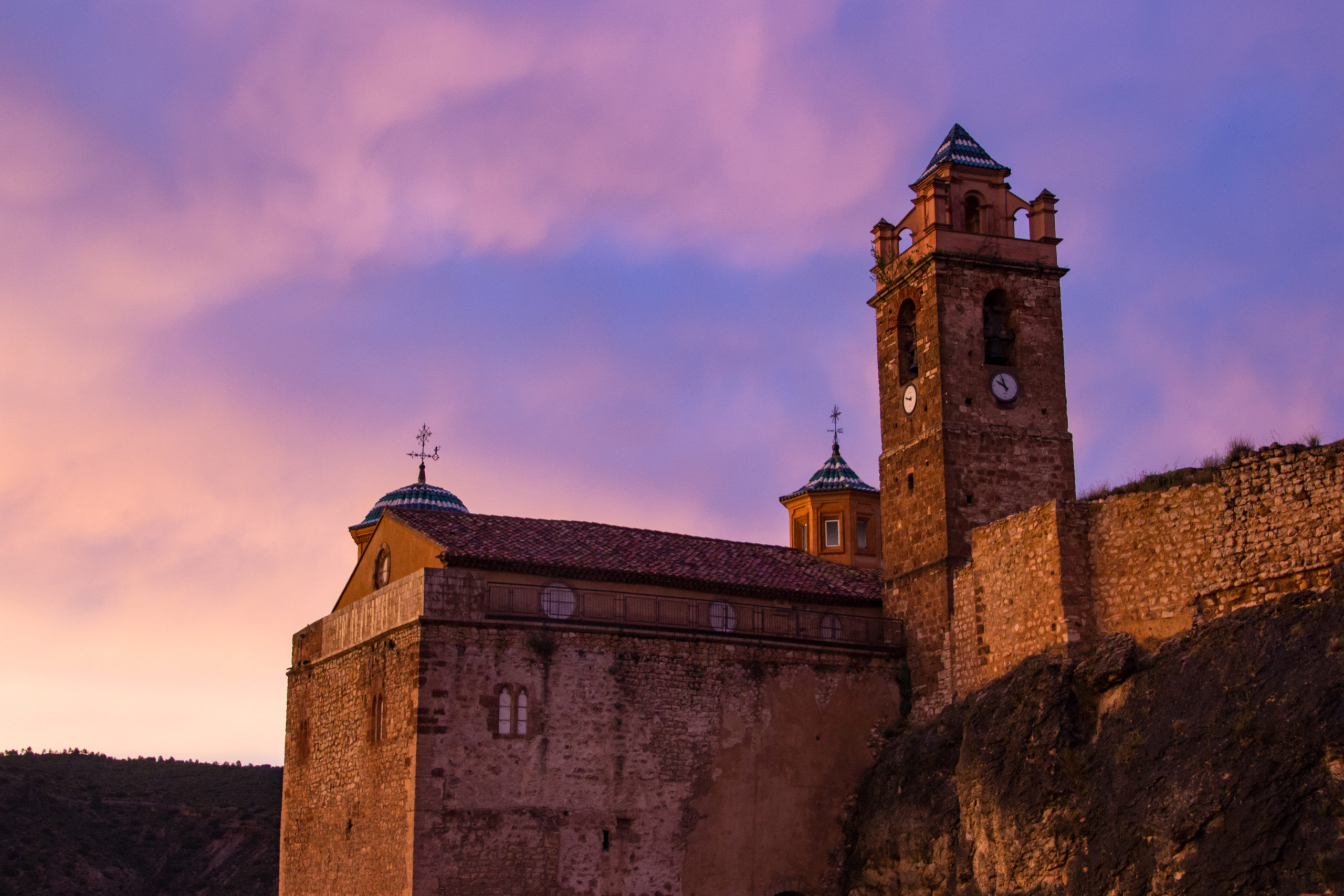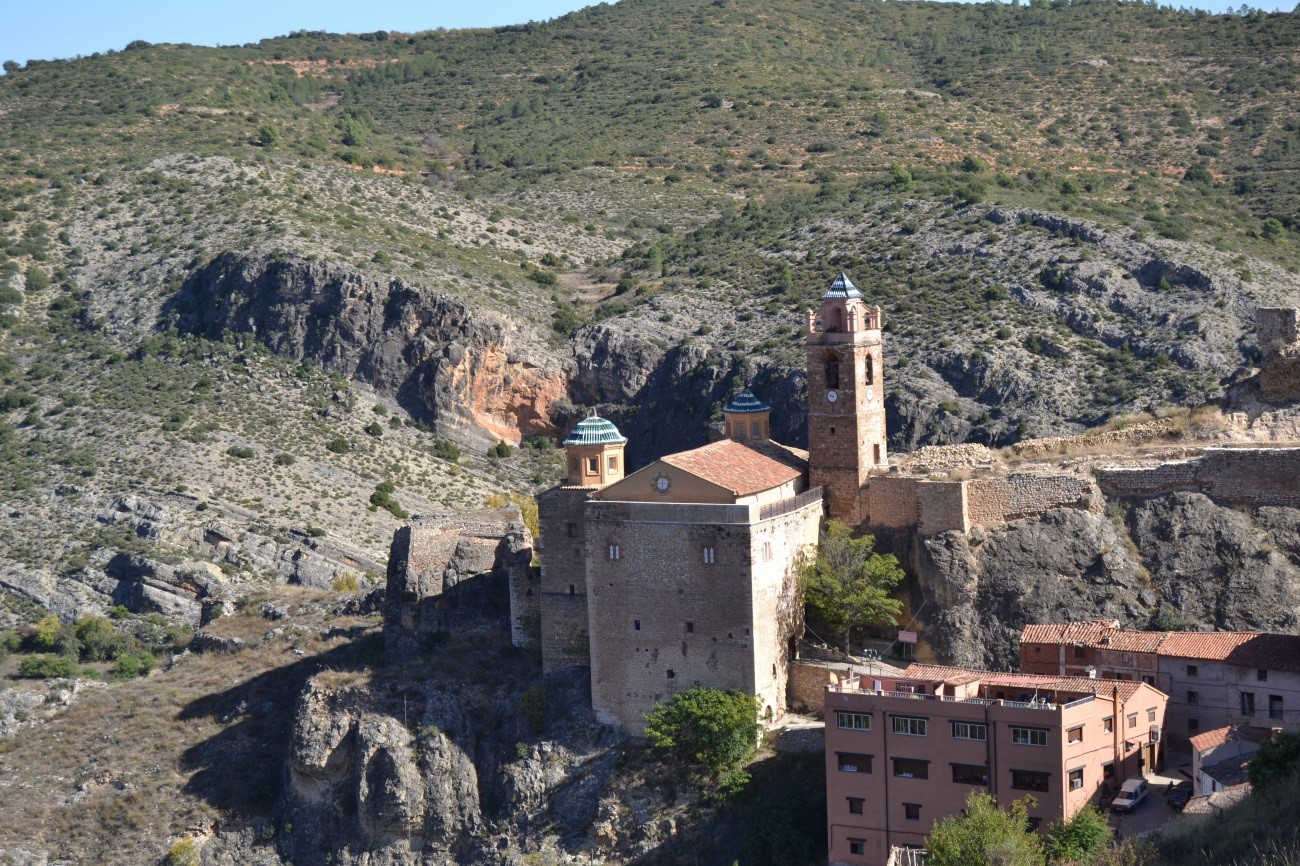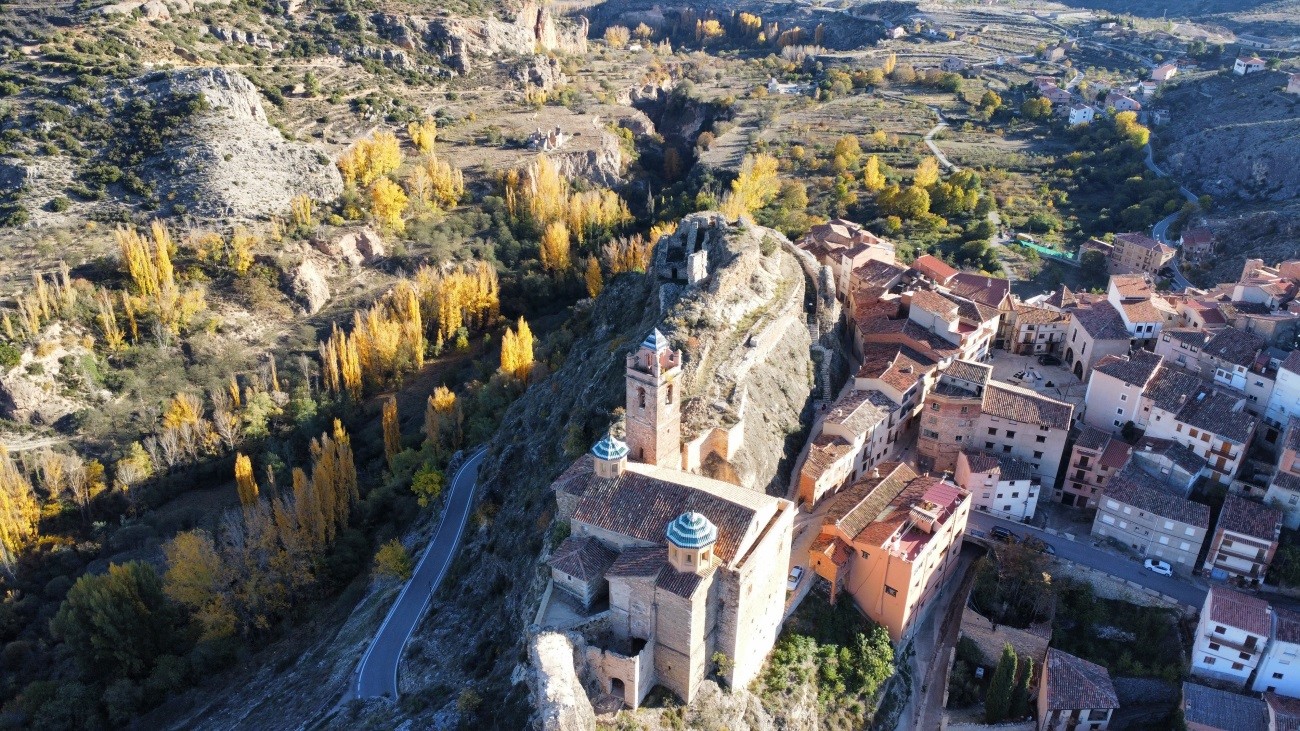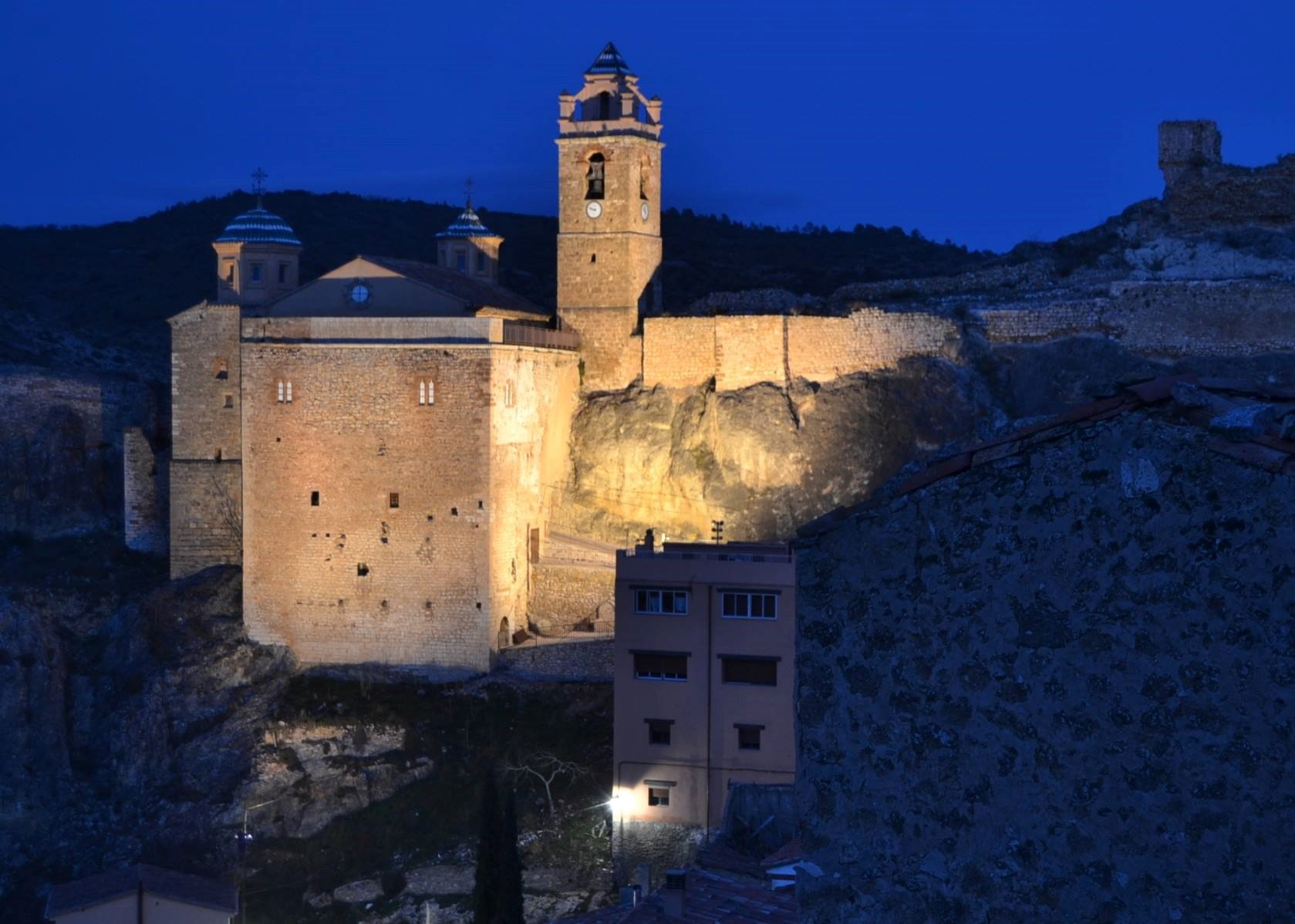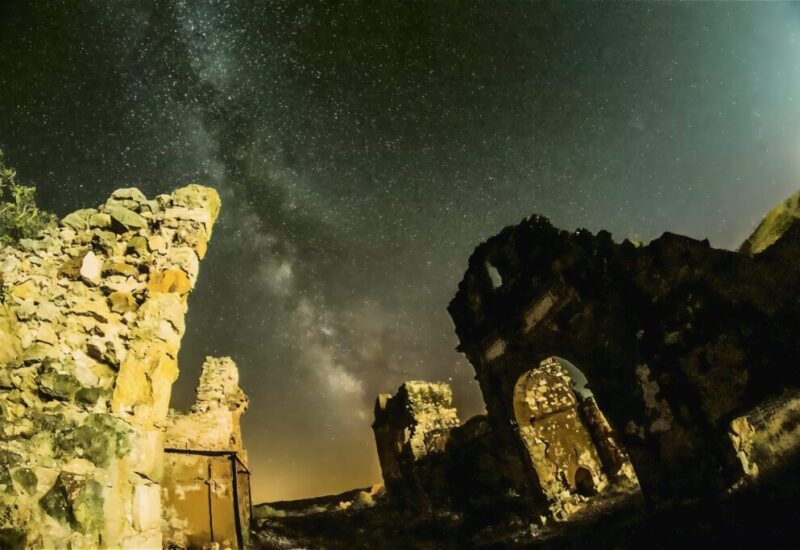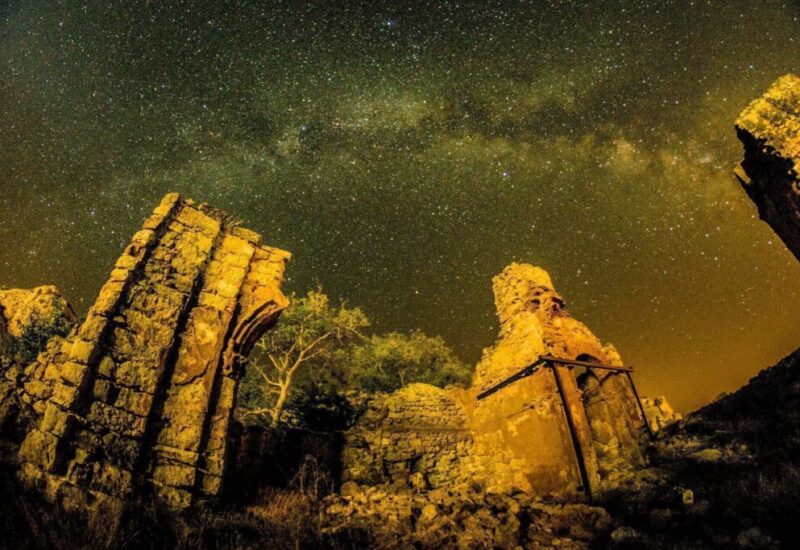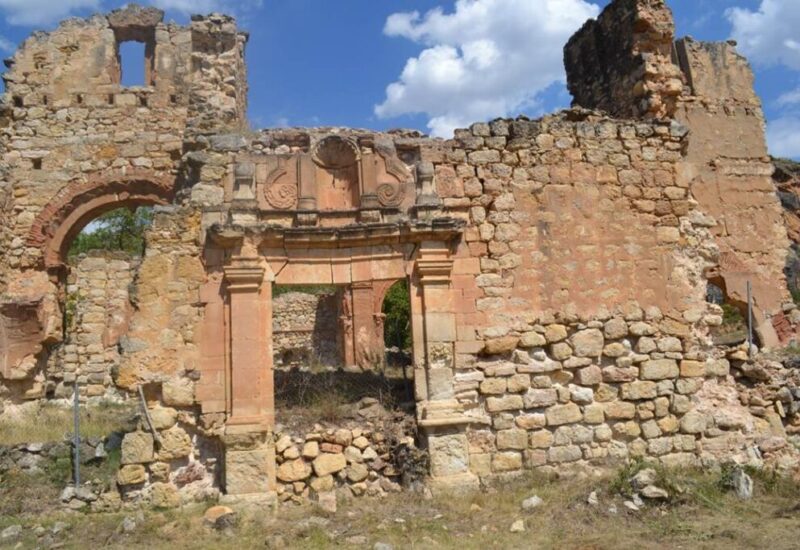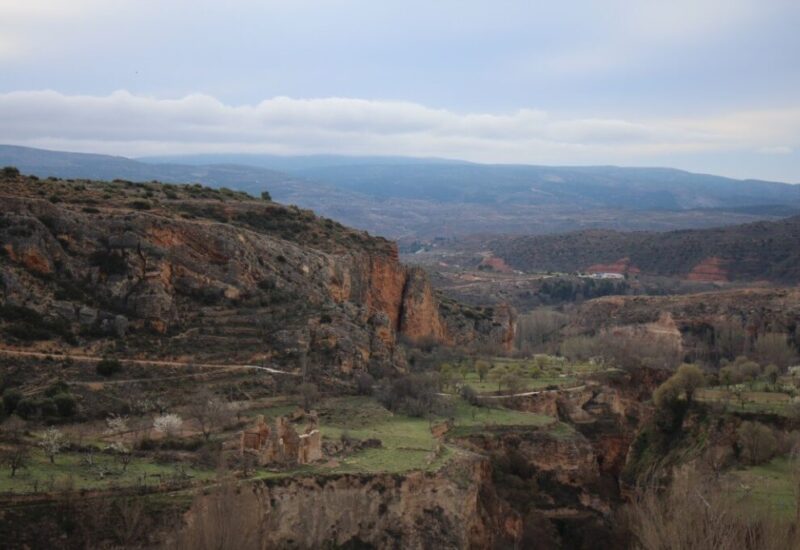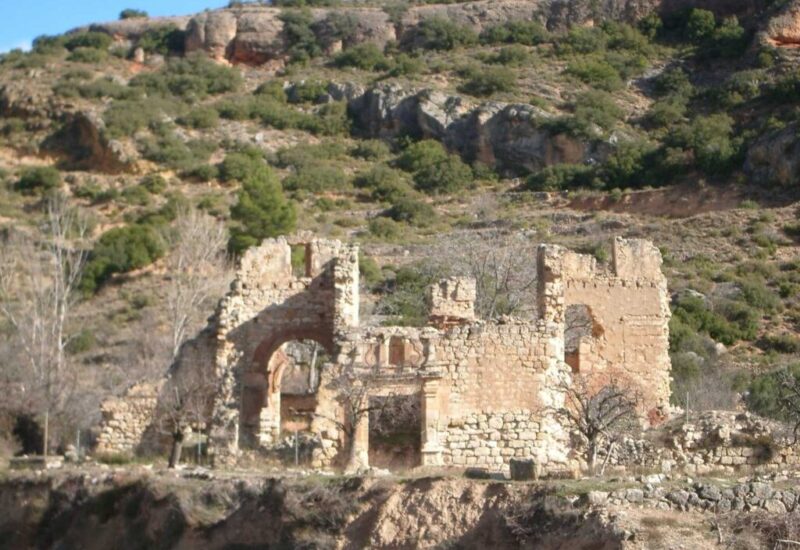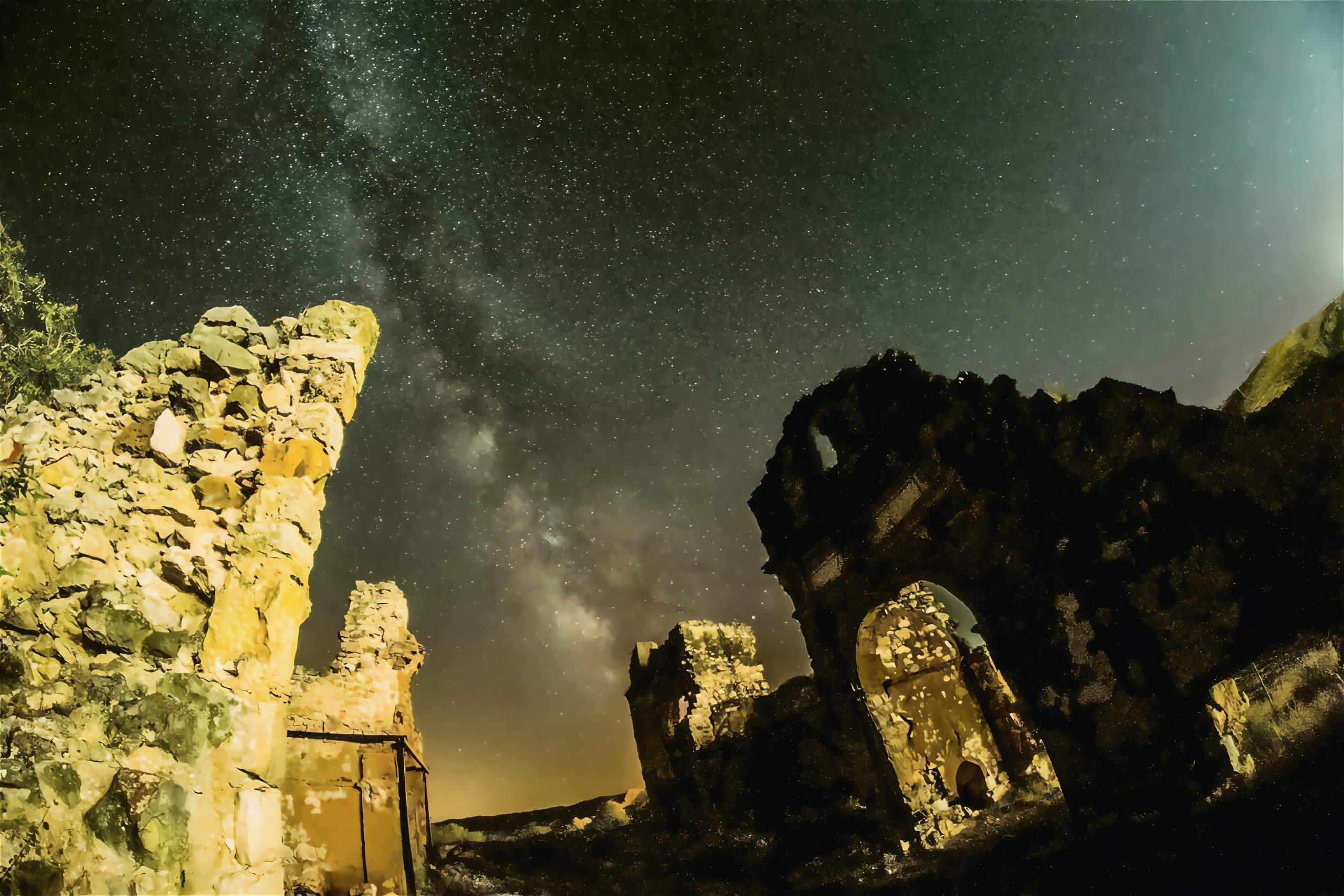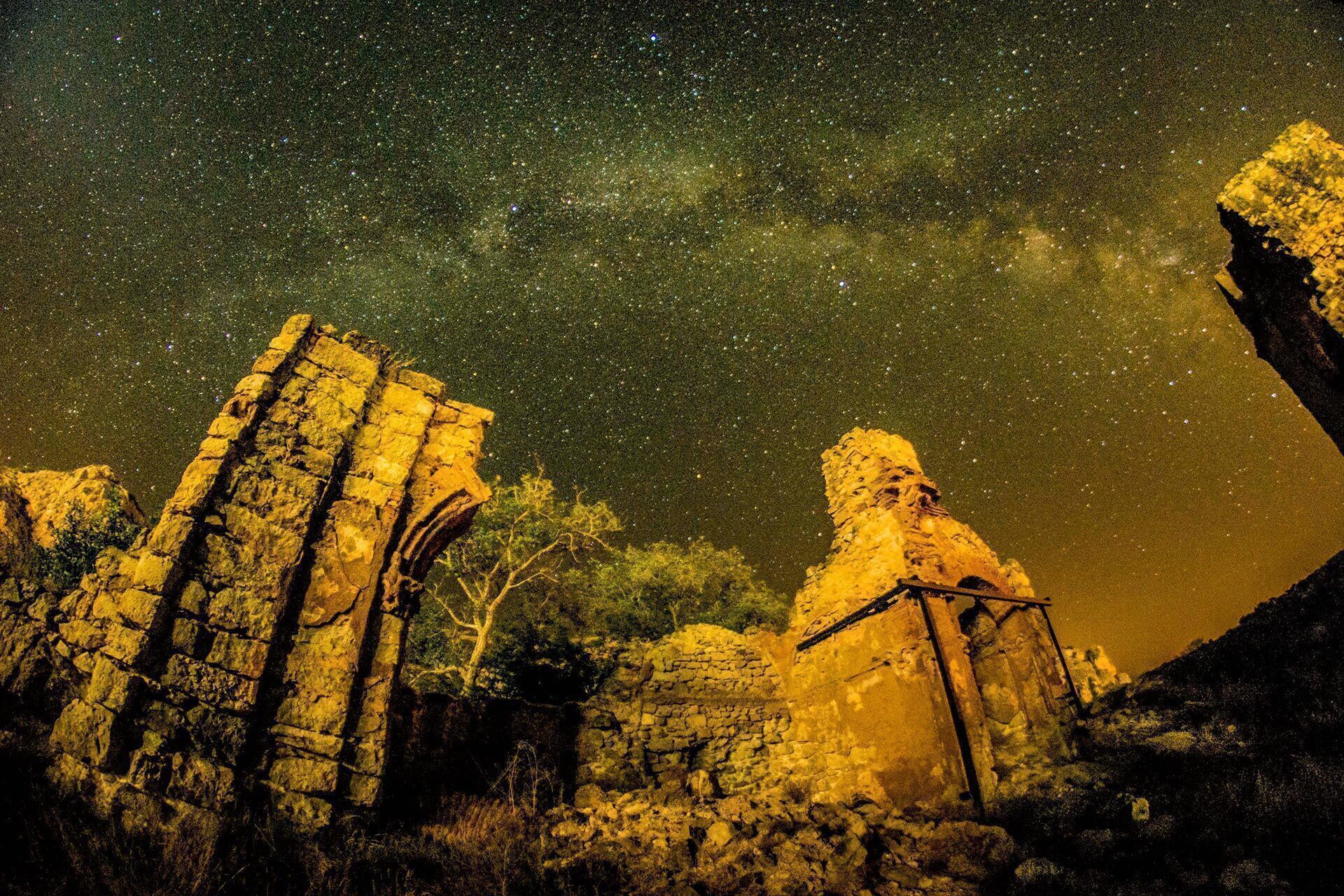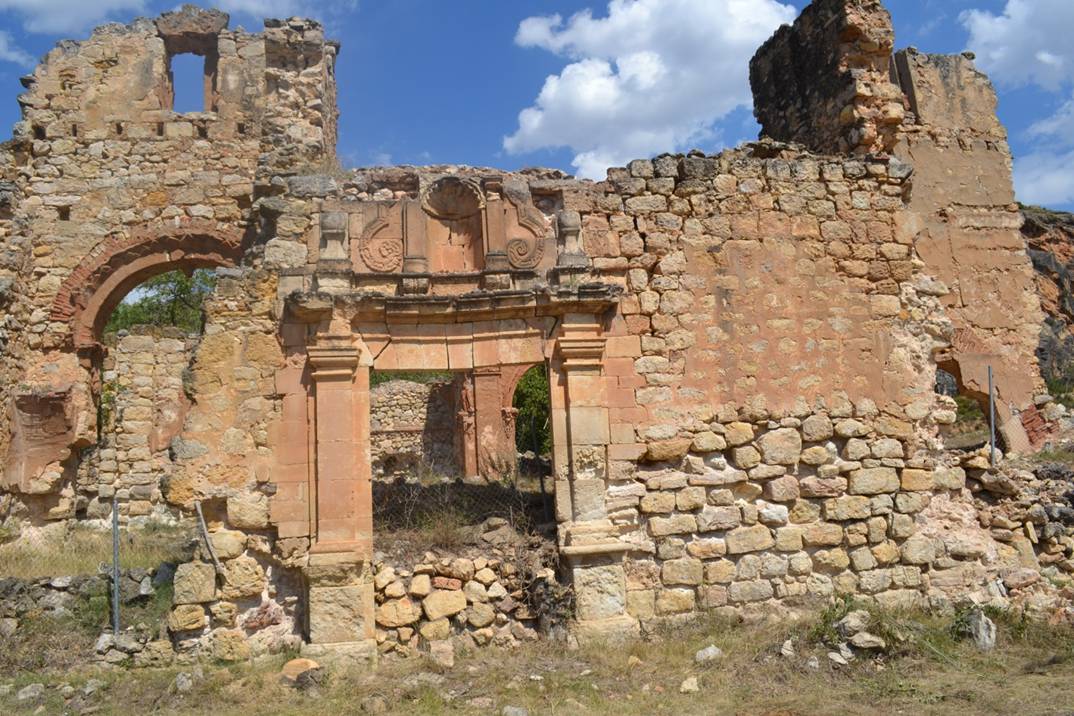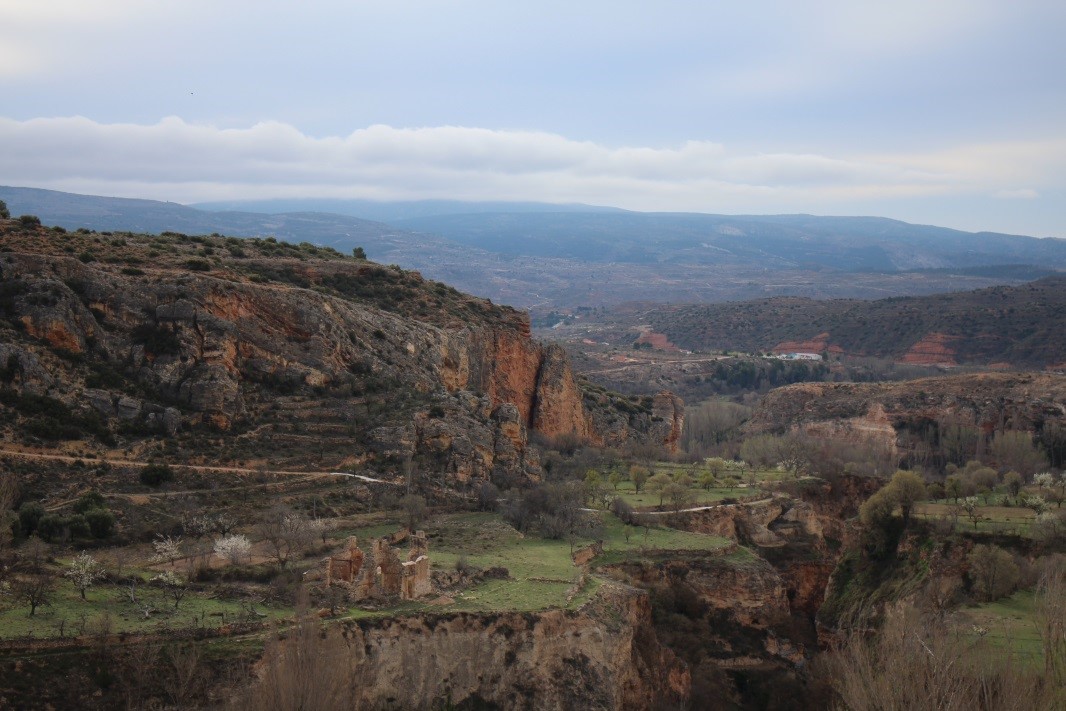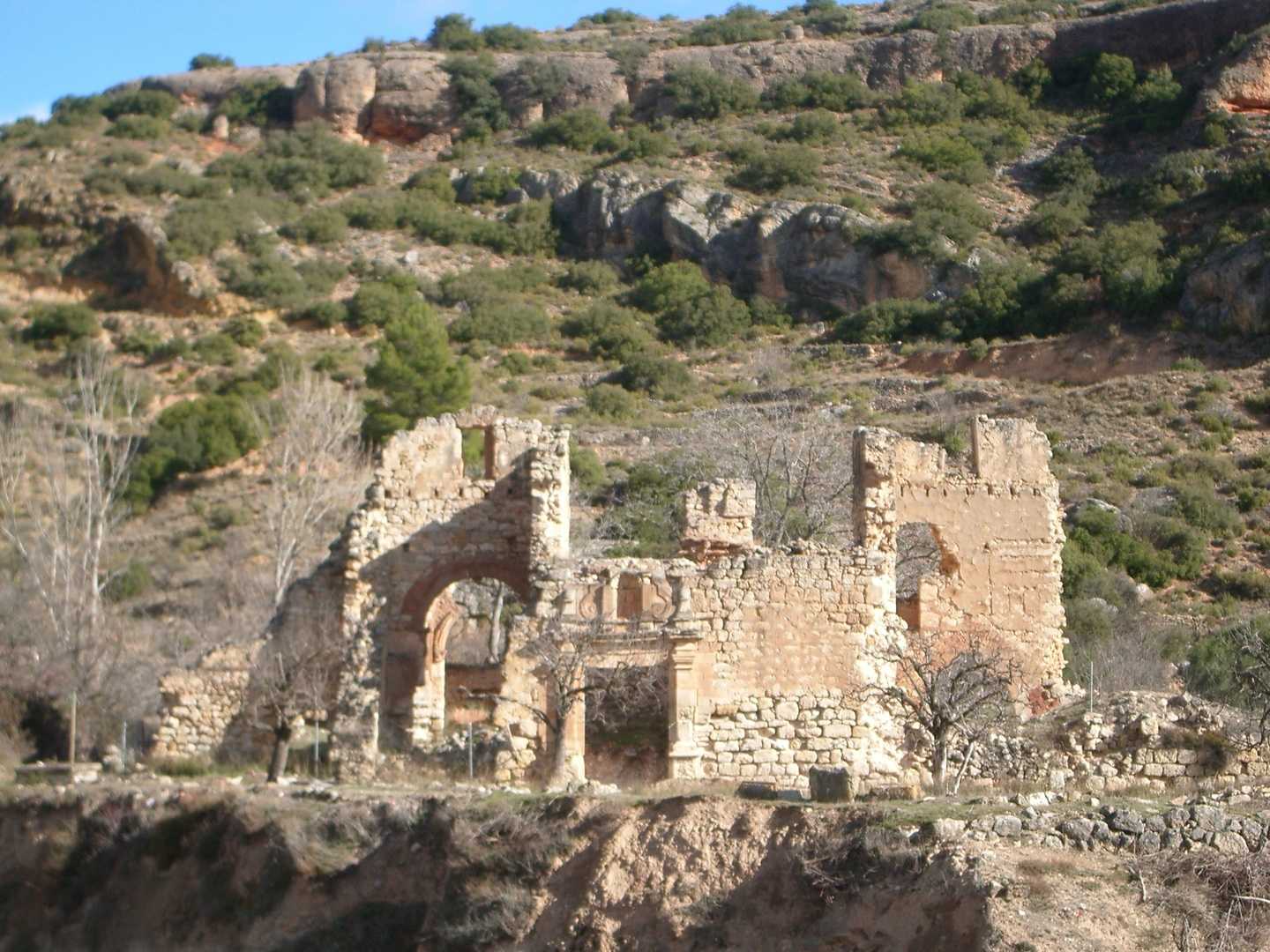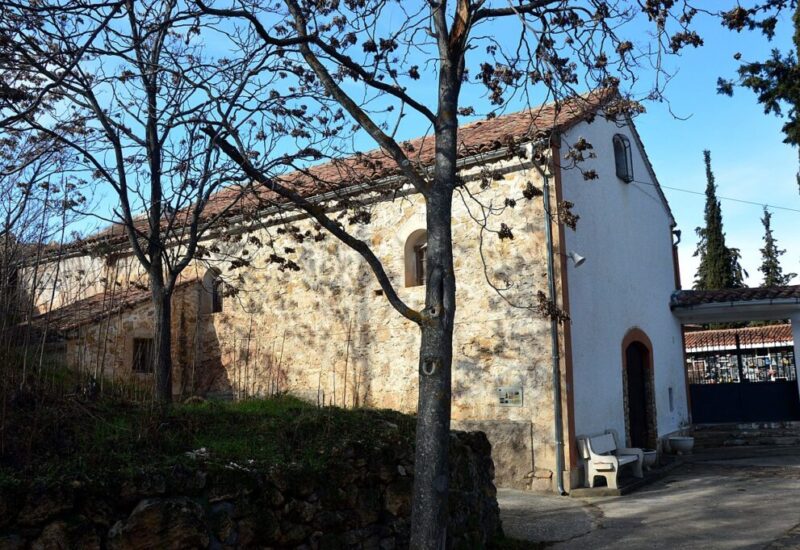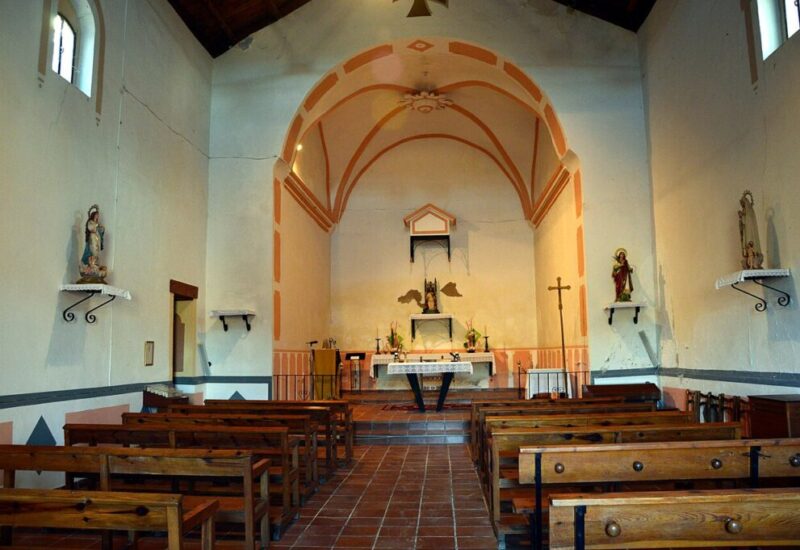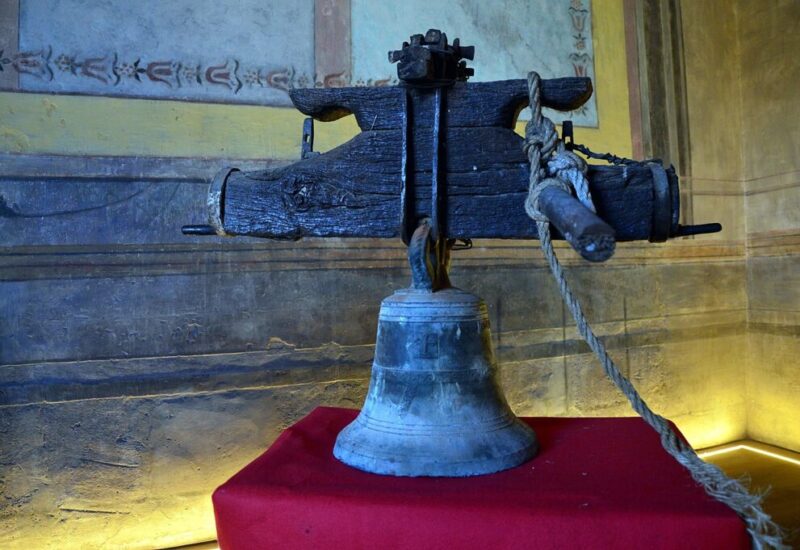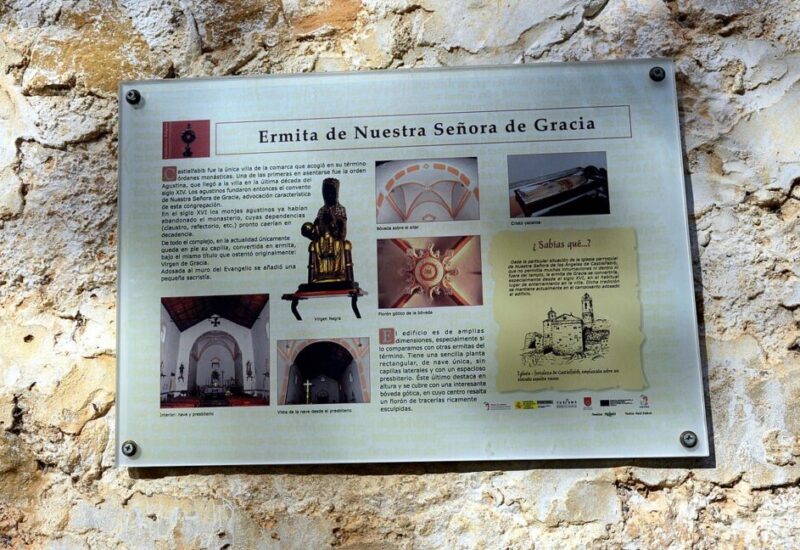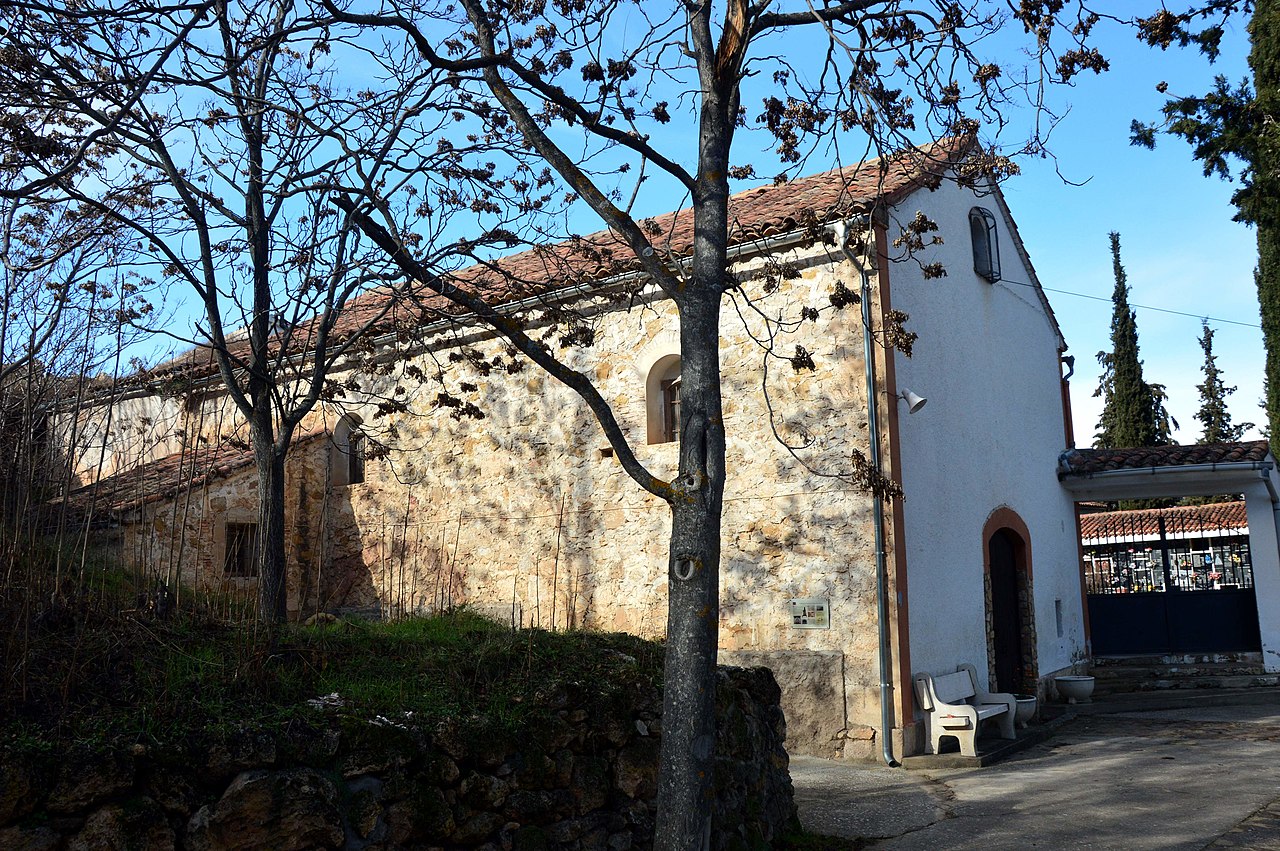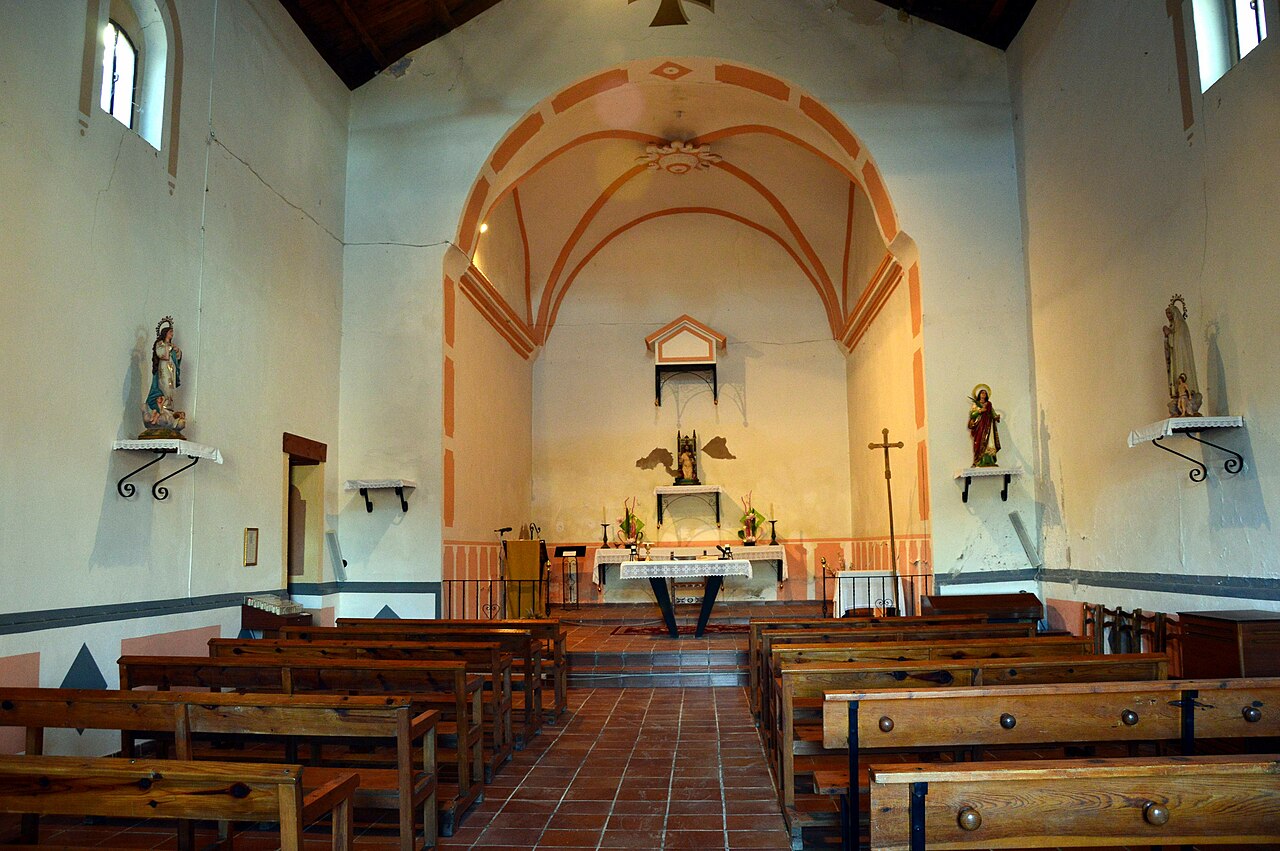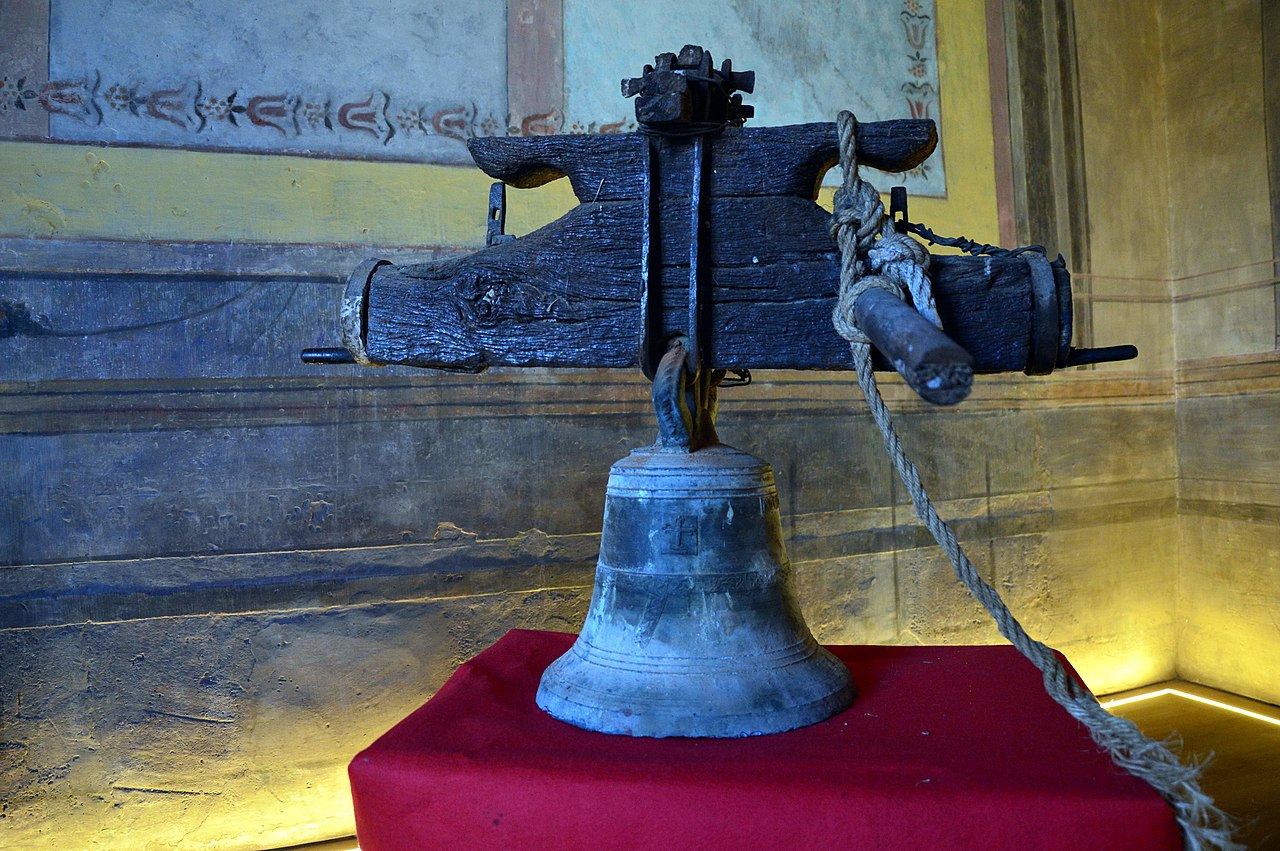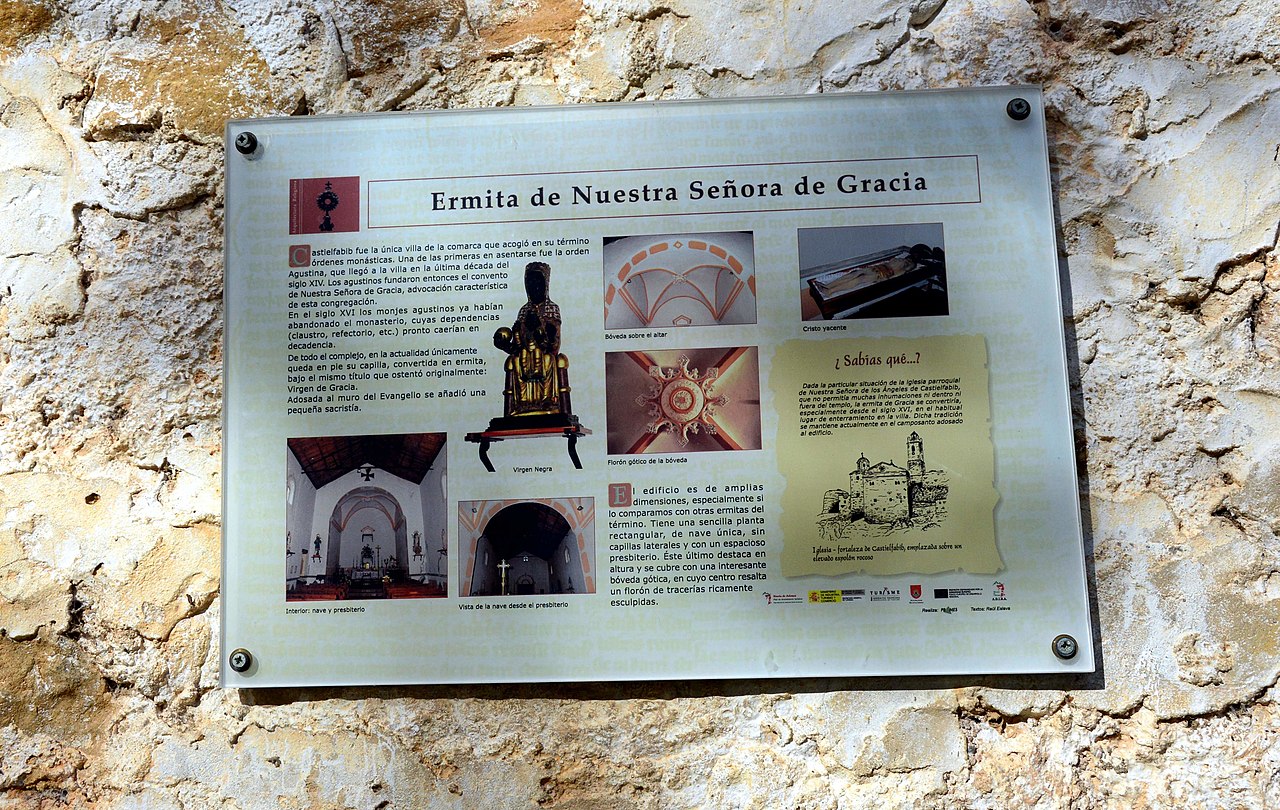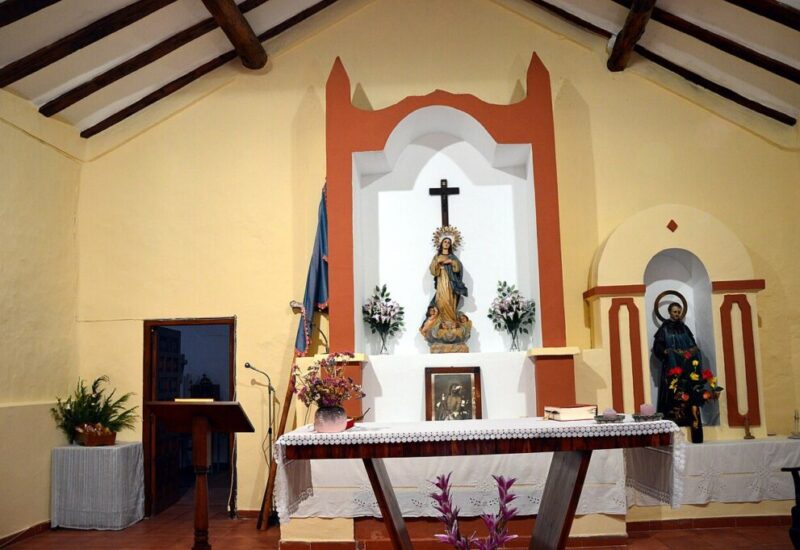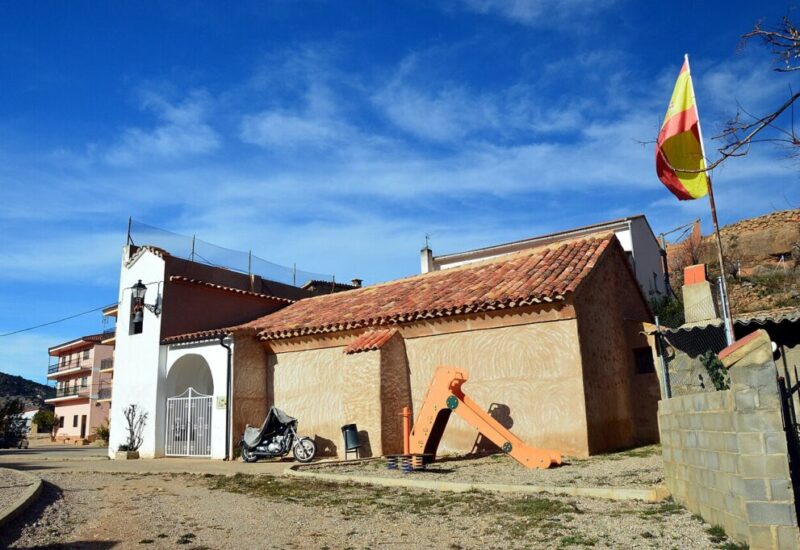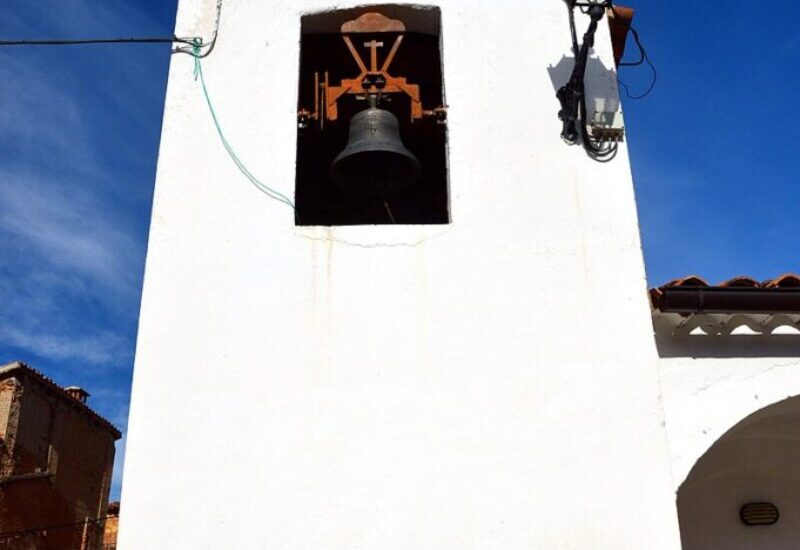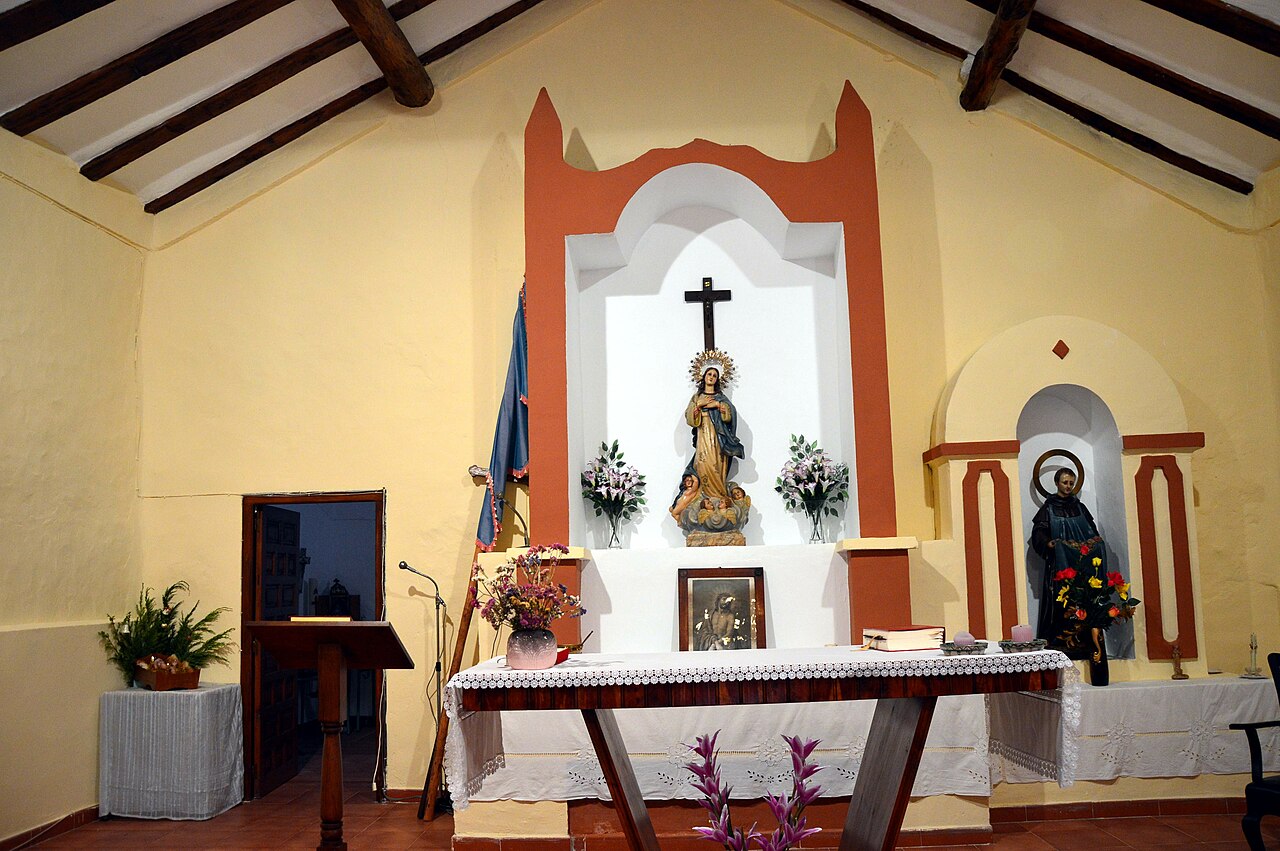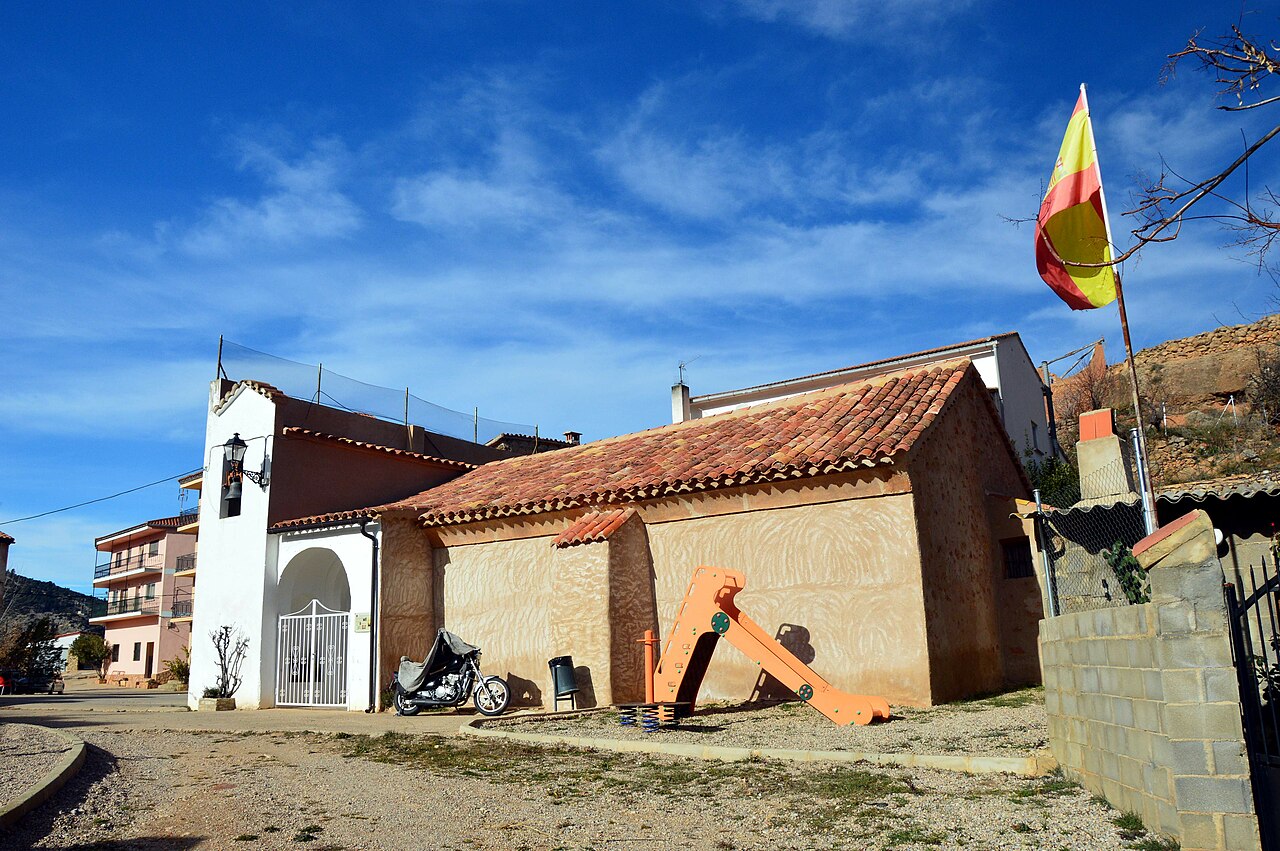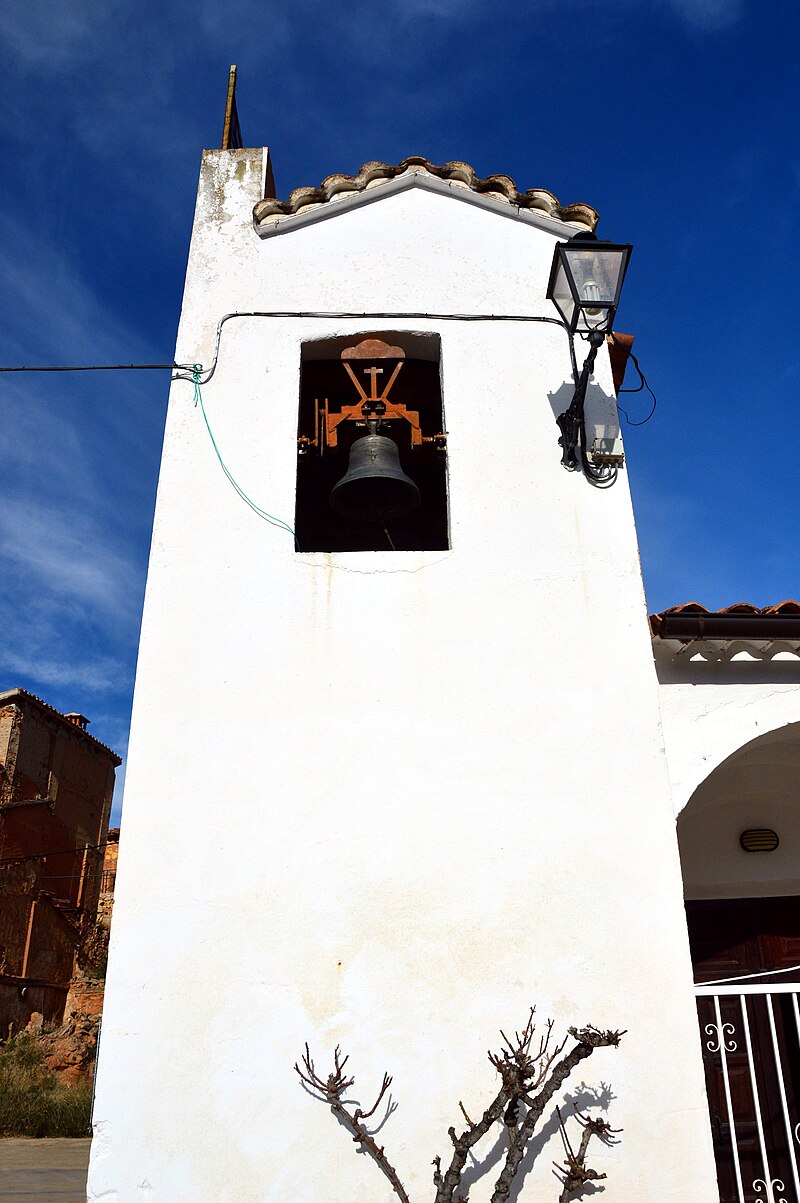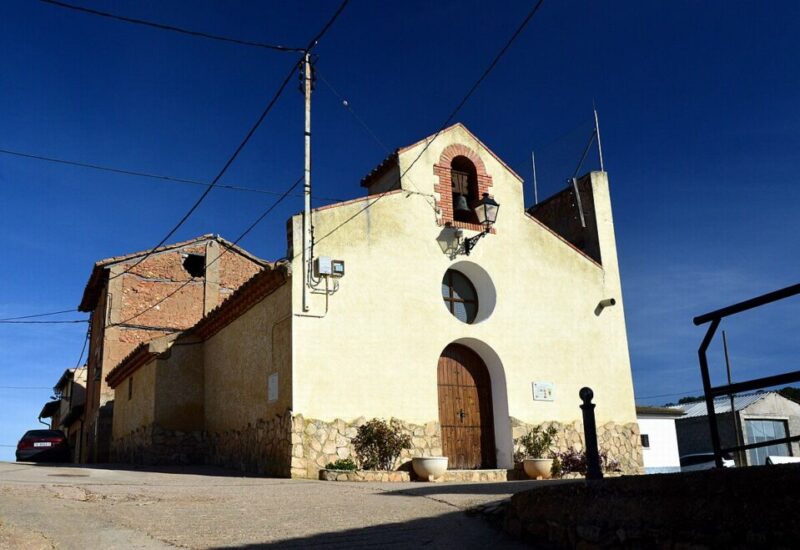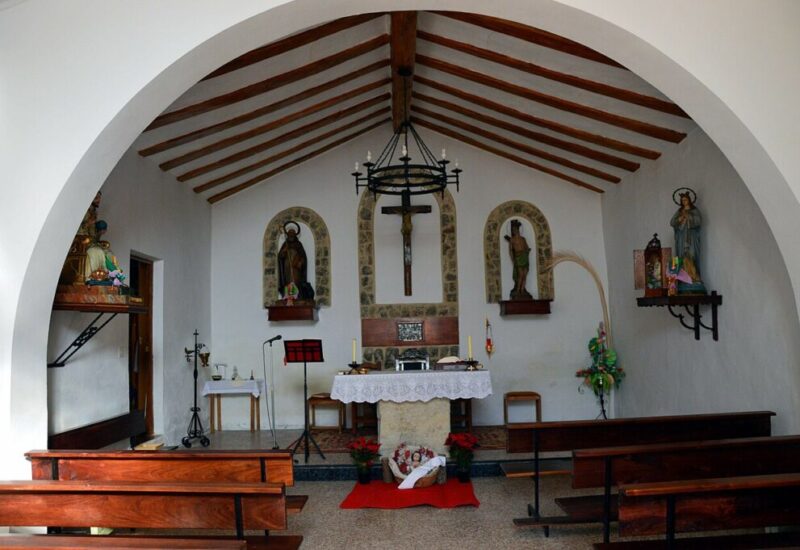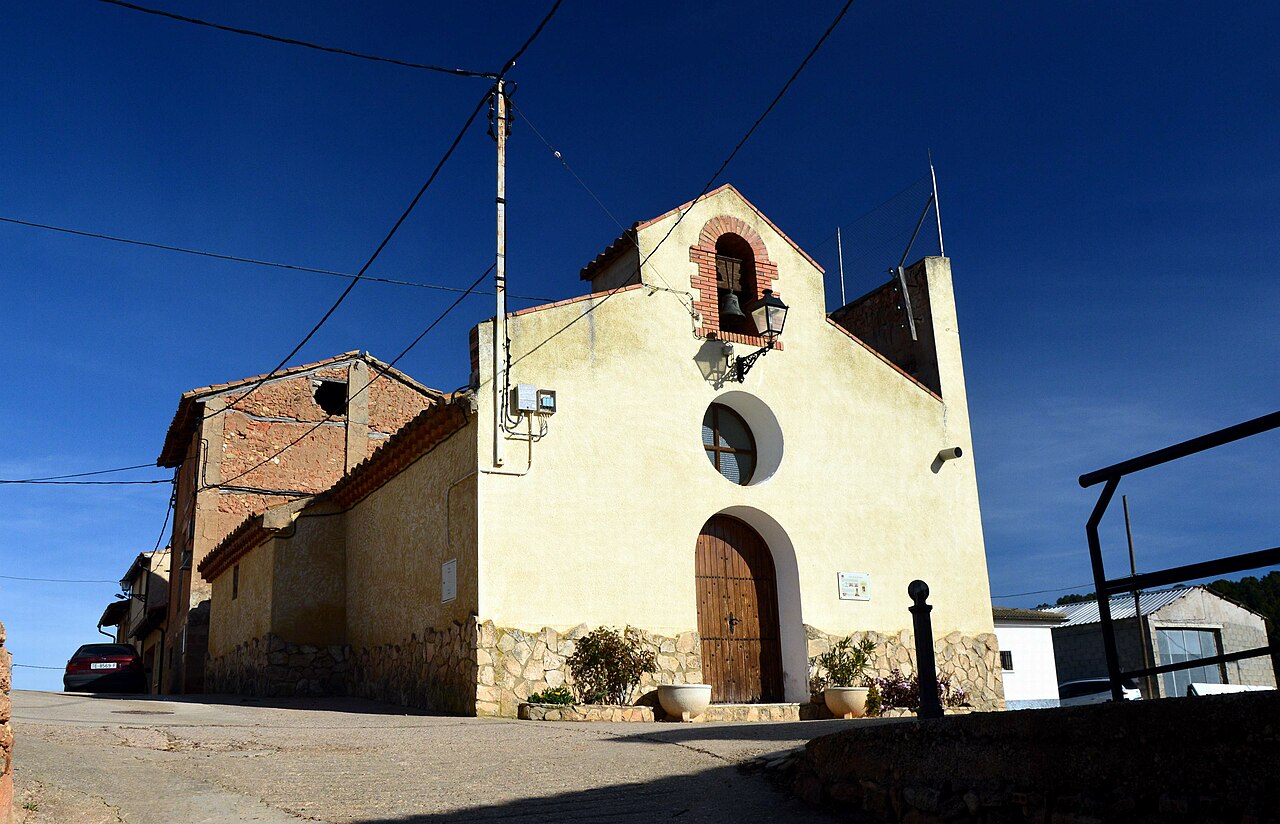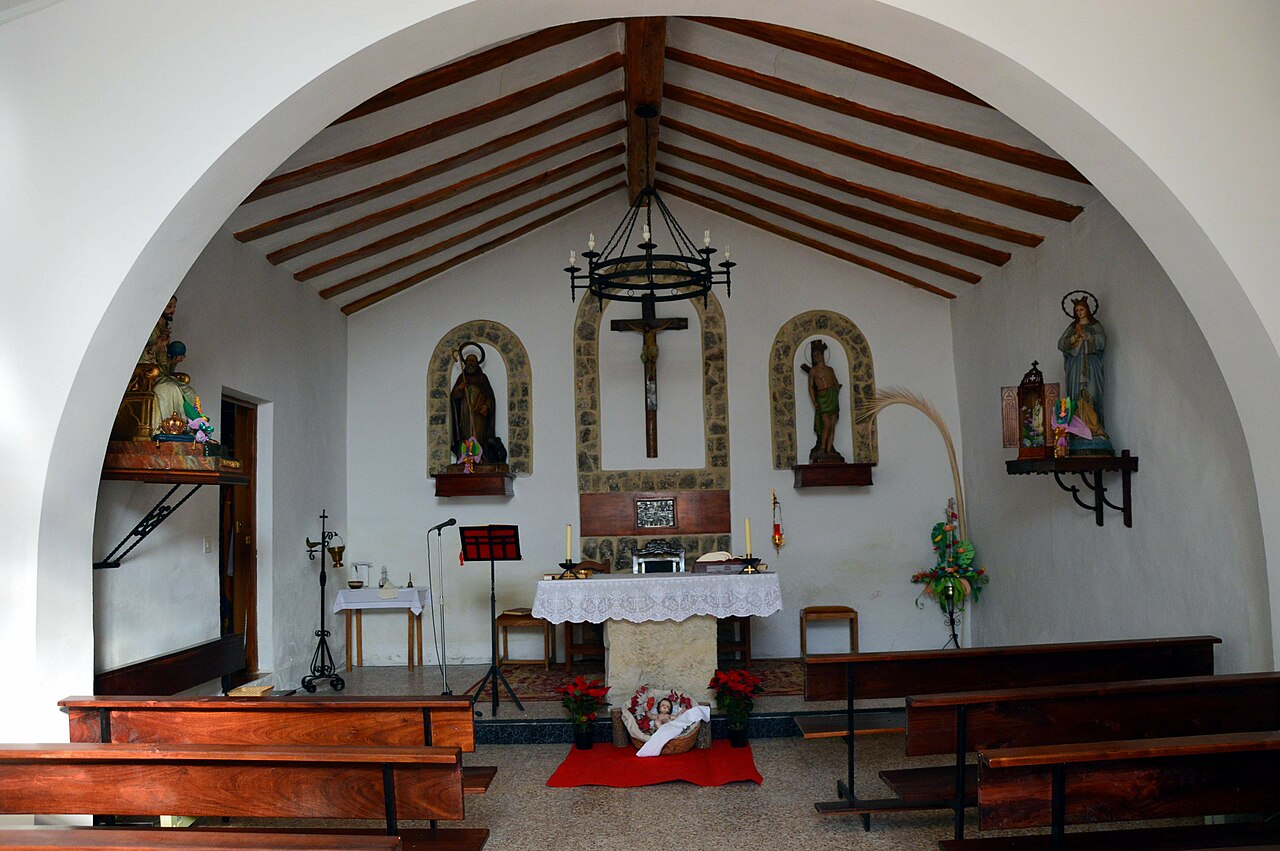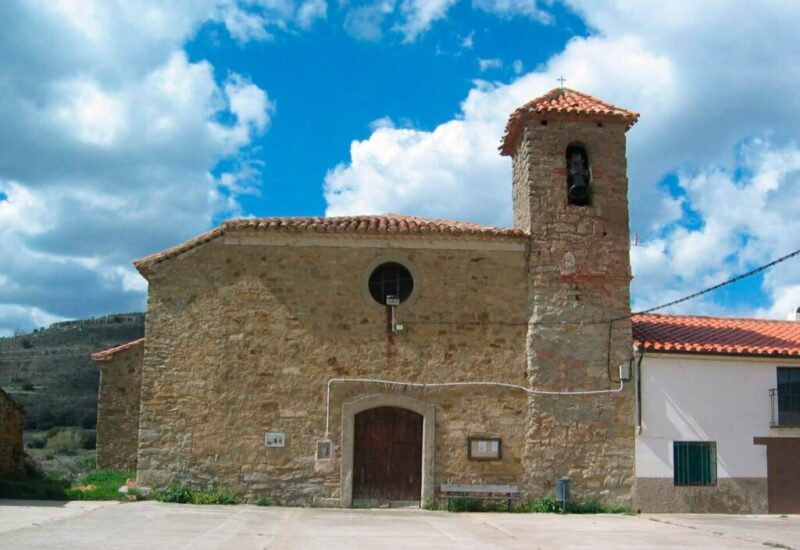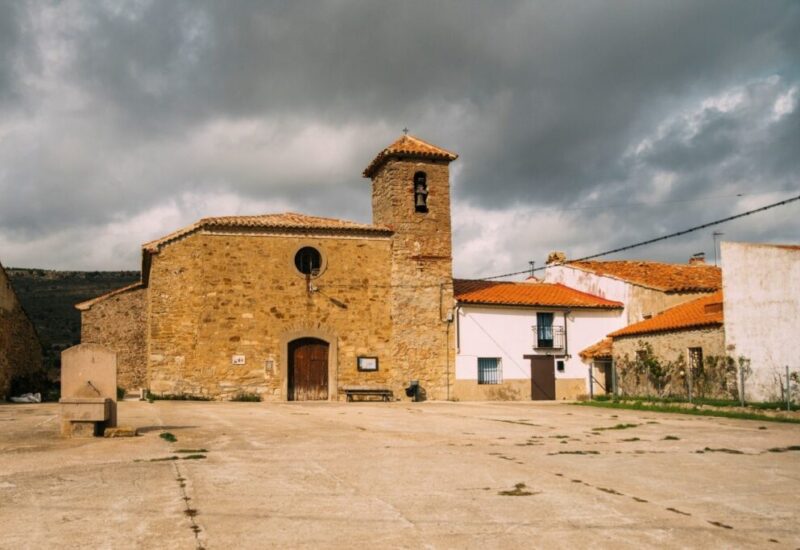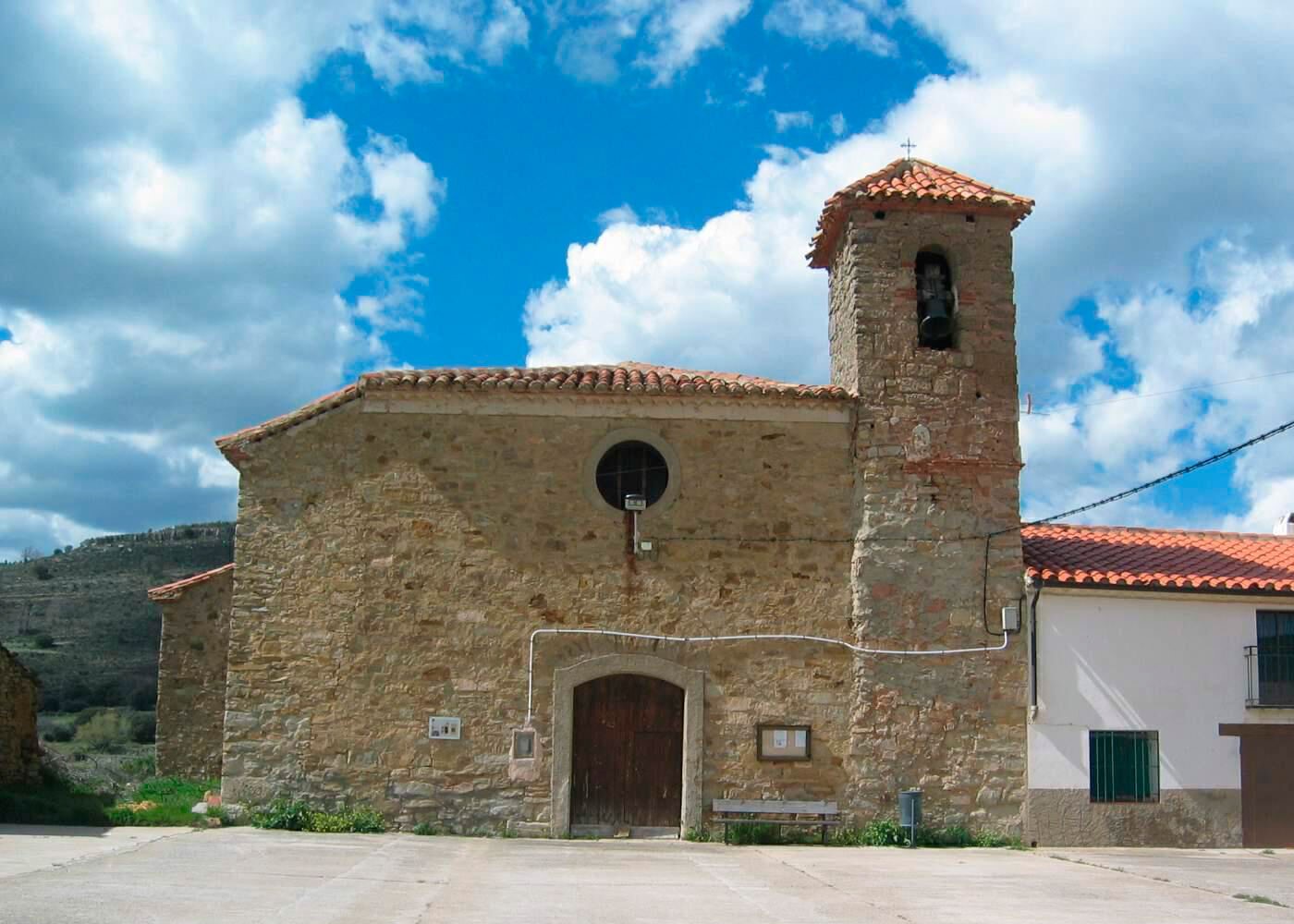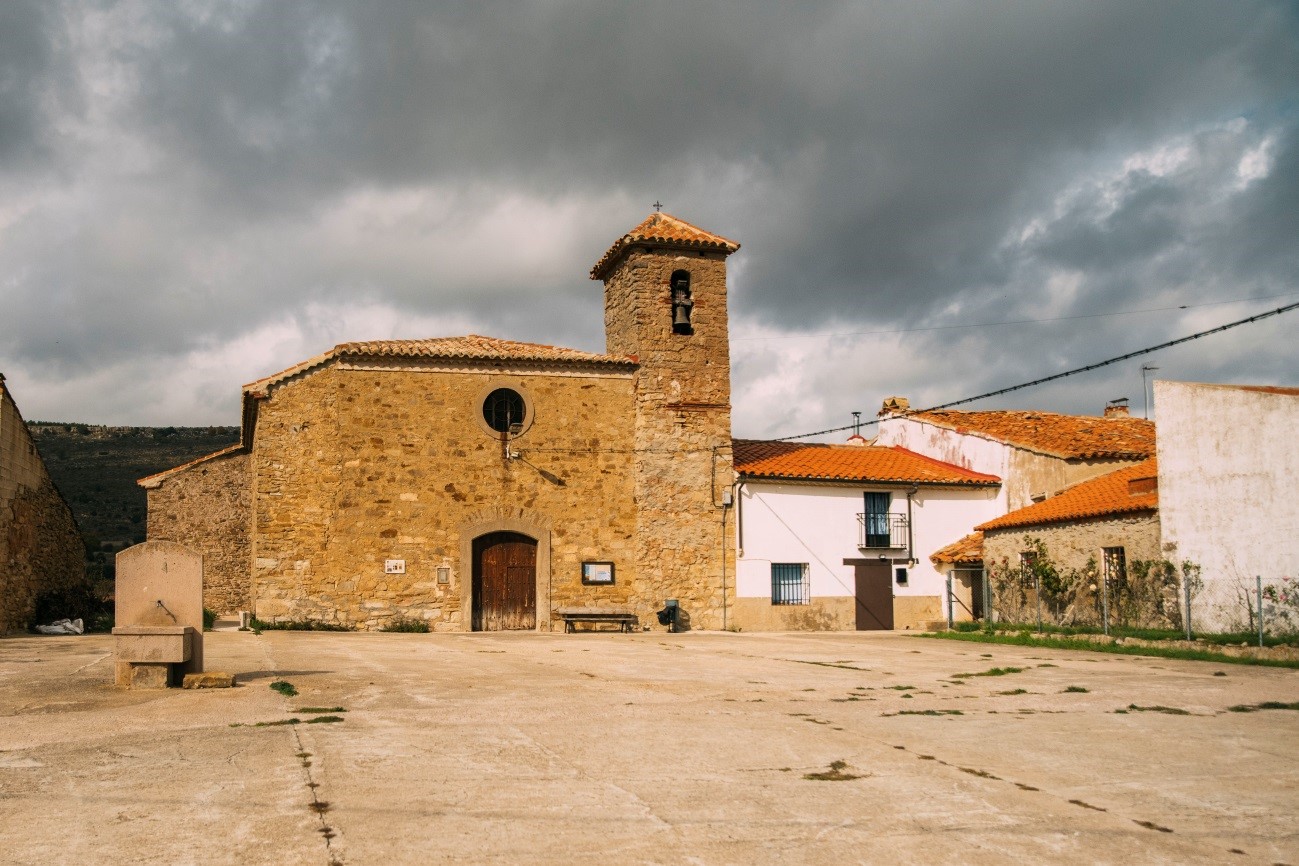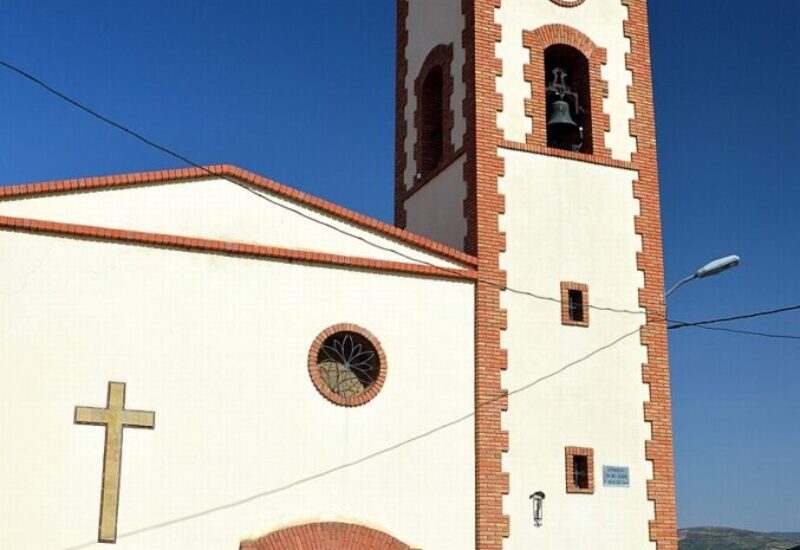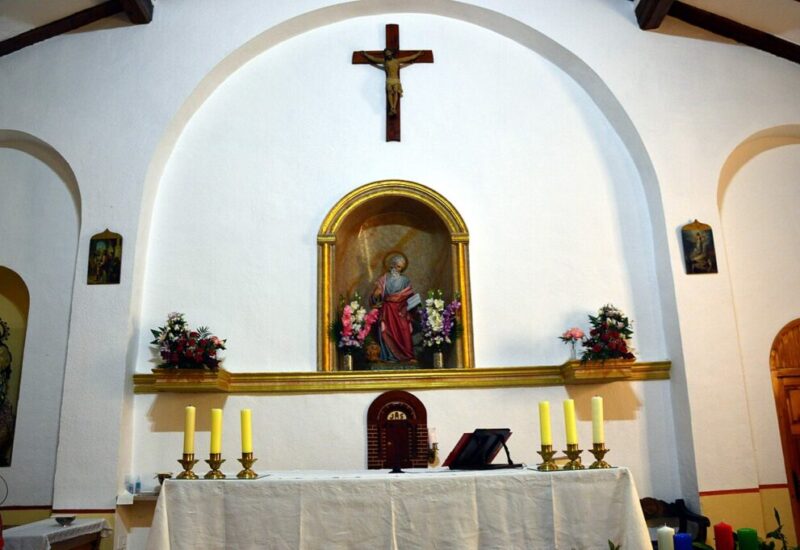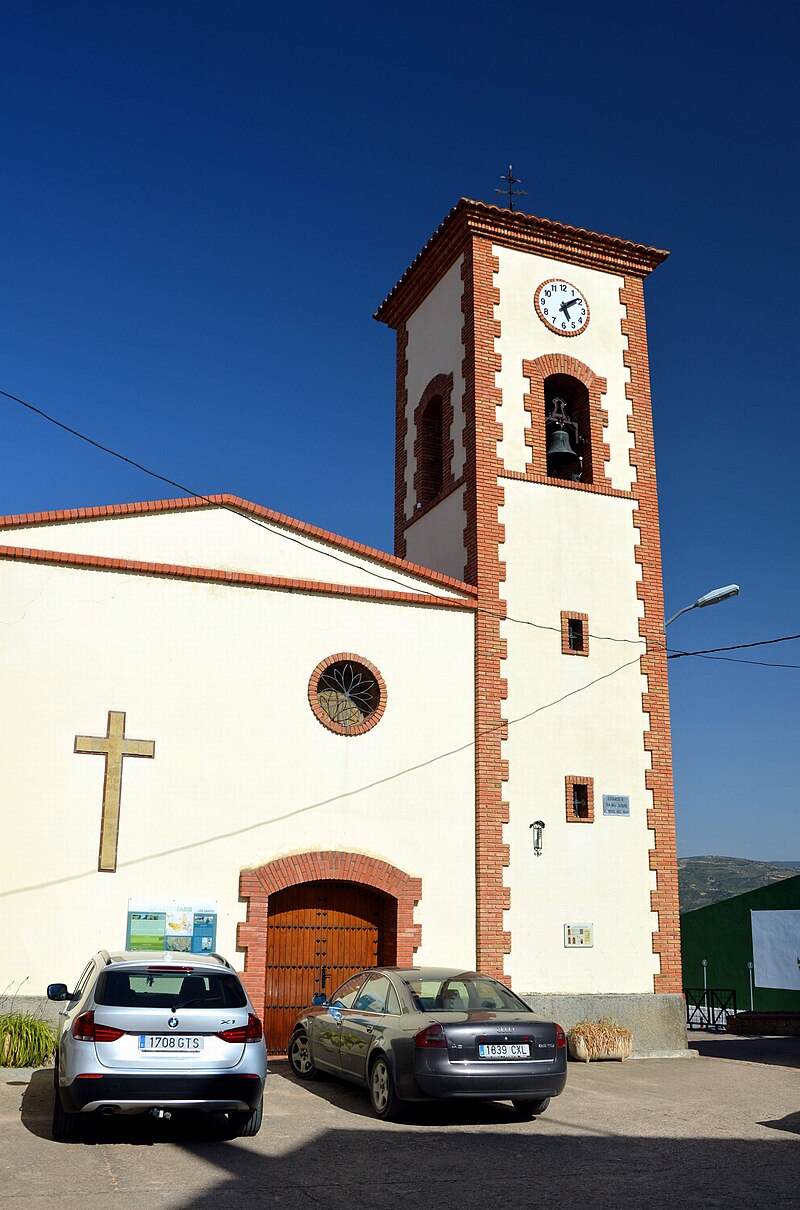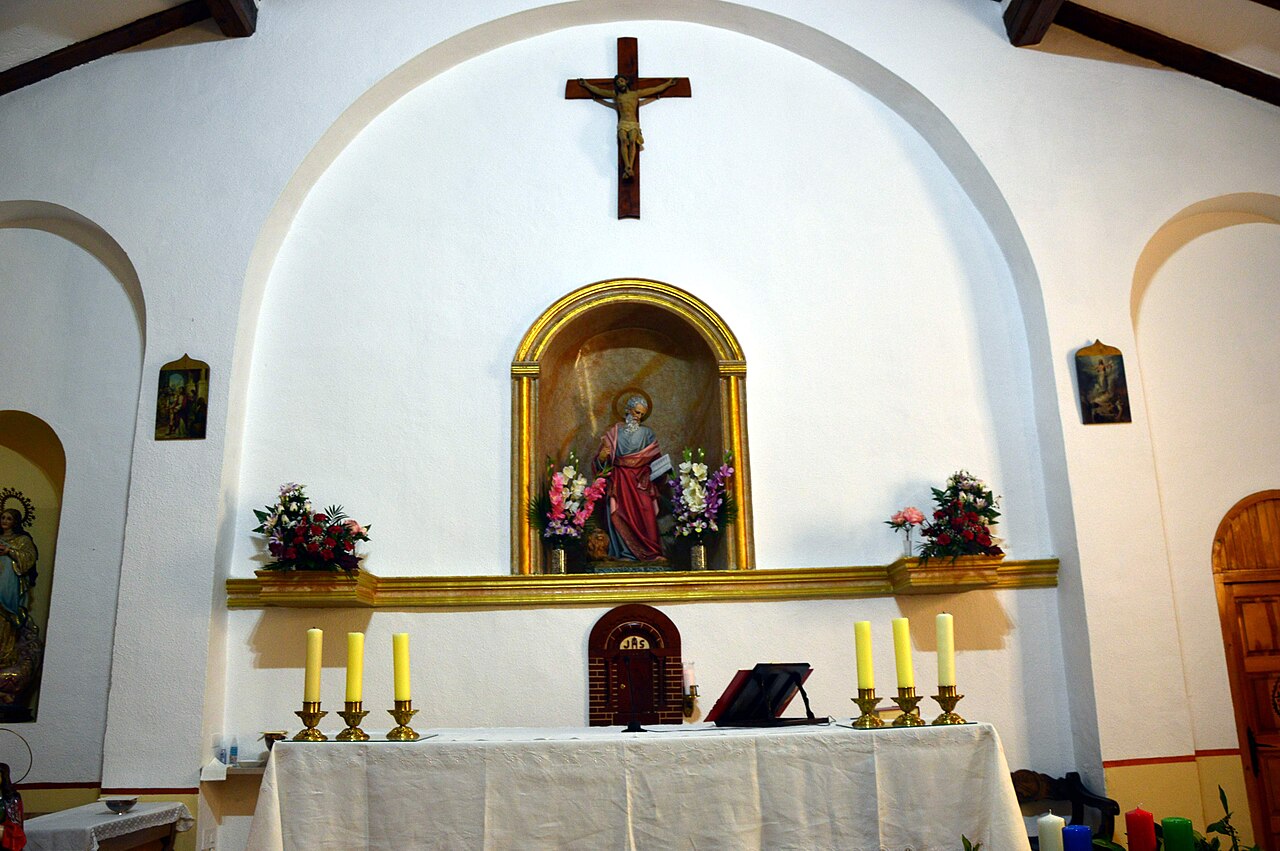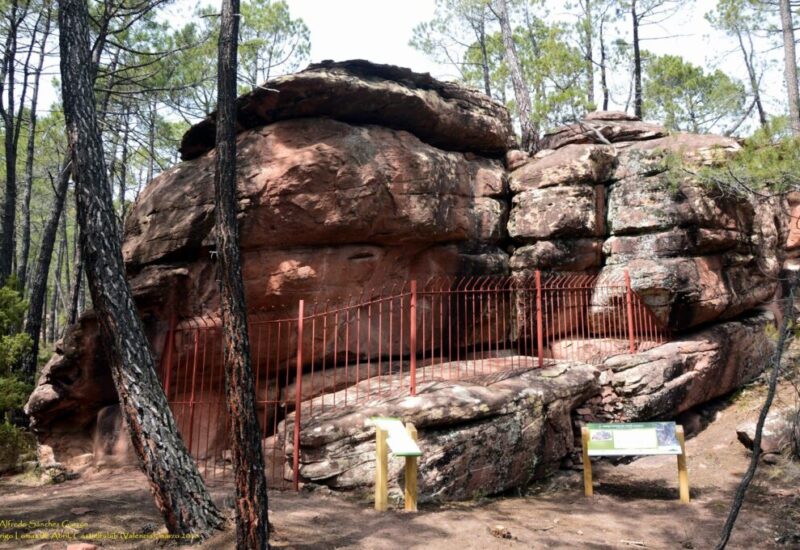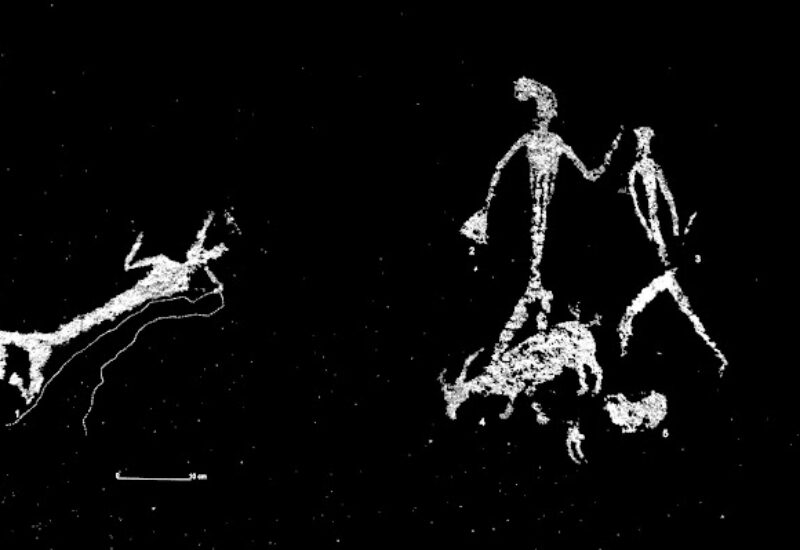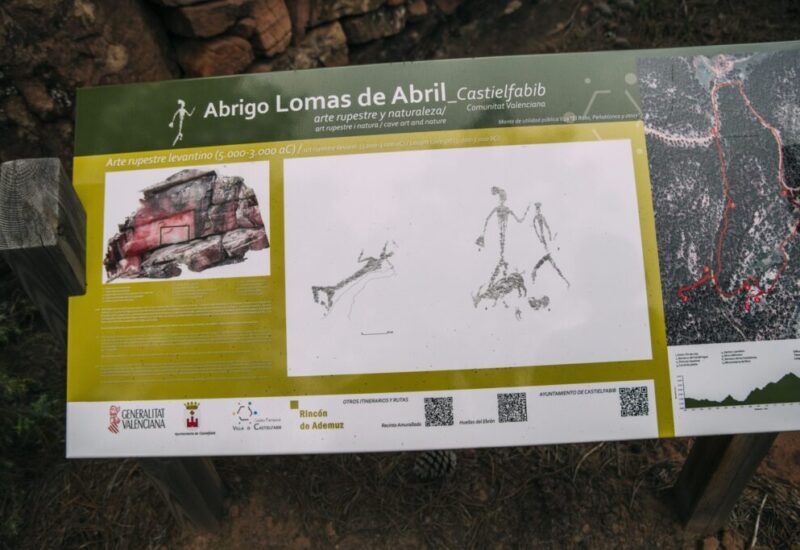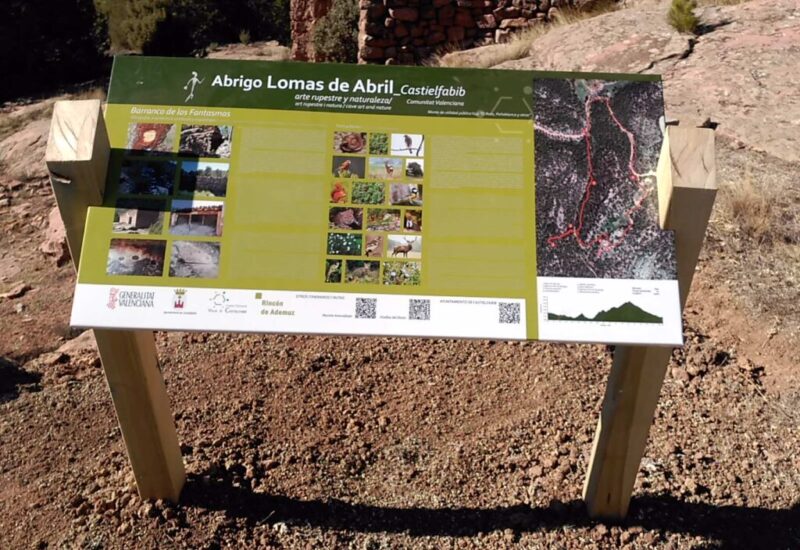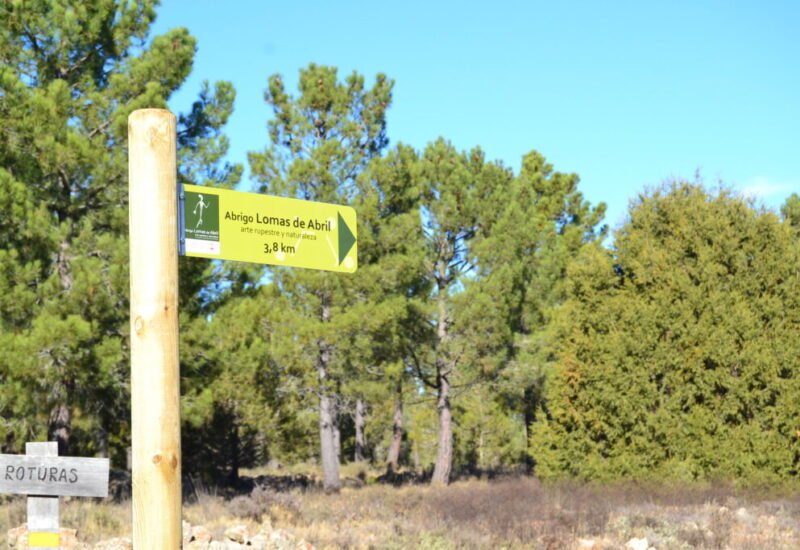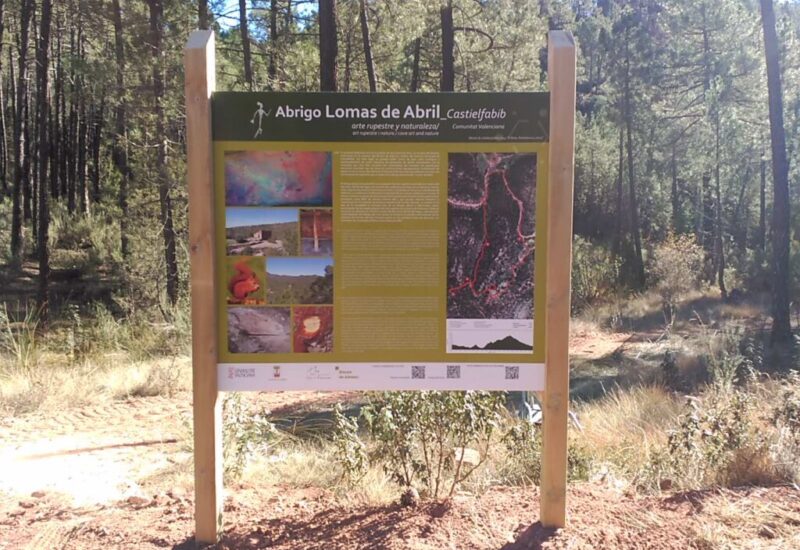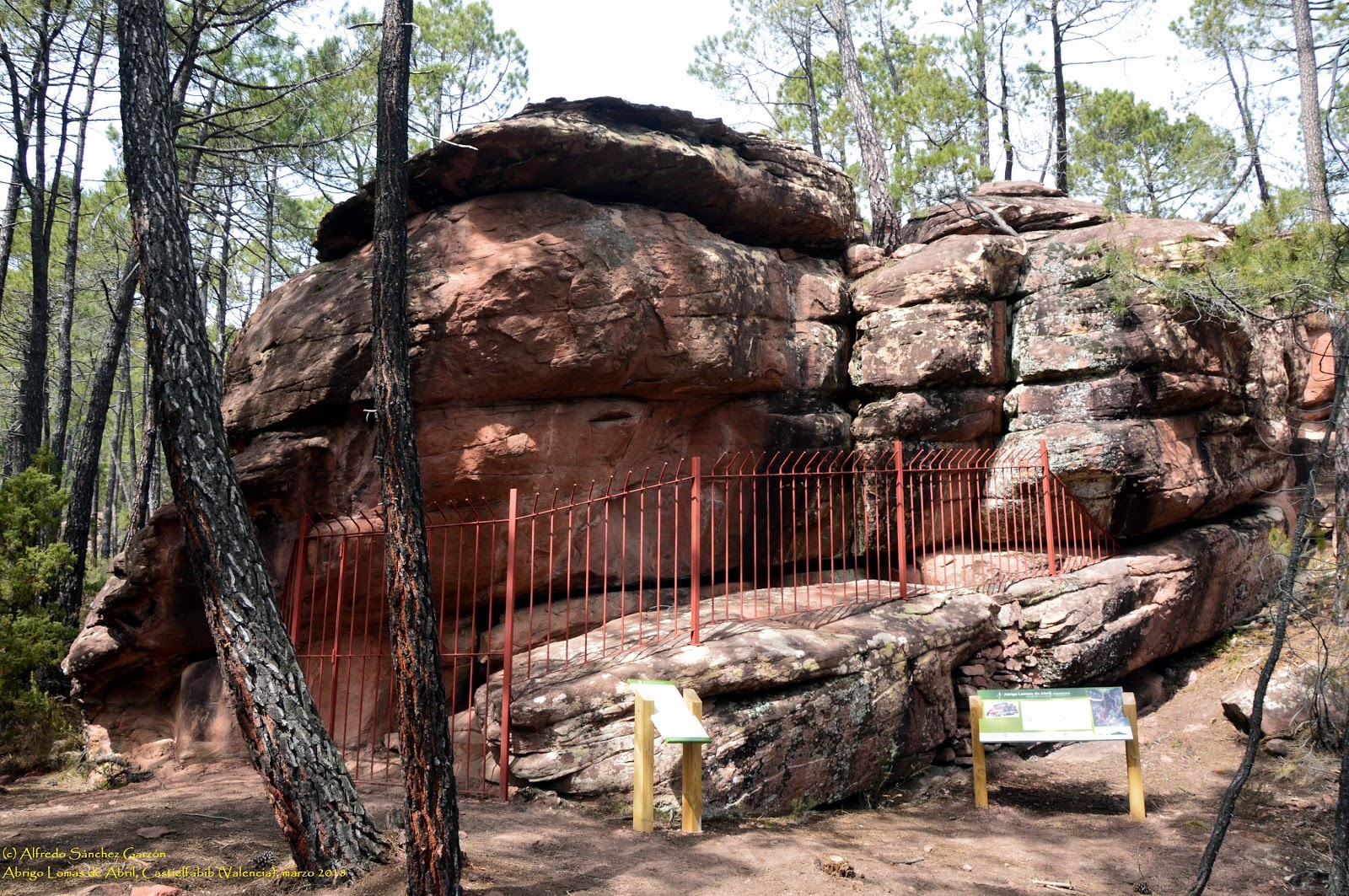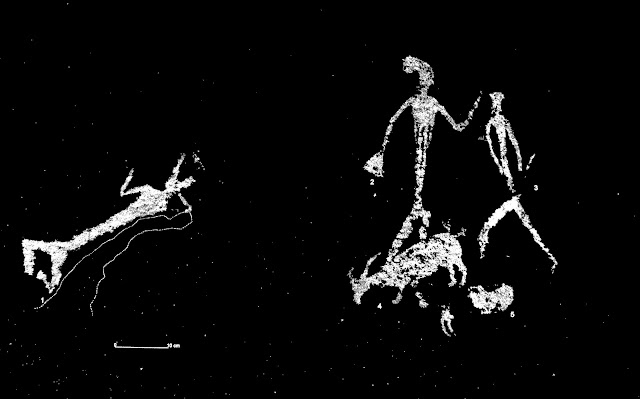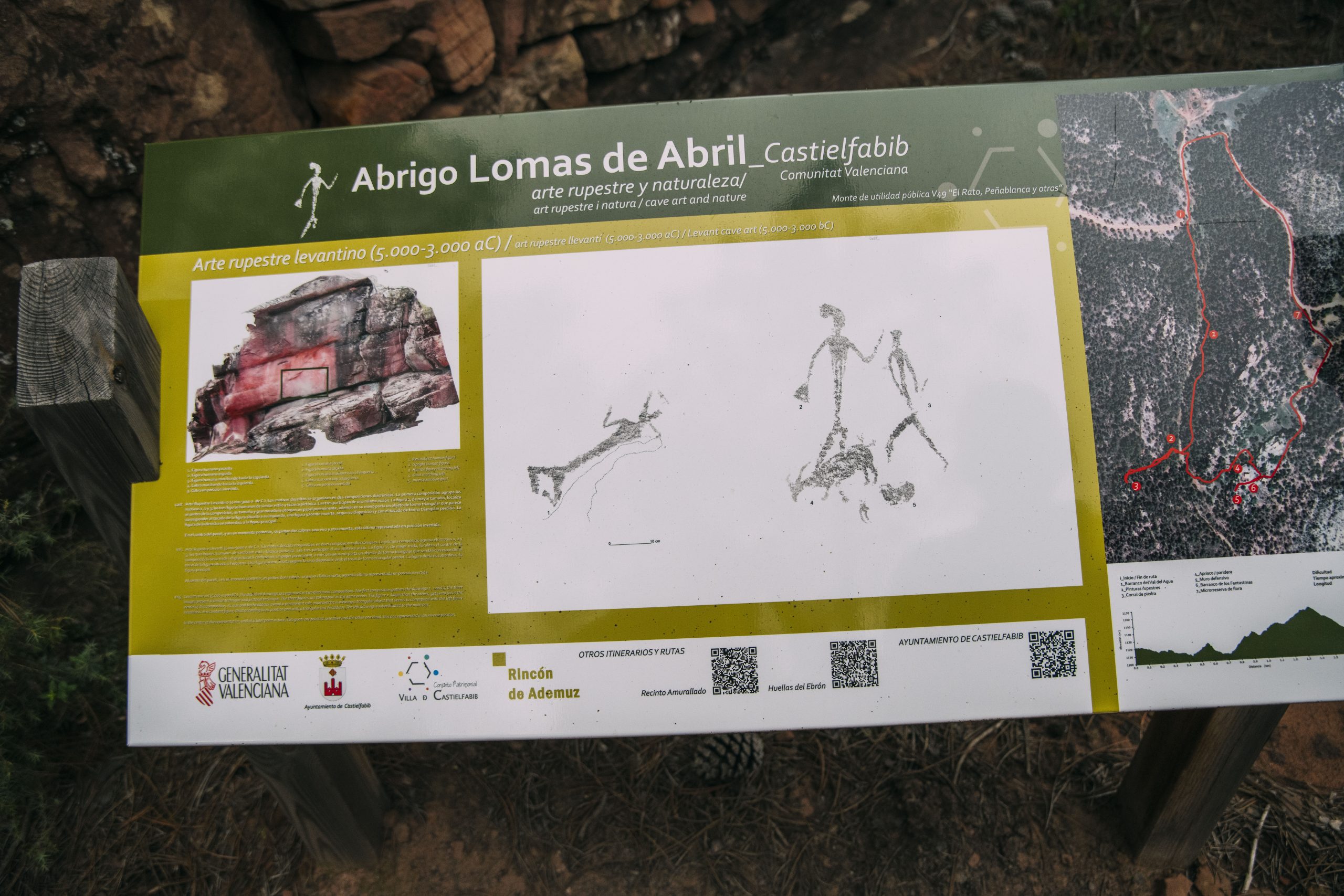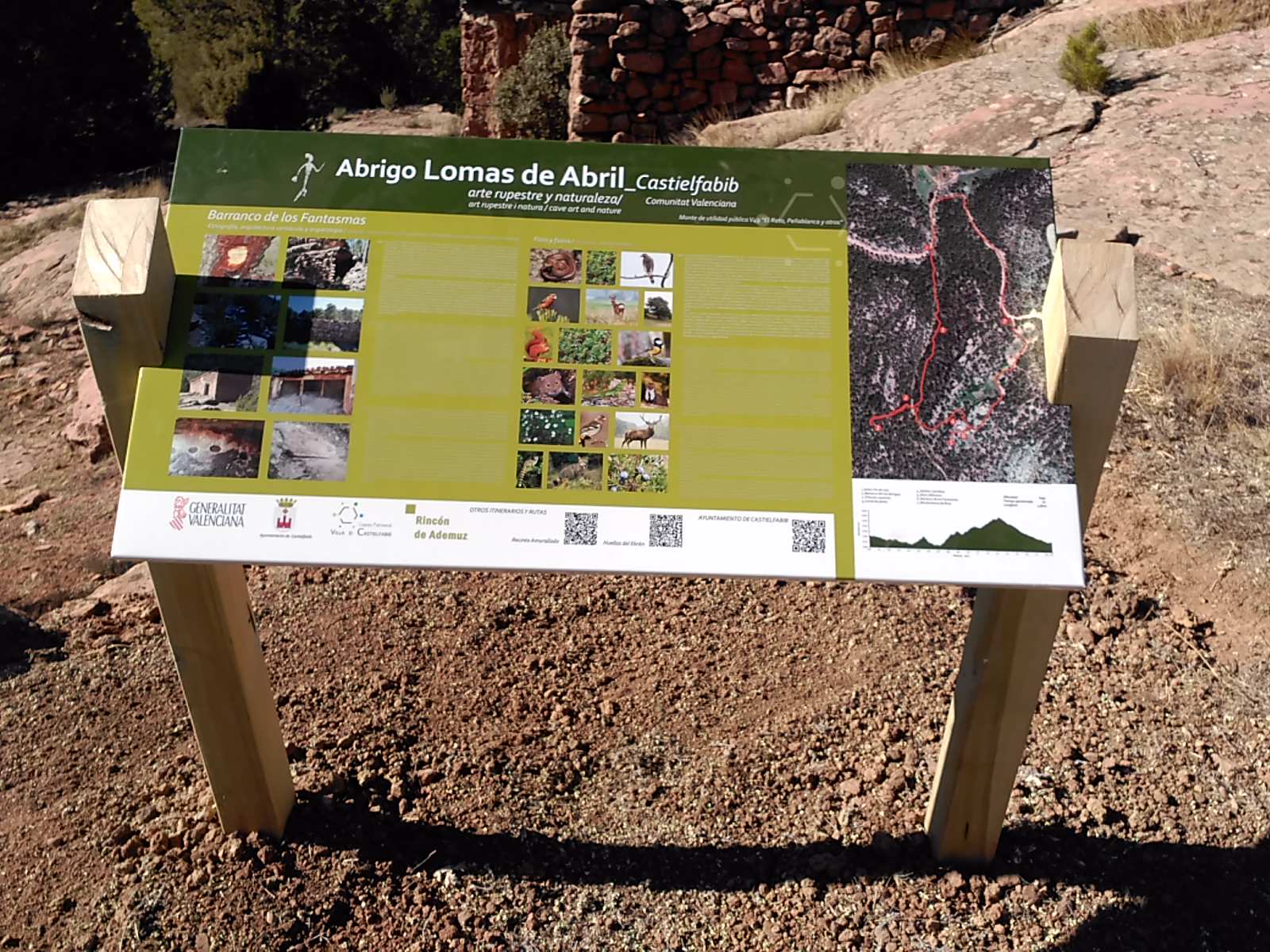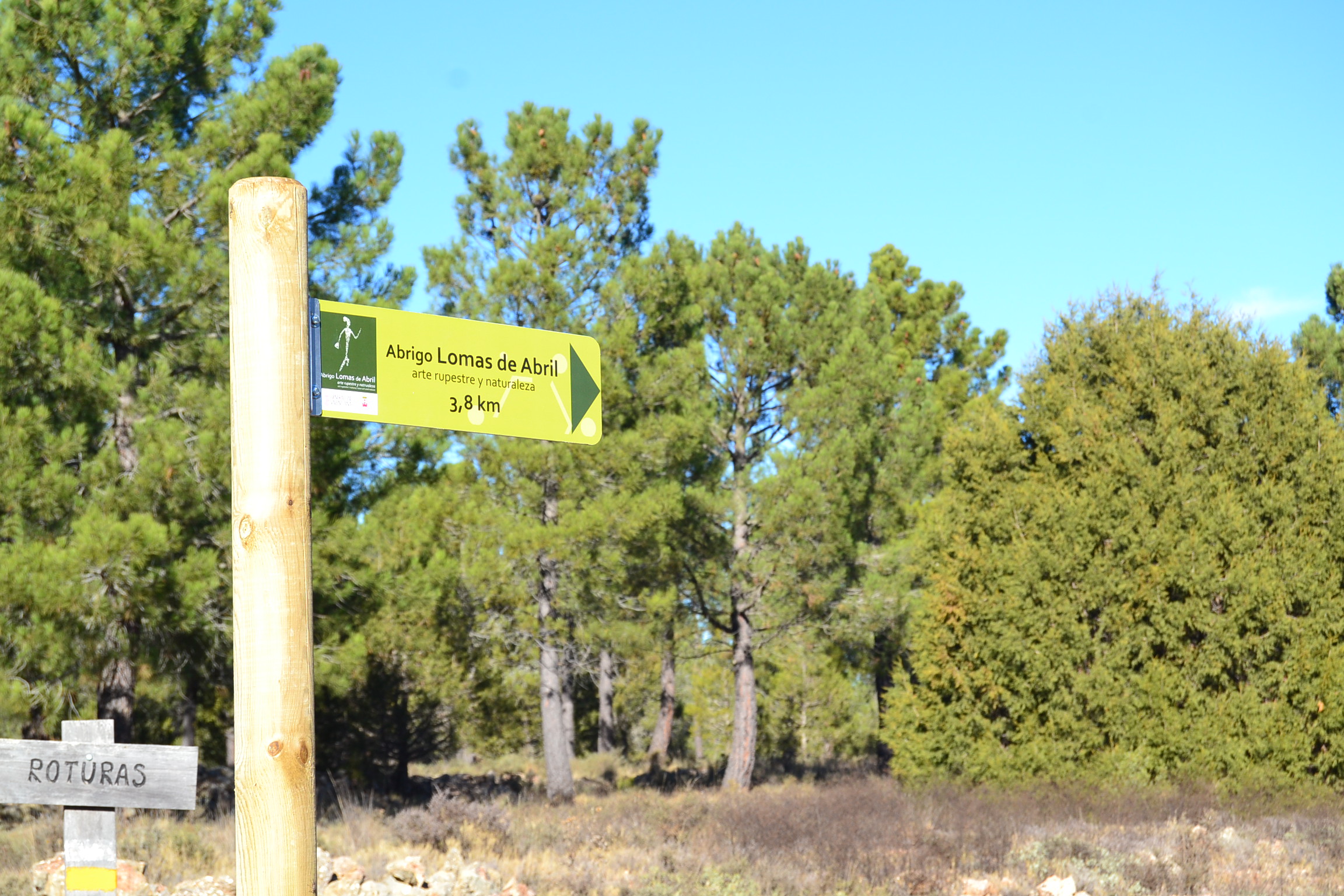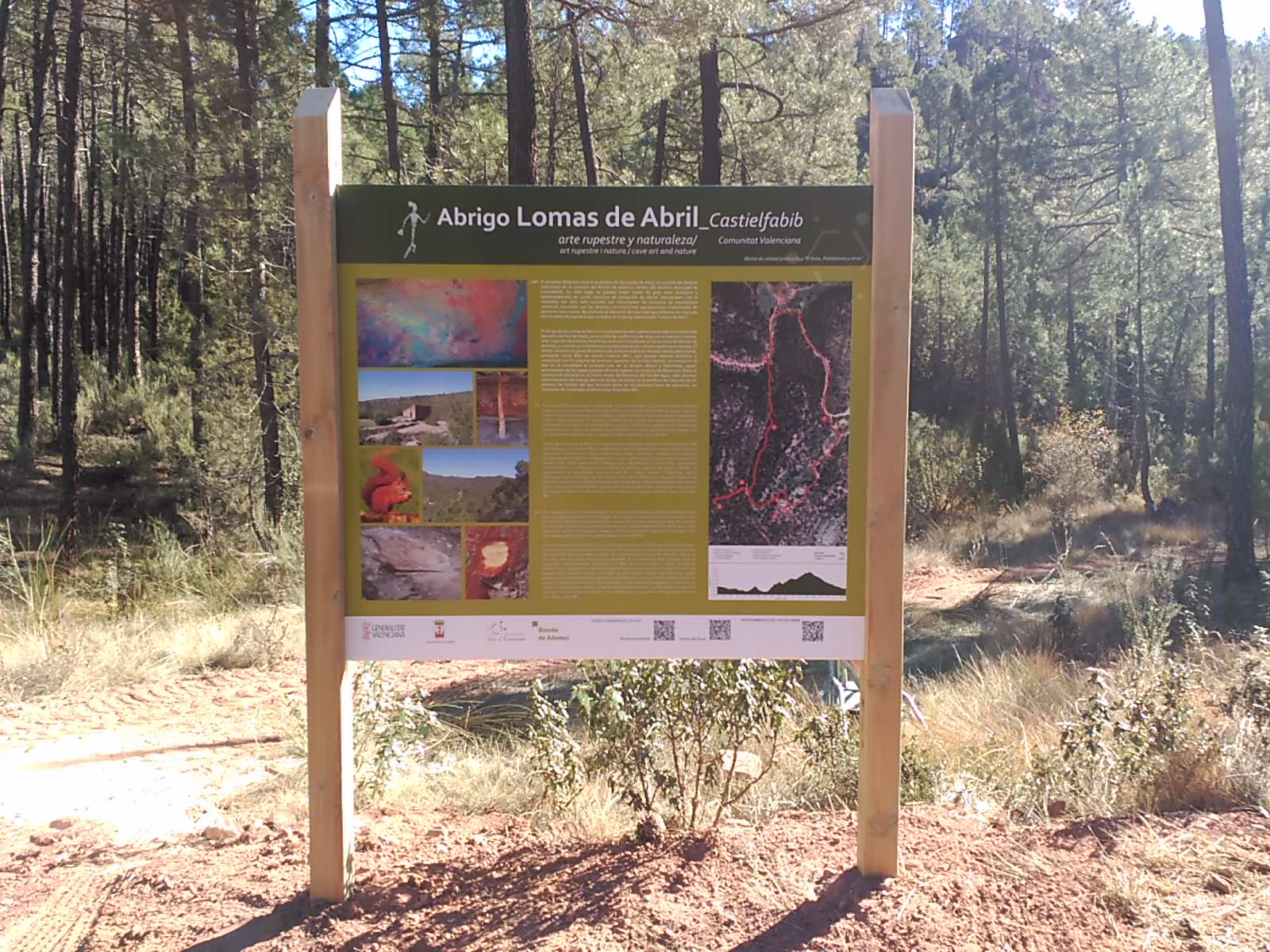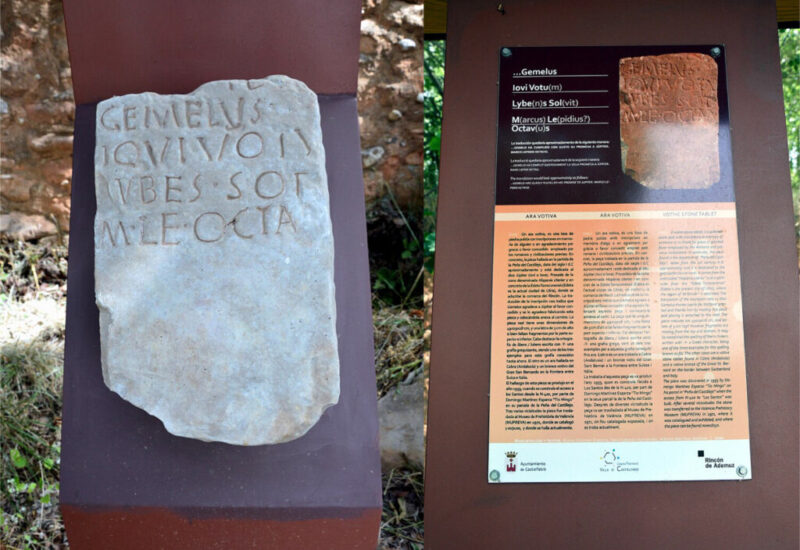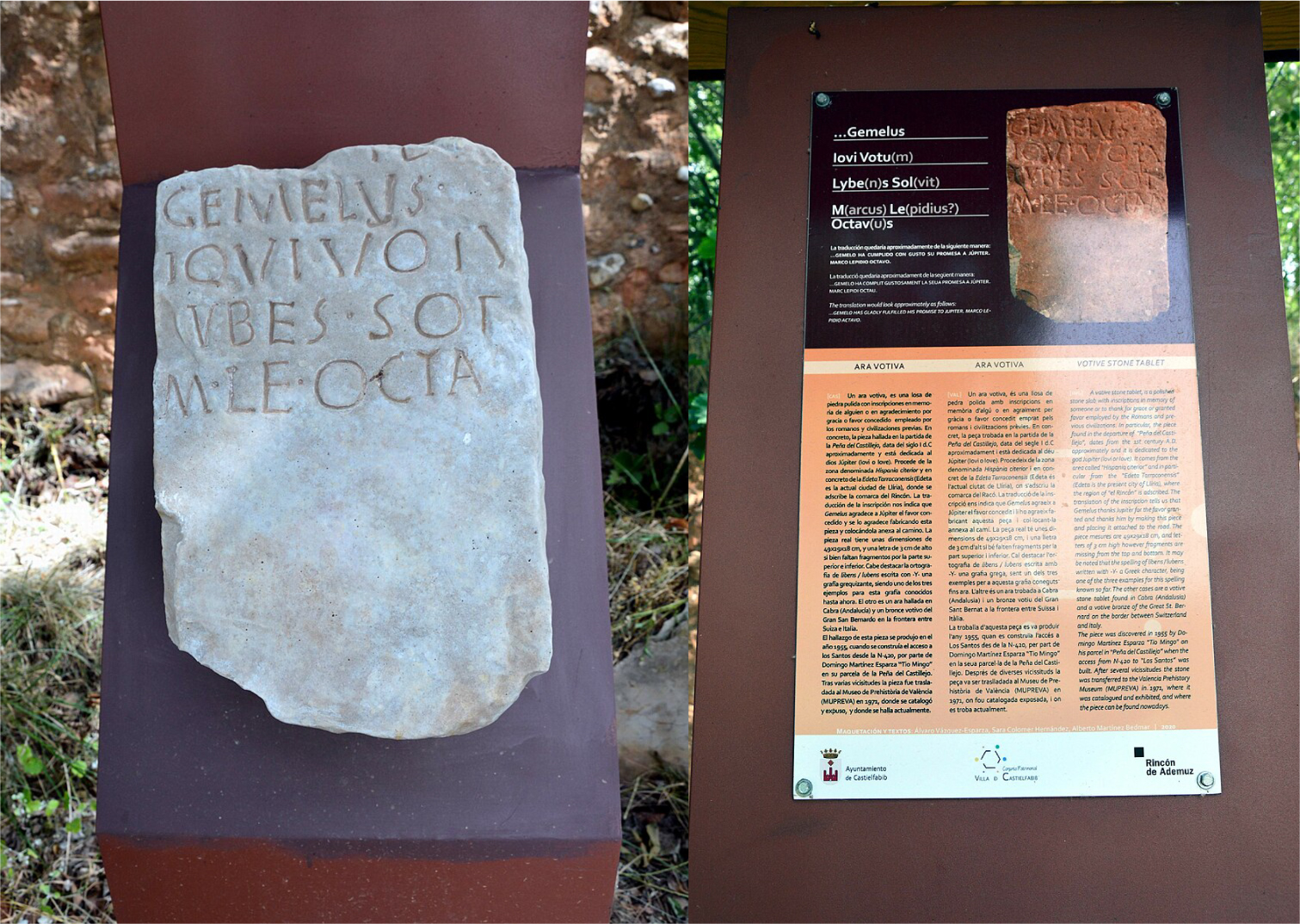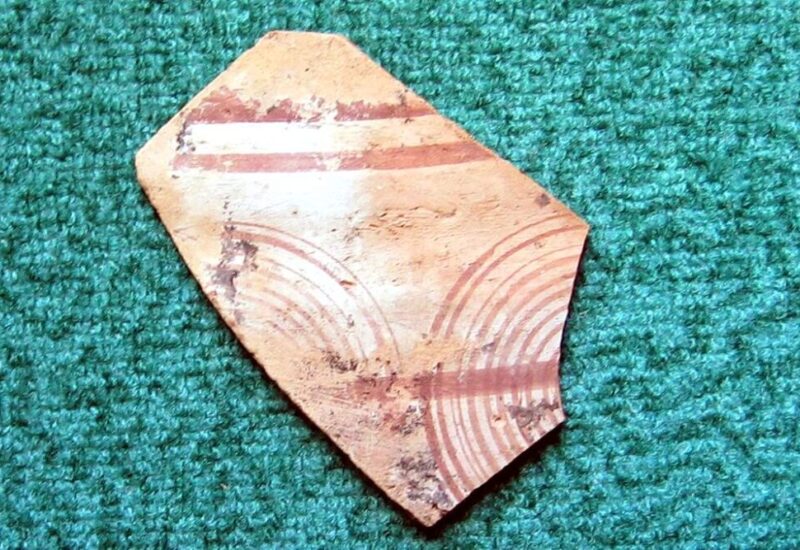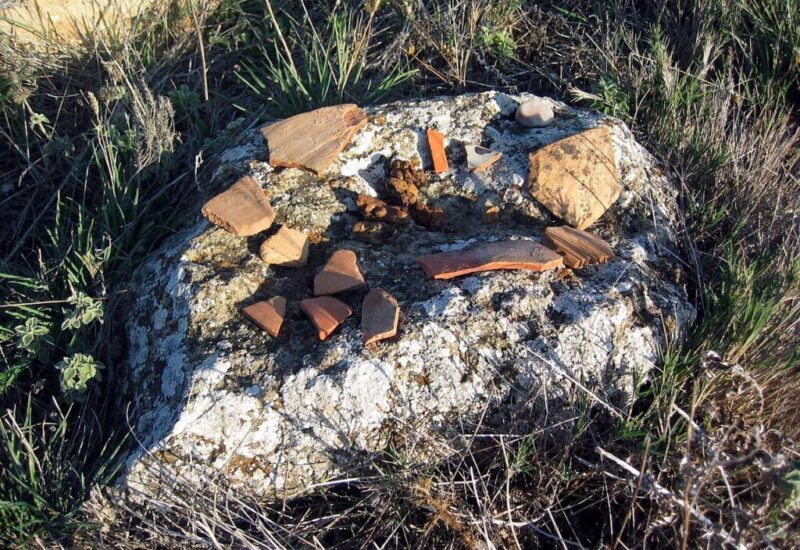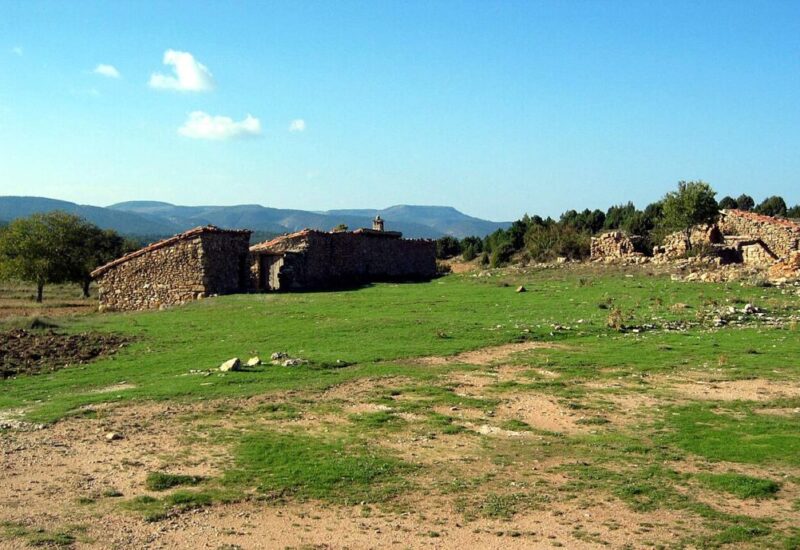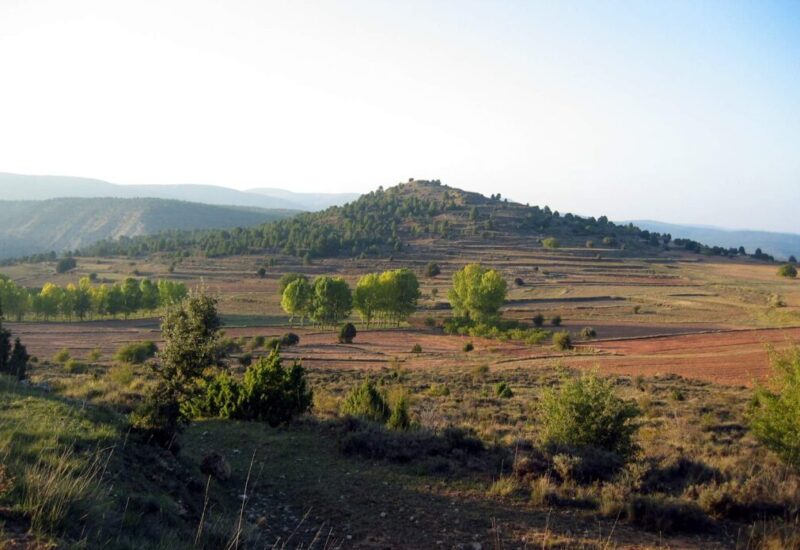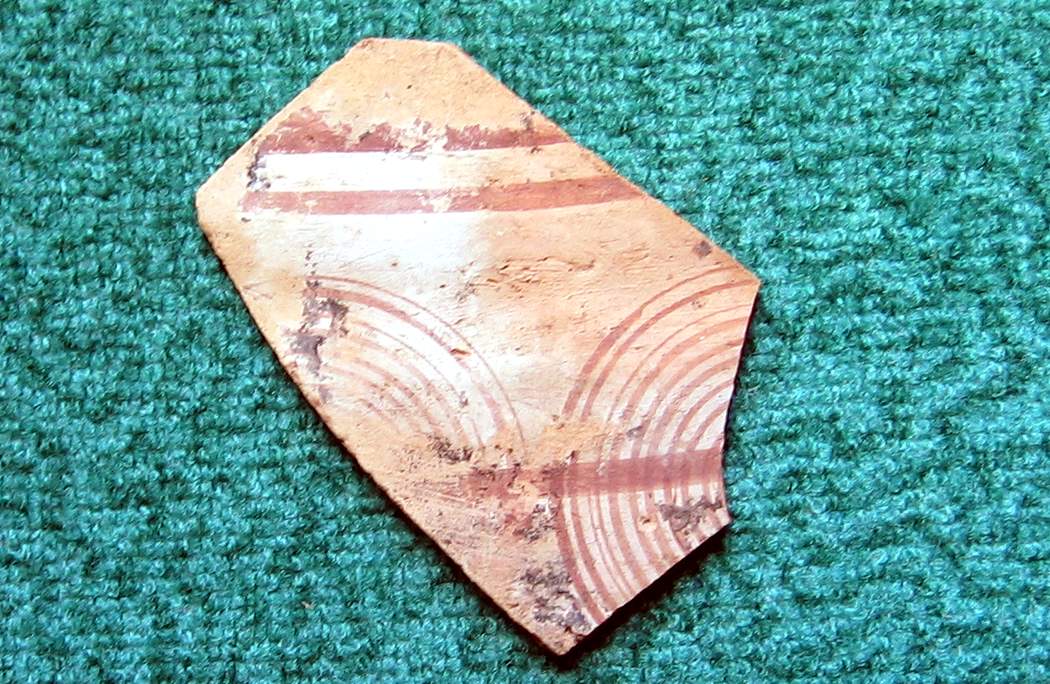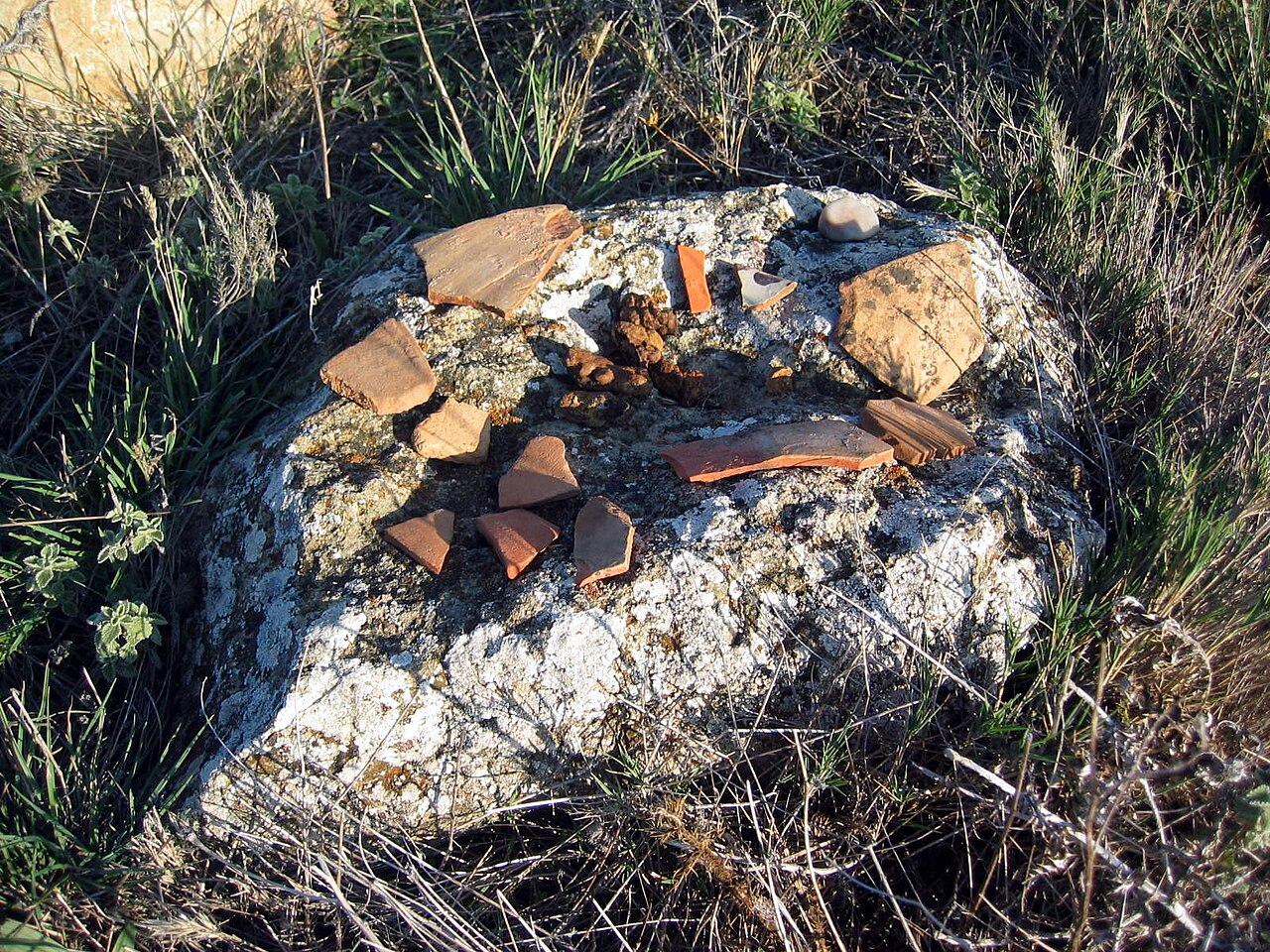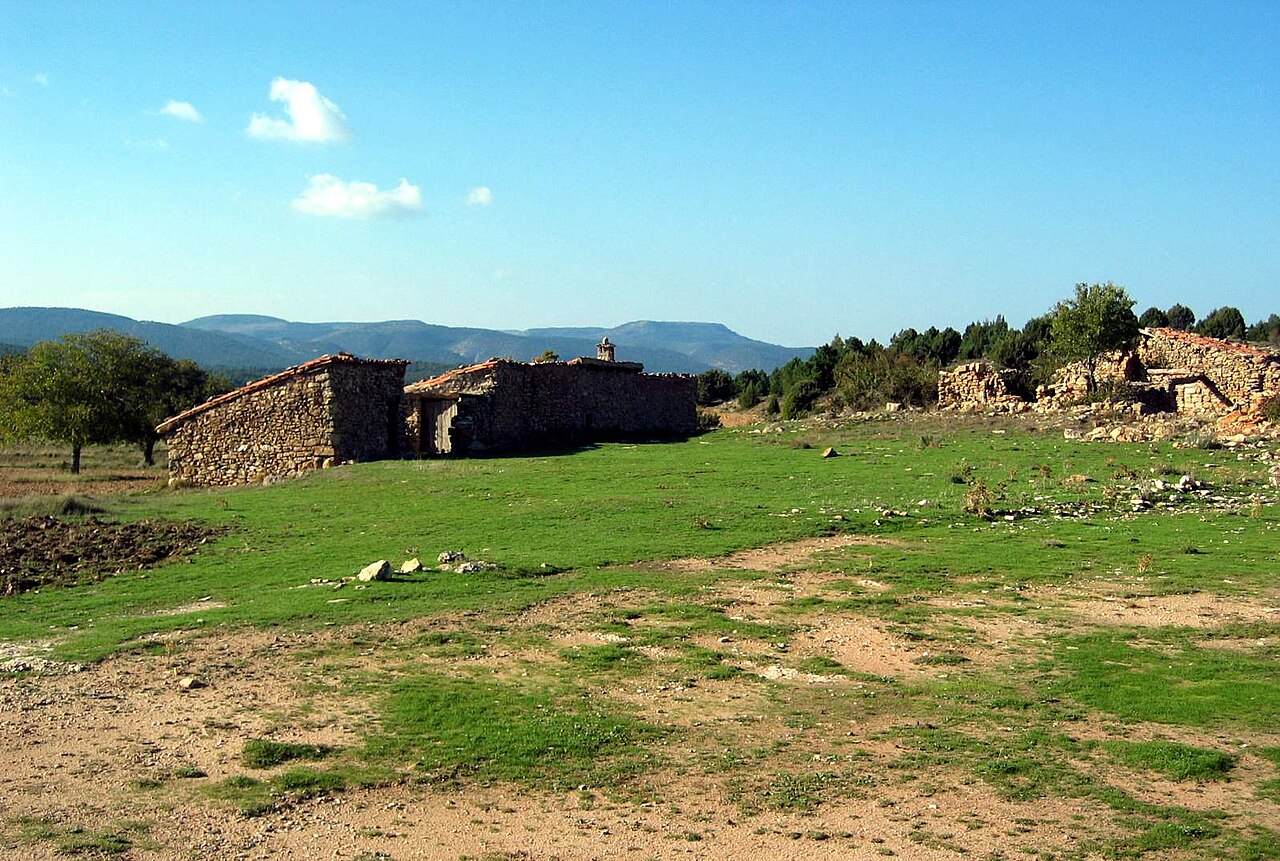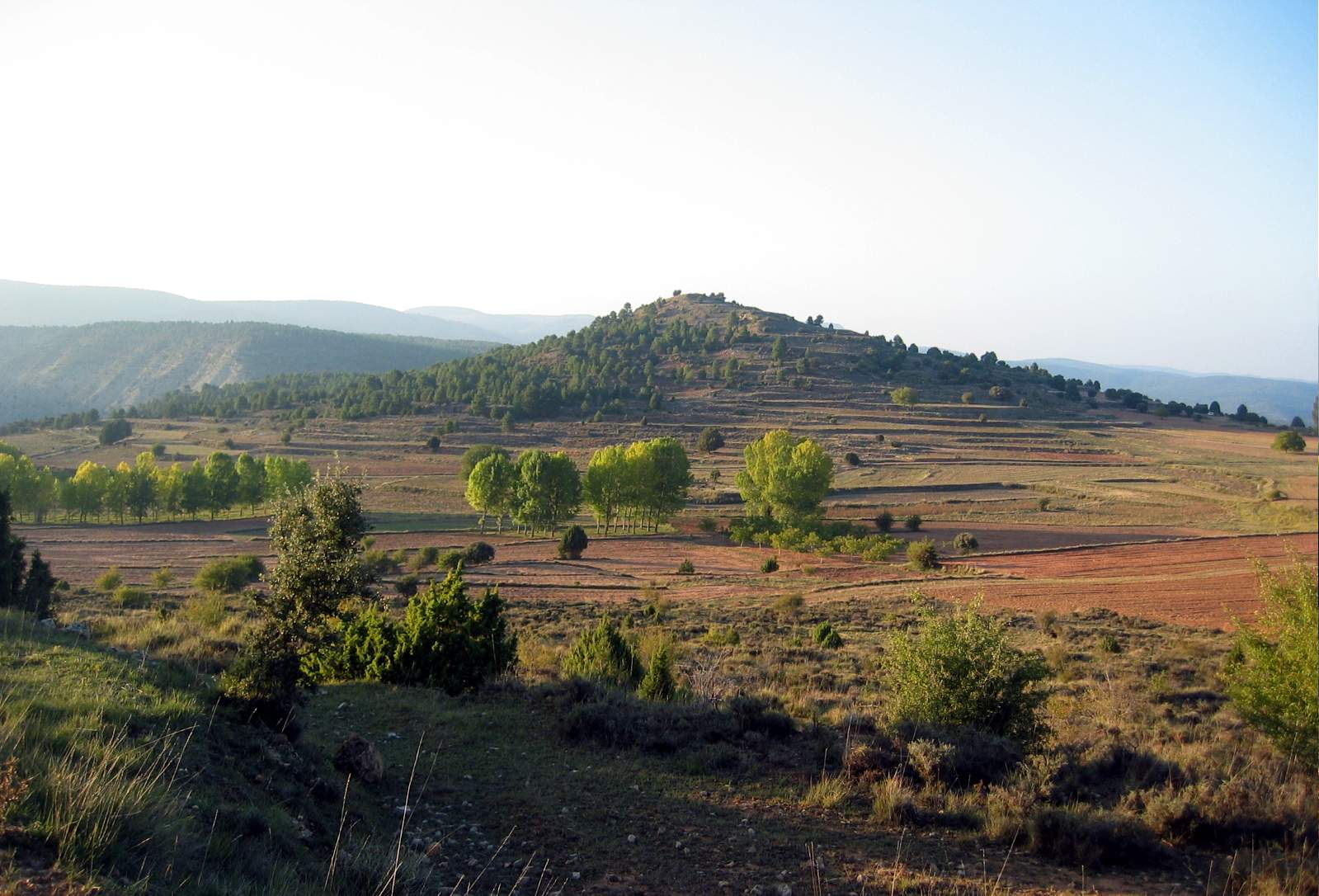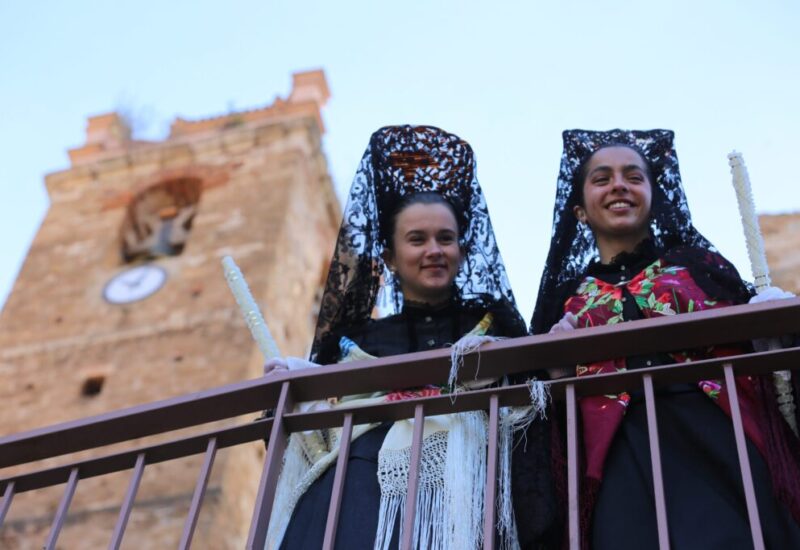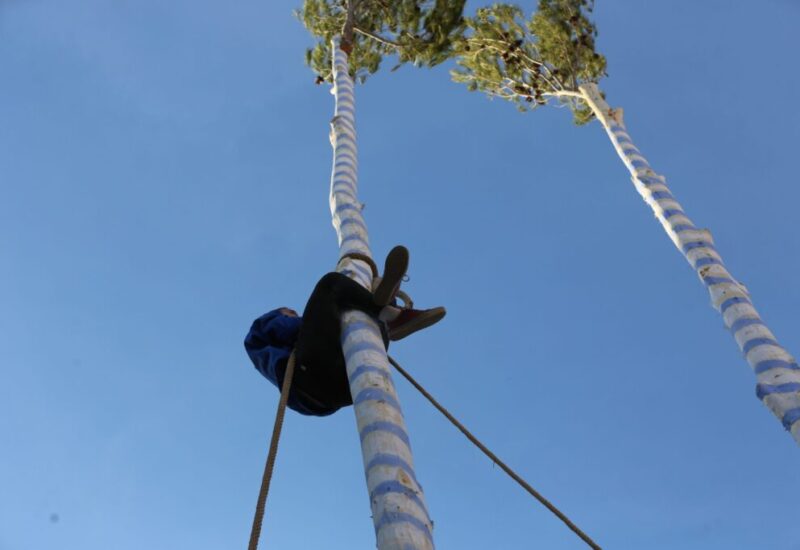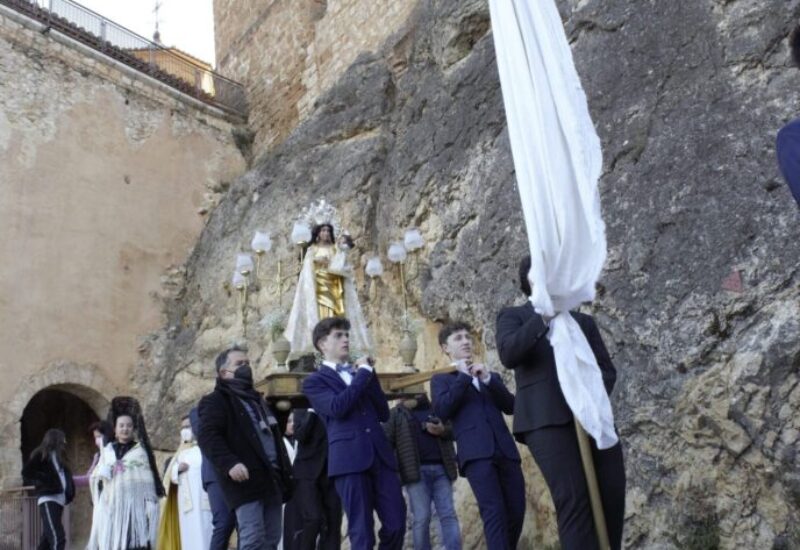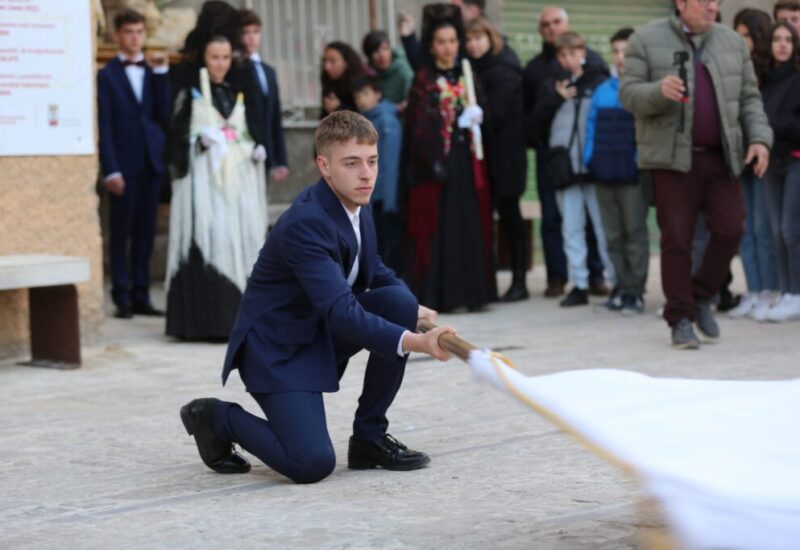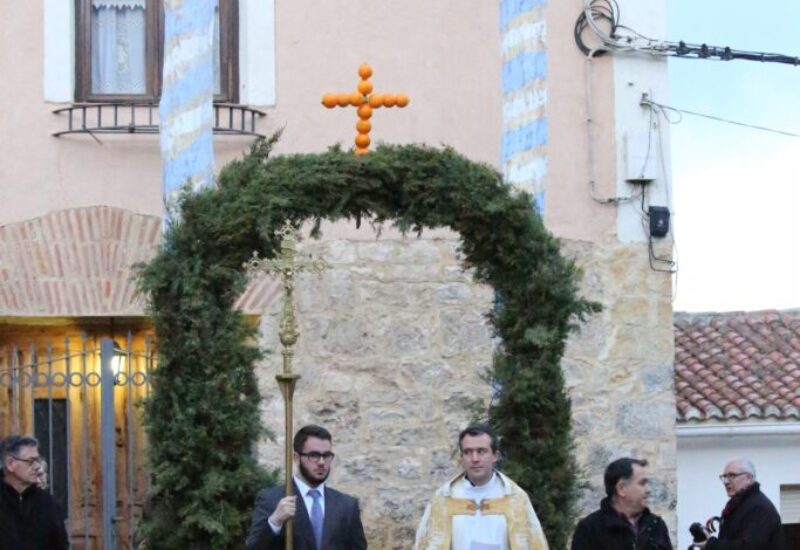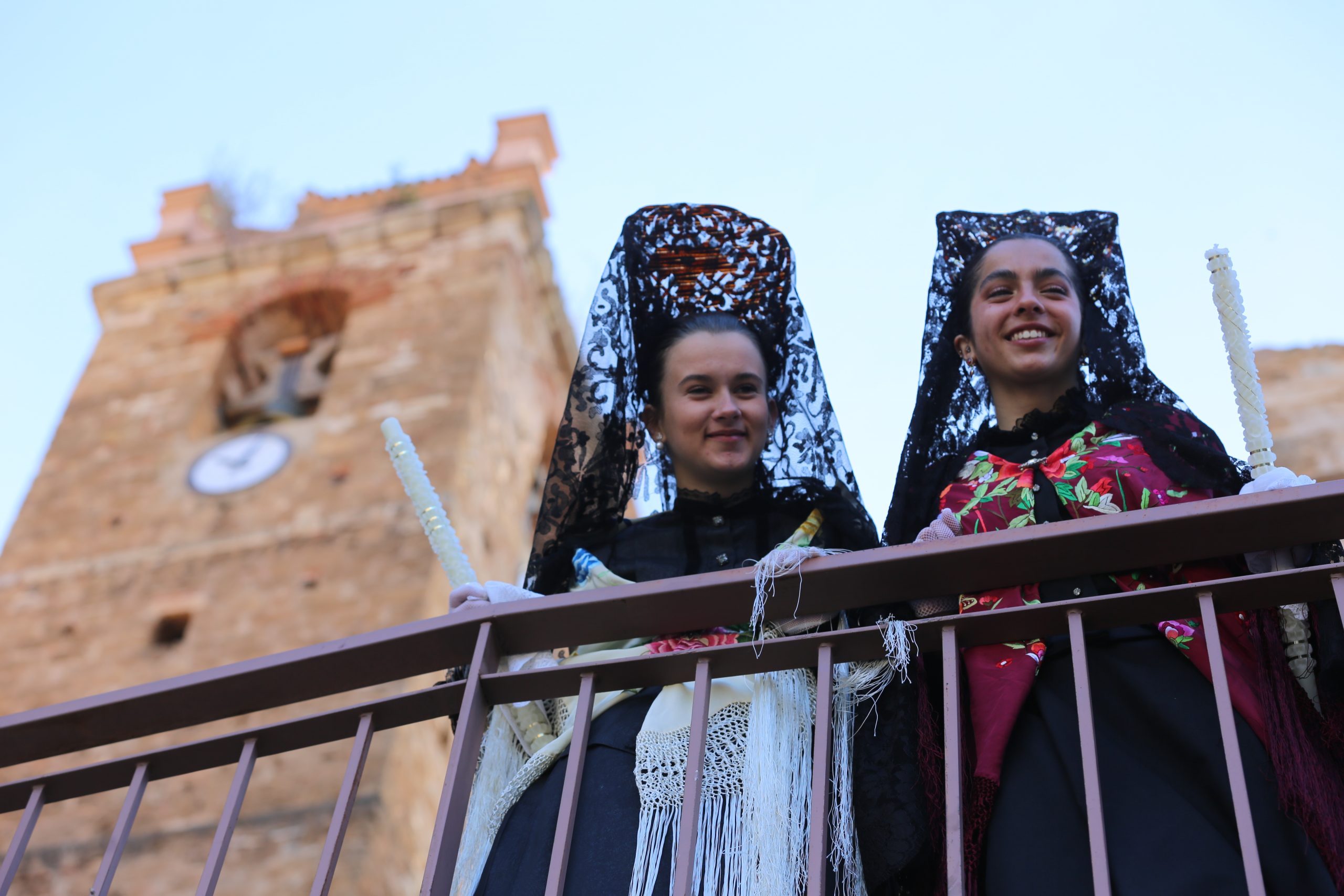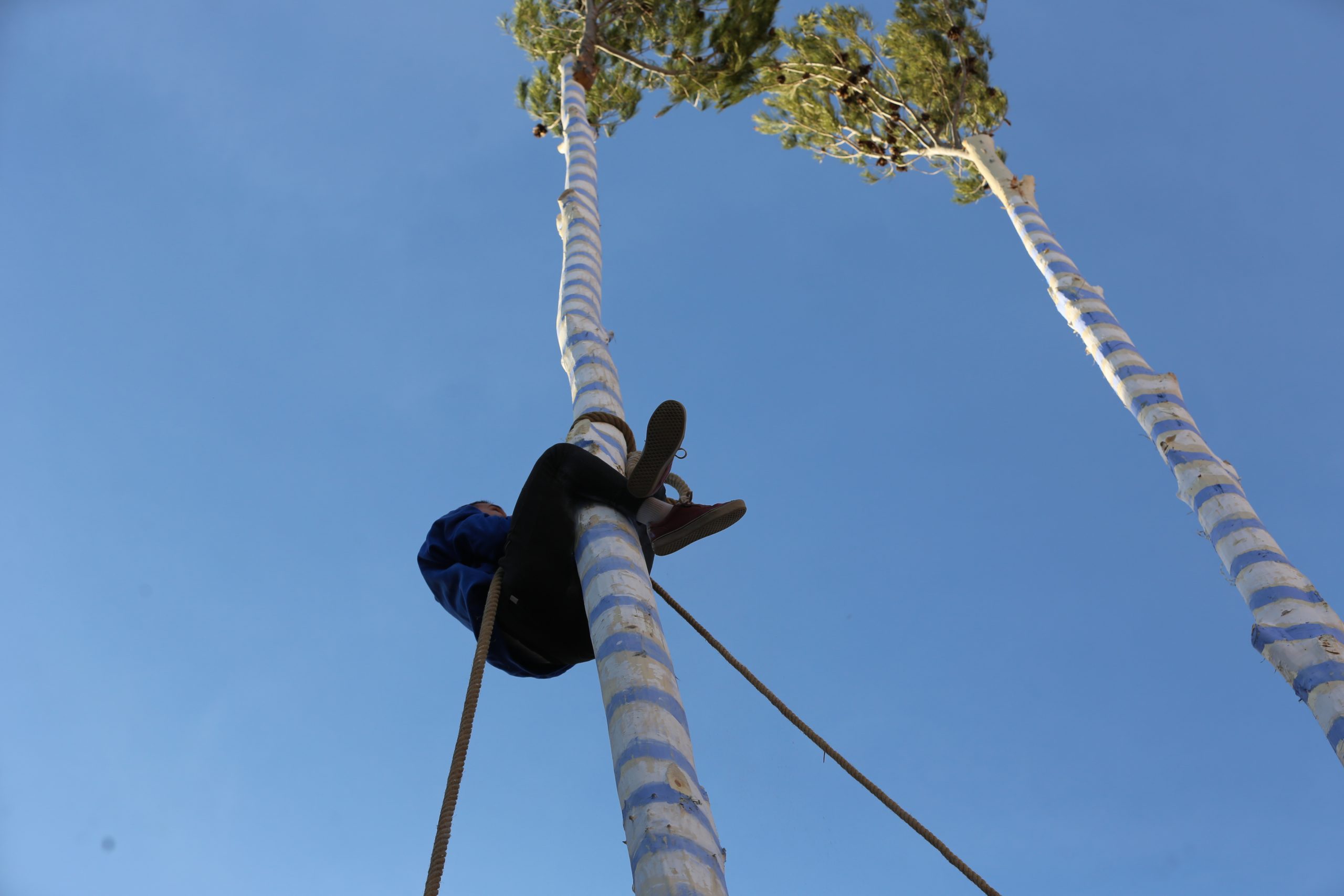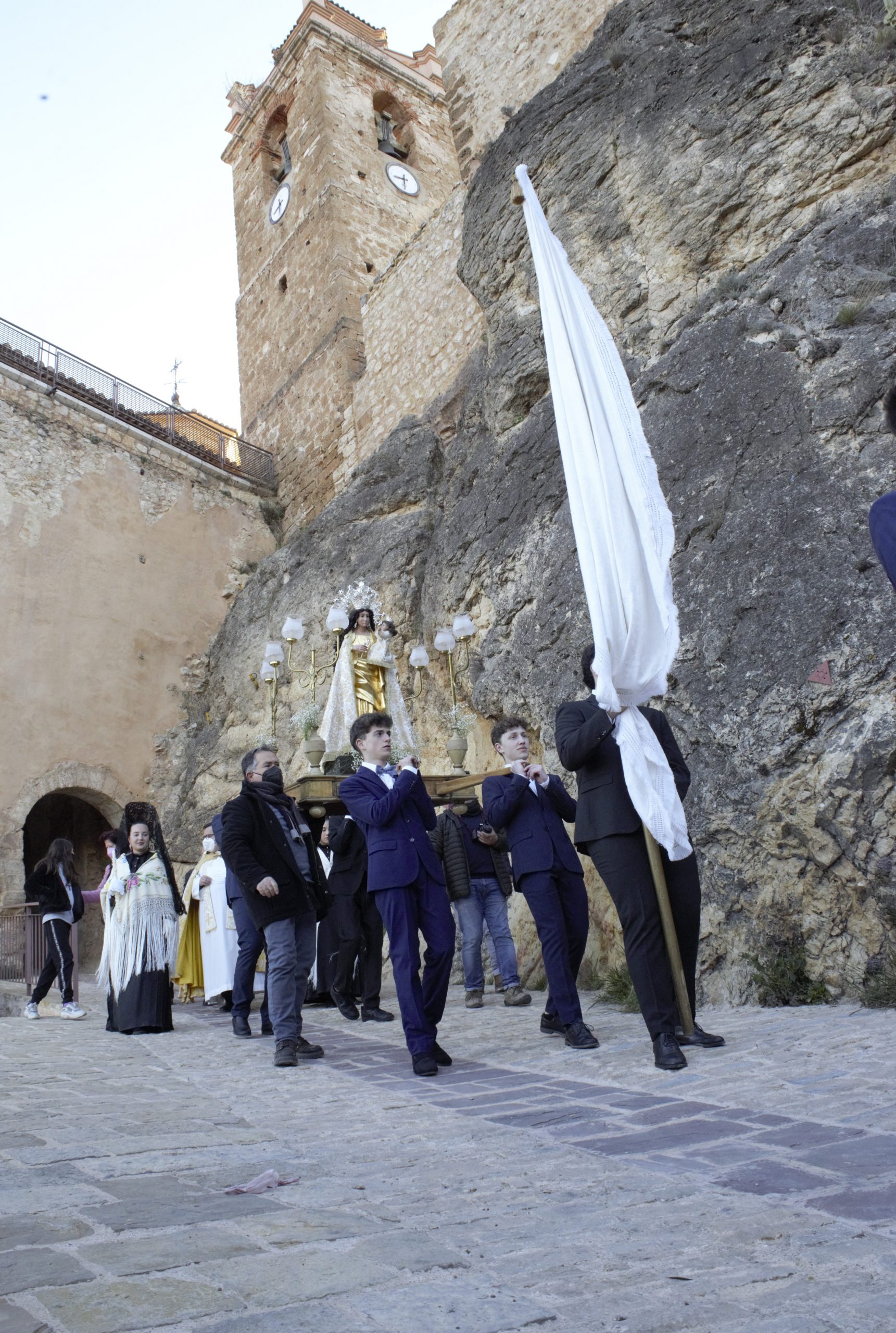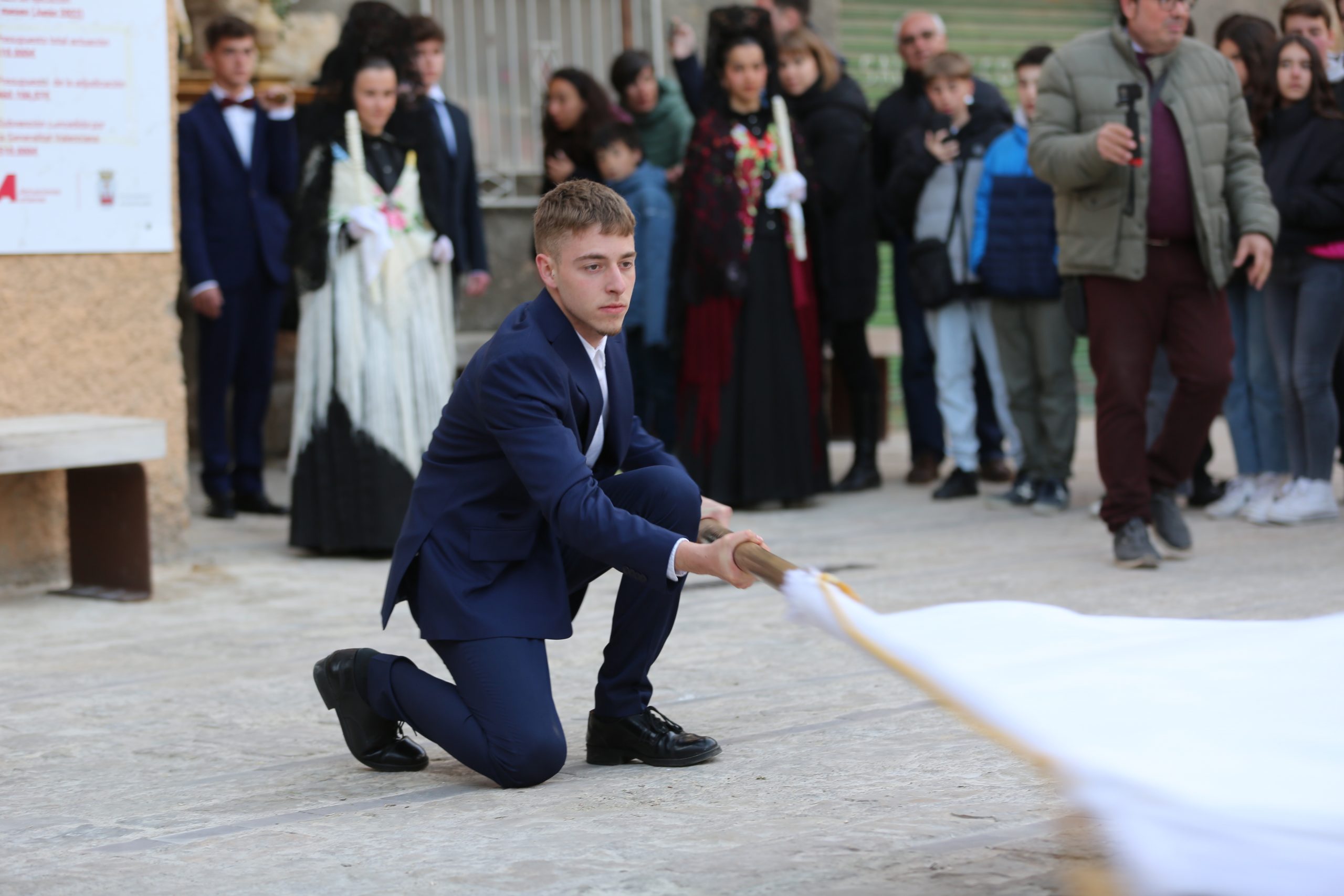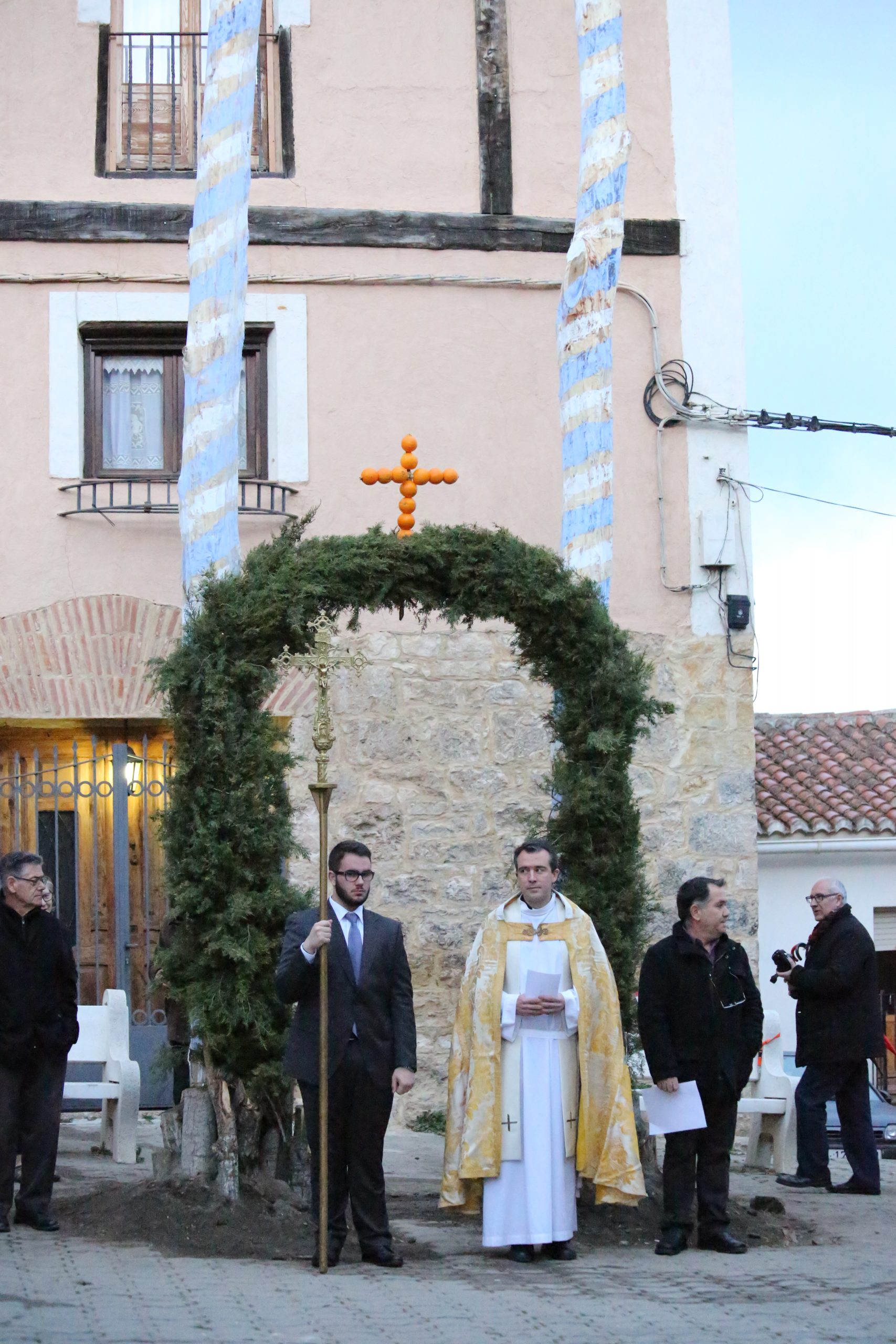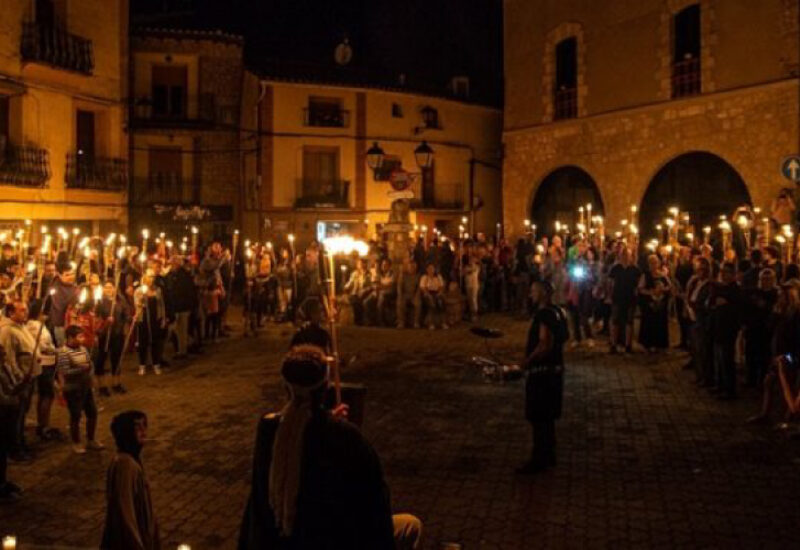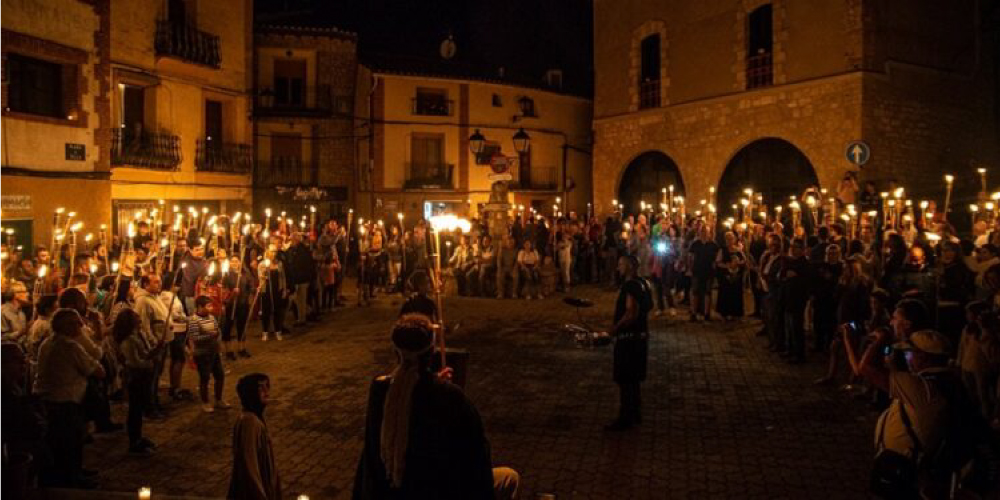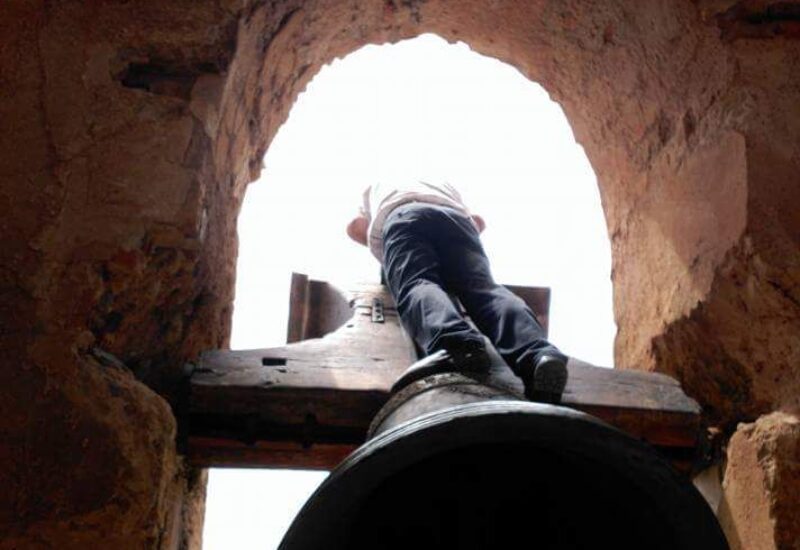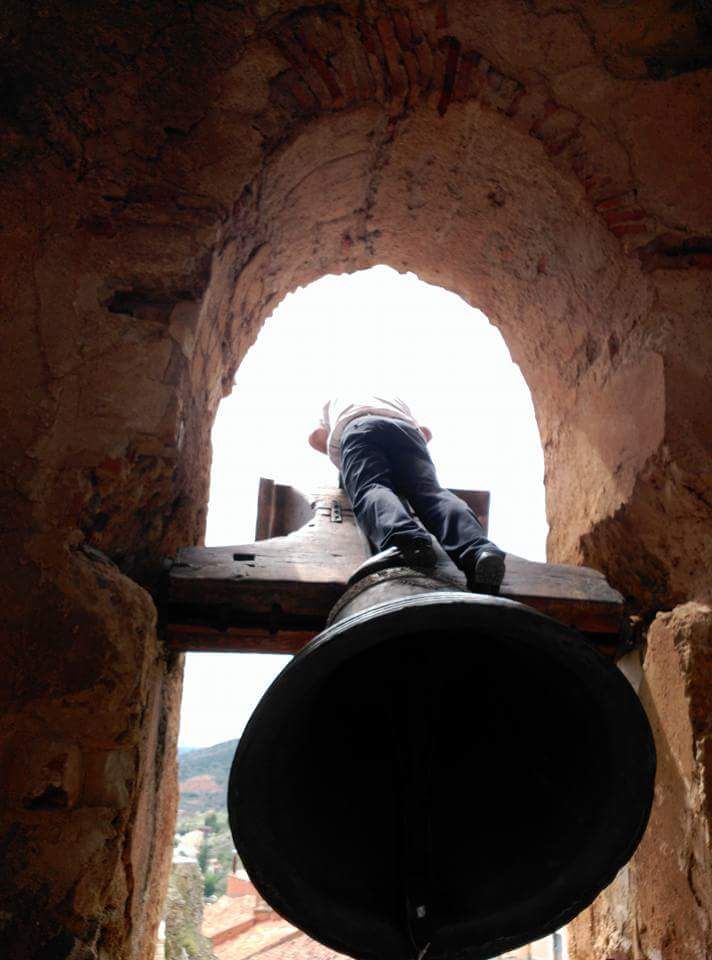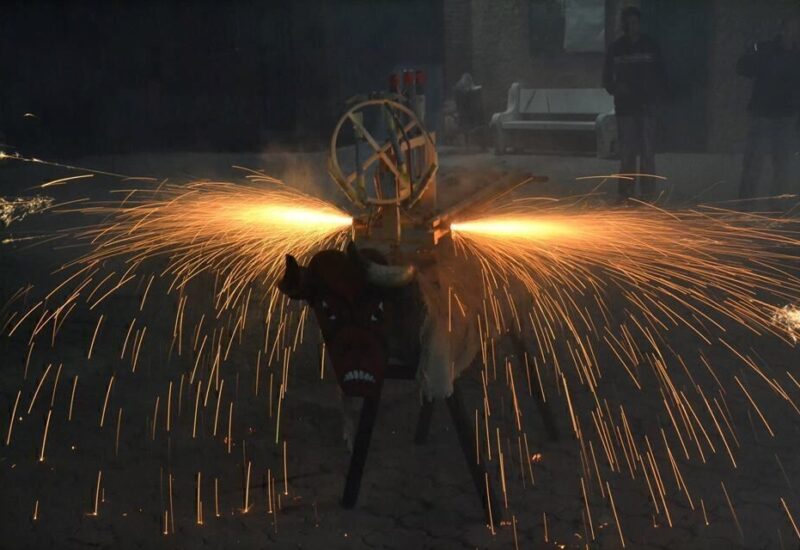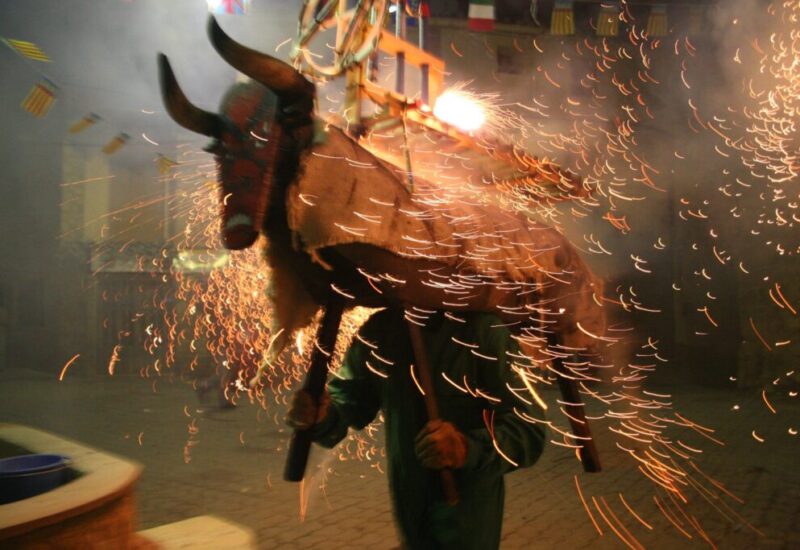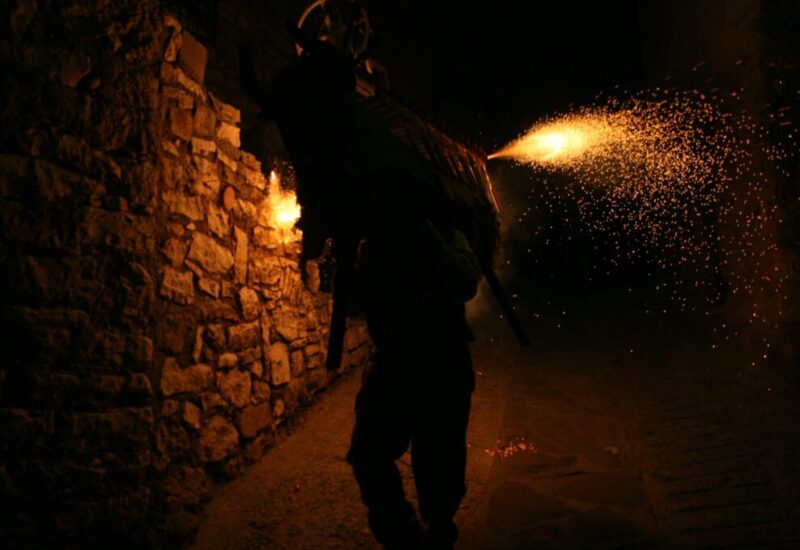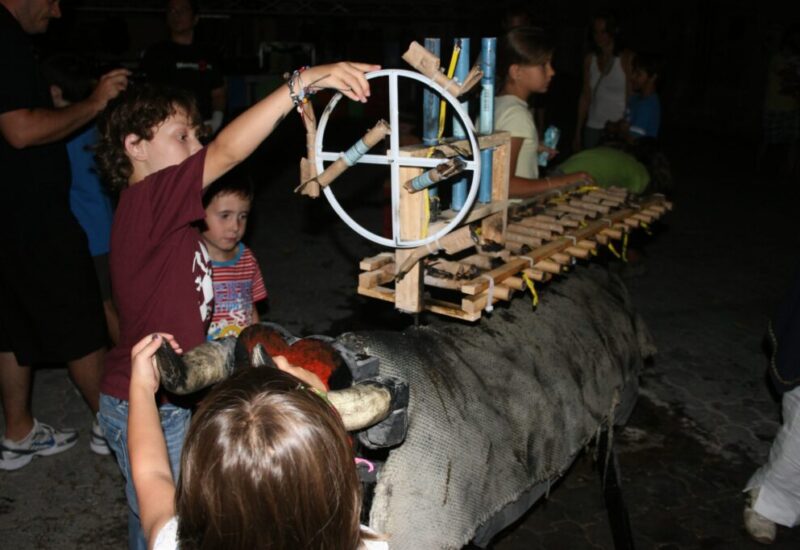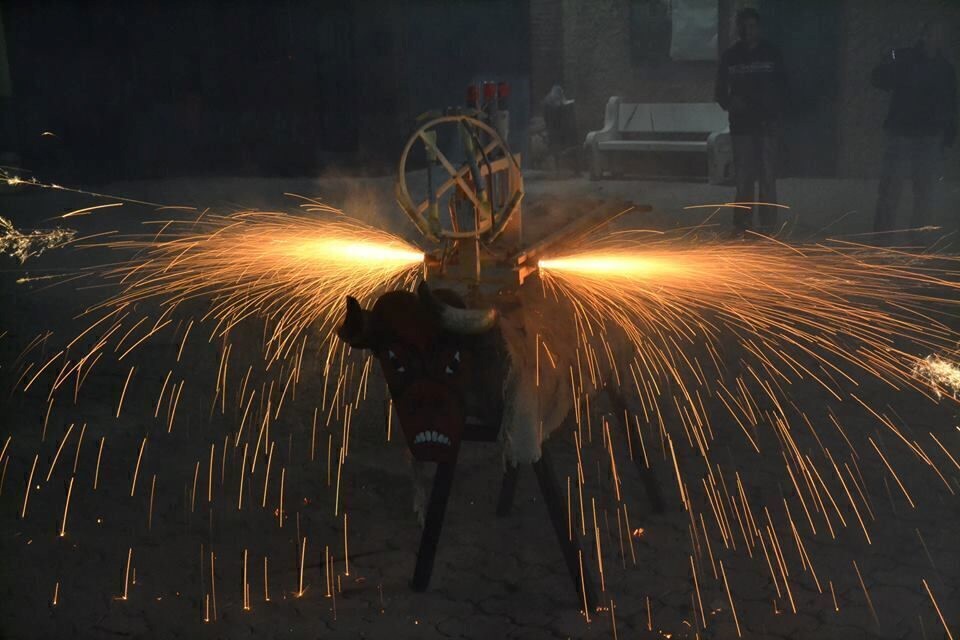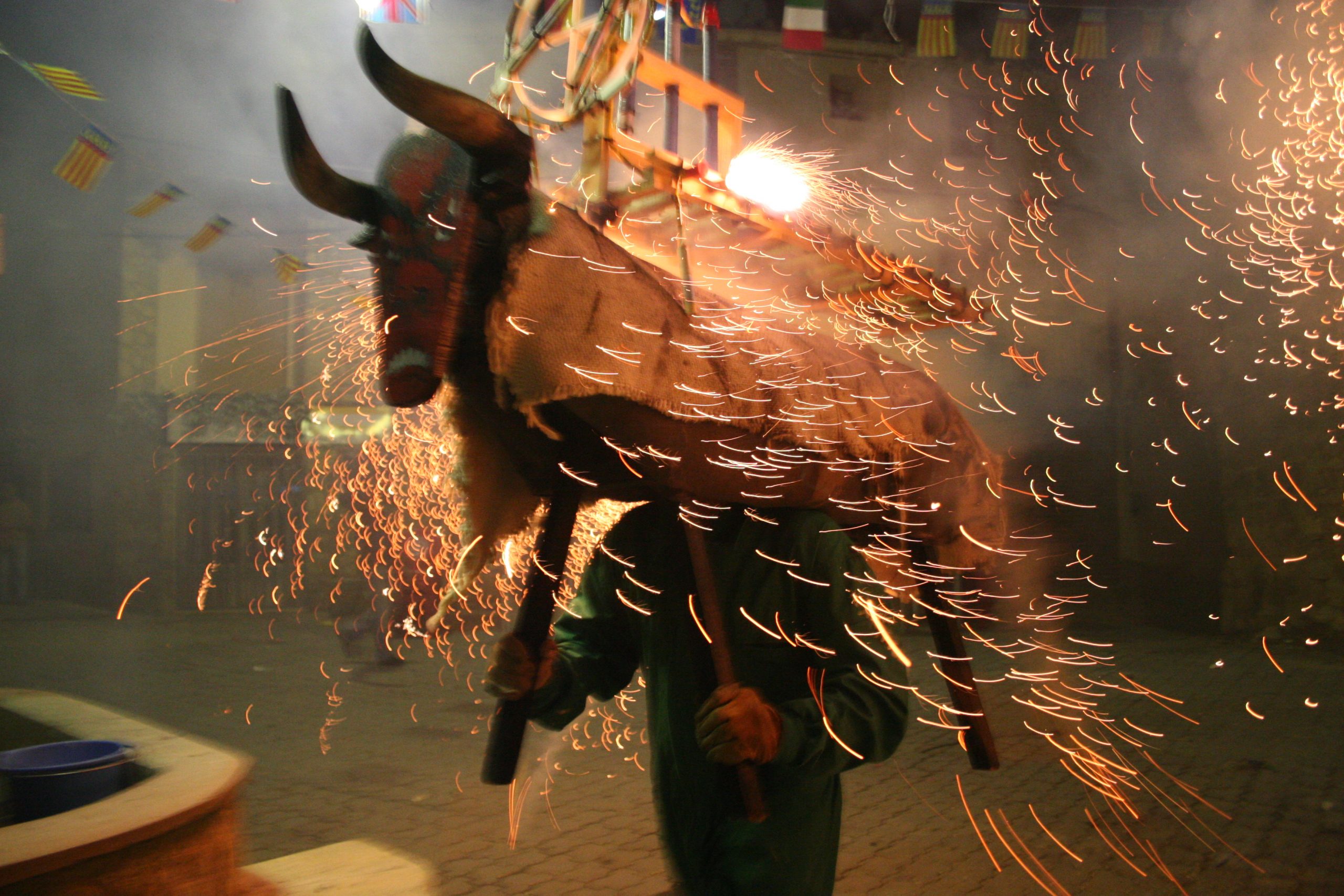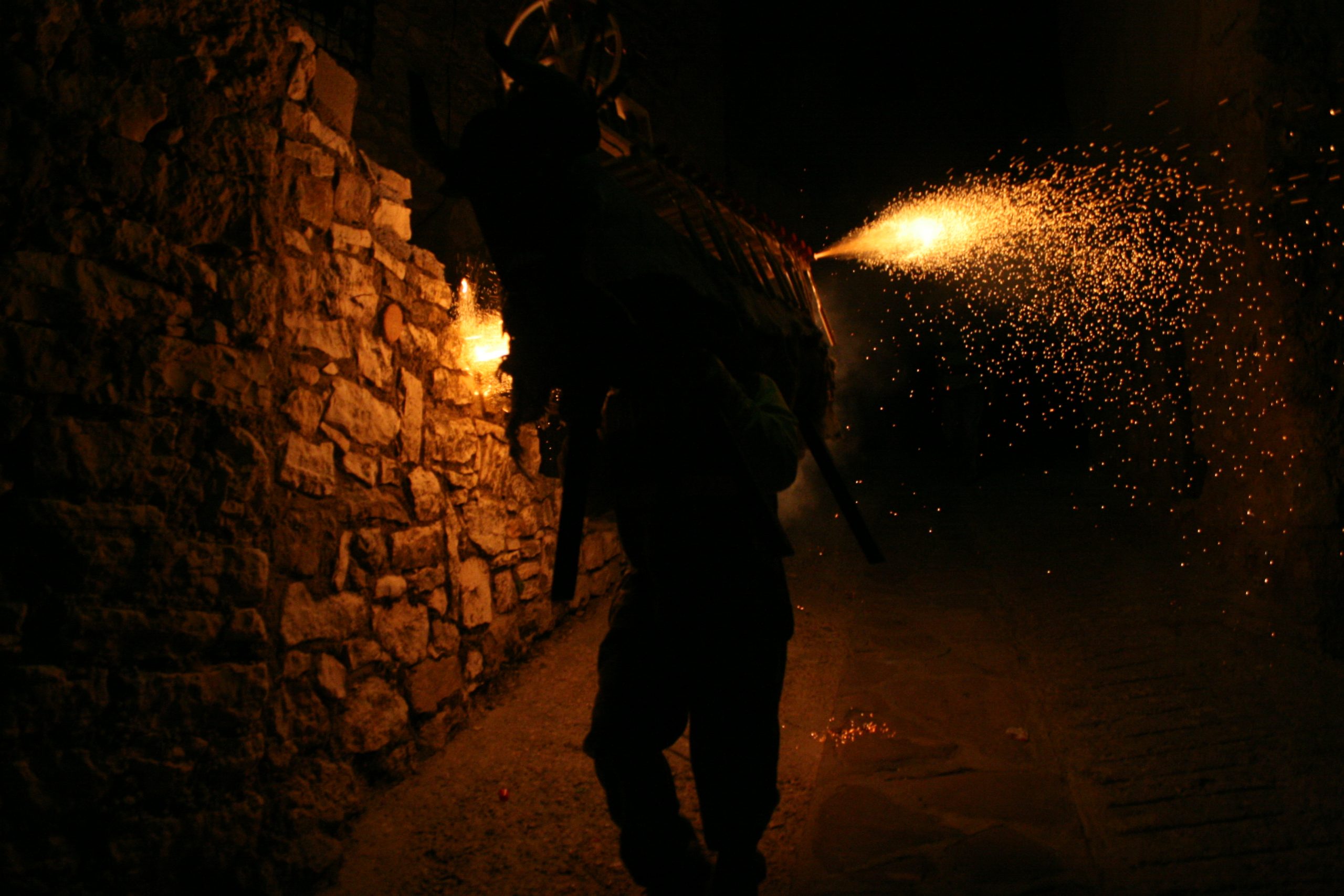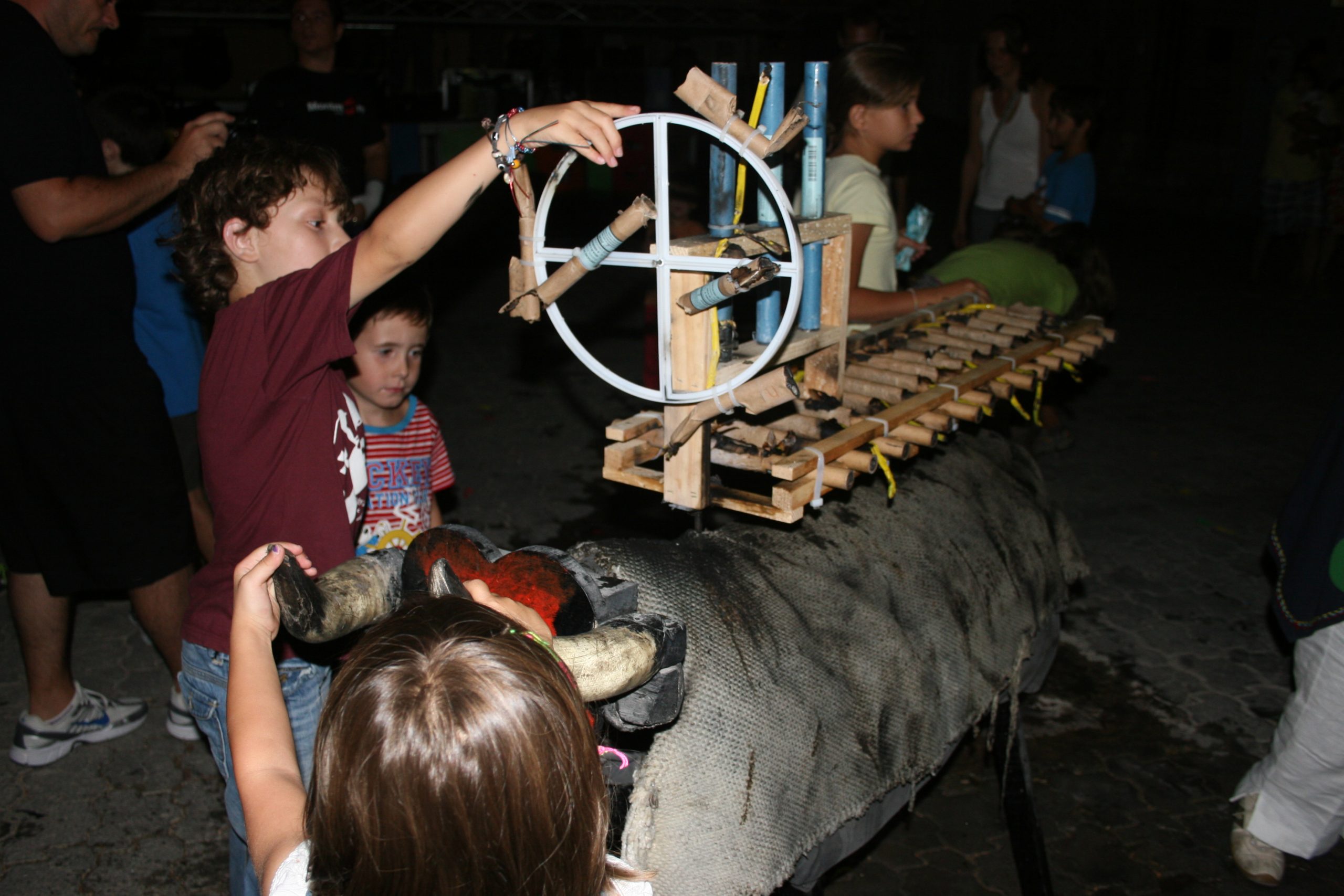culture
Castielfabib:
A treasure trove of cultural heritage and unforgettable experiences
Castielfabib has a rich cultural heritage which includes impressive examples of civil and religious architecture, historic road infrastructures, valuable archaeological sites and intangible heritage deeply rooted in its traditions.
From the medieval fortress which stands at its historic centre, passing through the ruins of the convent of San Guillermo, the prehistoric sites of the Lomas de Abril, to the vibrant celebrations such as Semana Santa (Holy Week).This destination is a jewel that combines history, authenticity and a privileged natural environment.
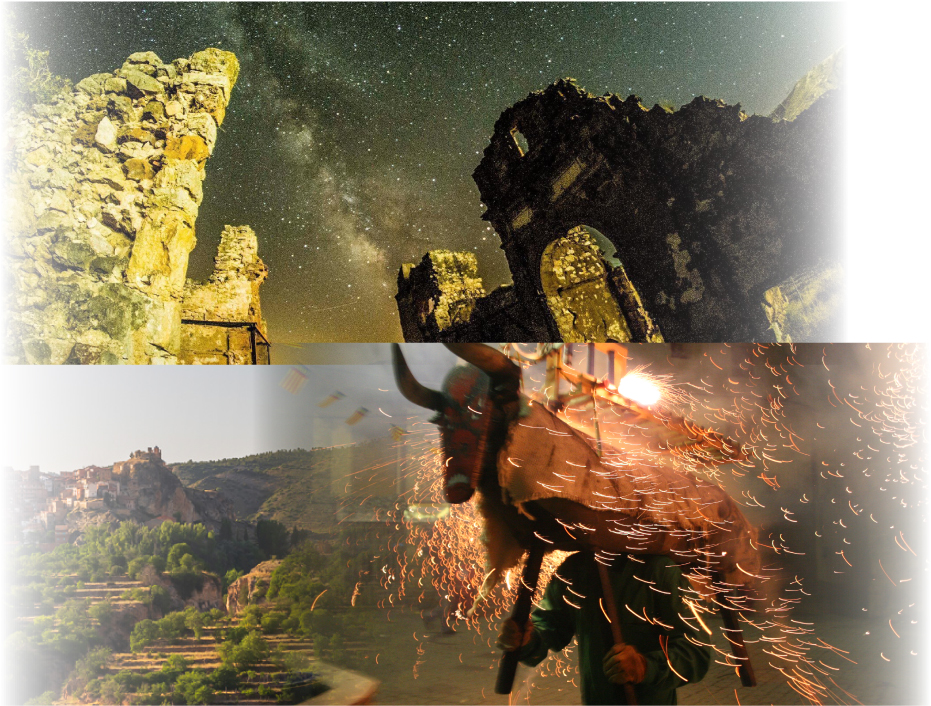
Civil architecture:
Testimonies of the History of Castielfabib
Castielfabib's civil architecture takes us back through the centuries with buildings that reflect its medieval past and its historical evolution. Every corner of its historical ensemble offers a glimpse of its rich heritage, from the traditional houses to its monumental fortifications.
Overlooking the town from Monte de Fabio, the castle is a vestige of Roman origin that was extended during the Muslim domination. During the Middle Ages, it was a key element in the defence of the region. Today, its ruins evoke the grandeur of its past.
Located in the main square, this emblematic 15th century building has a Renaissance loggia on the ground floor and a decorated wooden coffered ceiling inside. Currently under restoration, it remains a symbol of the town's splendour.
Situated on the banks of the river Ebrón, this old mill is located in a natural setting of great beauty, offering a testimony to the importance of hydraulic activity in the region.
Fragments of it can be found in the village centre, among the houses.
Called "La Solana" and "La Umbría", they were carved during the Primo de Rivera dictatorship.
An enormous work of hydraulic engineering from the beginning of the 20th century (1914), the work of the Teruel engineer José Torán de la Rad (1888-1932), and one of the most important in Spain at the time, popularly known as "La Central".
Castielfabib preserves an impressive legacy of religious architecture that includes churches, convents and hermitages, some of them with centuries of history and great artistic relevance.
This temple-fortress, declared an Asset of Cultural Interest, is a benchmark of Gothic and Renaissance art. Its Gothic murals and its 14th century free-standing bell tower are a delight for art and history lovers.
With a history dating back to the 14th century, this convent was an important religious centre occupied by various orders, such as the Augustinians and Franciscans. Although in ruins, it retains its historical essence.
Dating from the 14th century, this Gothic chapel, now used as a cemetery chapel, stands out for its simplicity and historical value. It is recognised as an Asset of Local Relevance.
Erected as the "Hermitage of San Diego", it began to be documented in the 18th century. Due to its proximity and various indications, it is linked to the Convent of San Guillermo de Castielfabib.
A humble building made of masonry with a gabled roof. Inside, there is a wooden cross that tradition says comes from the Garden of Olives.
Parish church of Arroyo Cerezo, village of Castielfabib. The building is located in the "barrio de Enmedio", the church's own neighbourhood, and is listed as a Site of Local Importance.
The hermitage dates back to the 18th century, although it has been renovated several times, the last one being the one that gave it its current appearance in the 1950s.
Archaeological Heritage:
Vestiges of Early Civilisations
Castielfabib's archaeological heritage allows us to delve into the life of the ancient cultures that inhabited this land. From cave paintings to Roman fragments, each find tells a part of its history.
Located in El Rodeno, this site is home to Neolithic cave paintings, along with archaeological remains and traditional architecture linked to the agricultural world.
A fragment of a Roman tombstone from the 1st century AD, this piece is a tangible testimony to the Roman presence in the region.
In Corrales de la Nava, to the northwest of the town, two Iberian necropolises were found - one in Los Corrales and the other in La Umbría - and an Iberian fort on the hill of La Morrita, dated between the 7th century BC and the 4th century BC.
The intangible heritage of Castielfabib is a living treasure that reflects the cultural identity of its inhabitants through unique celebrations and artistic manifestations.
Easter Week in Castielfabib combines religious and pagan elements with events such as the human ringing of bells and the planting of poplar trees in the square, creating a unique and moving experience.
This late August festival fills the streets of the old town with torches, music and artistic performances, highlighting local creativity and folklore.
This is the most representative tradition of the municipality. It consists of the village waiters cling to the yoke of the bell of the church of Nuestra Señora de los Ángeles to be swung alongside it.
The fire bull is a metal frame, imitating the shape of a bull, on the back of which is placed a frame with firecrackers (borrachos or buscapies). It is widely used in the municipality's festivities.
CASTIELFABIB
IT'S UNIQUE, YOU WILL FALL IN LOVE
nature, gastronomy, heritage, history
